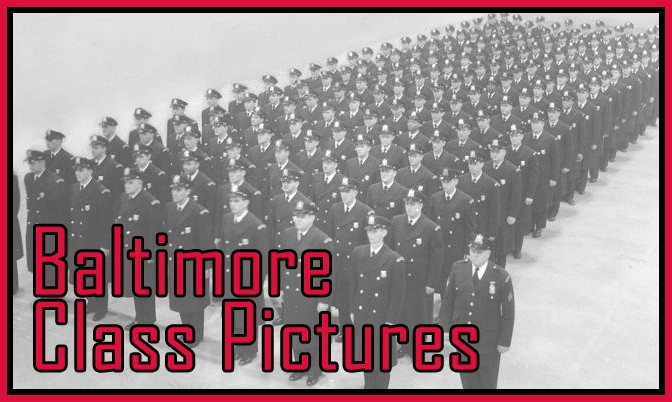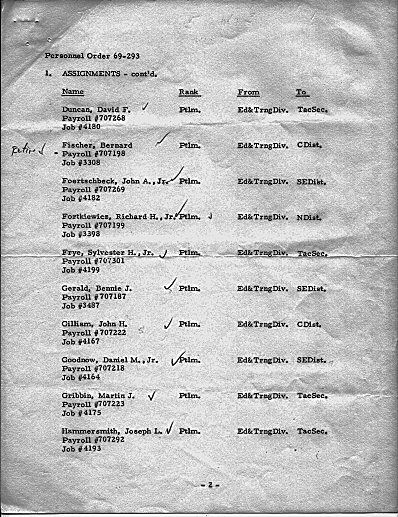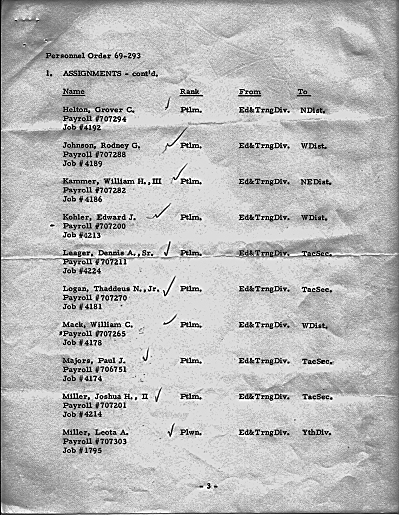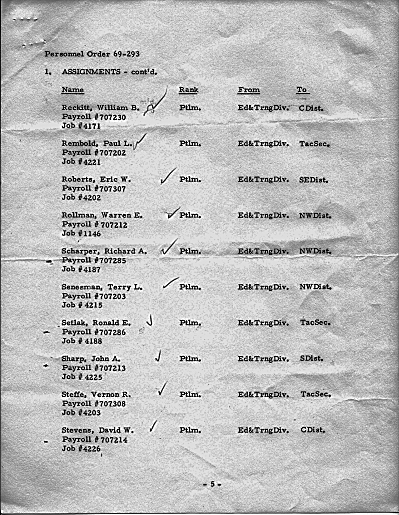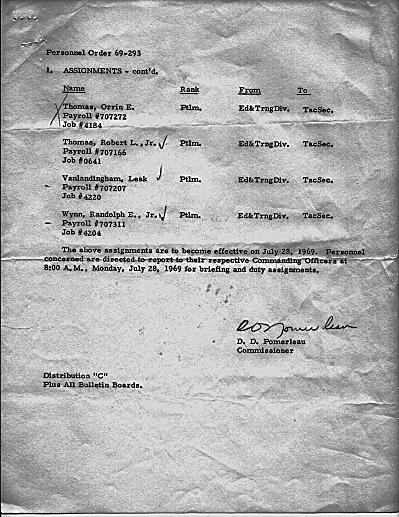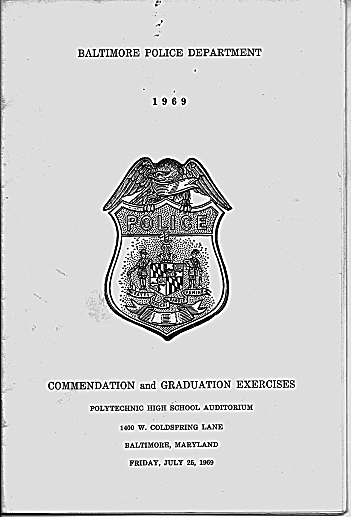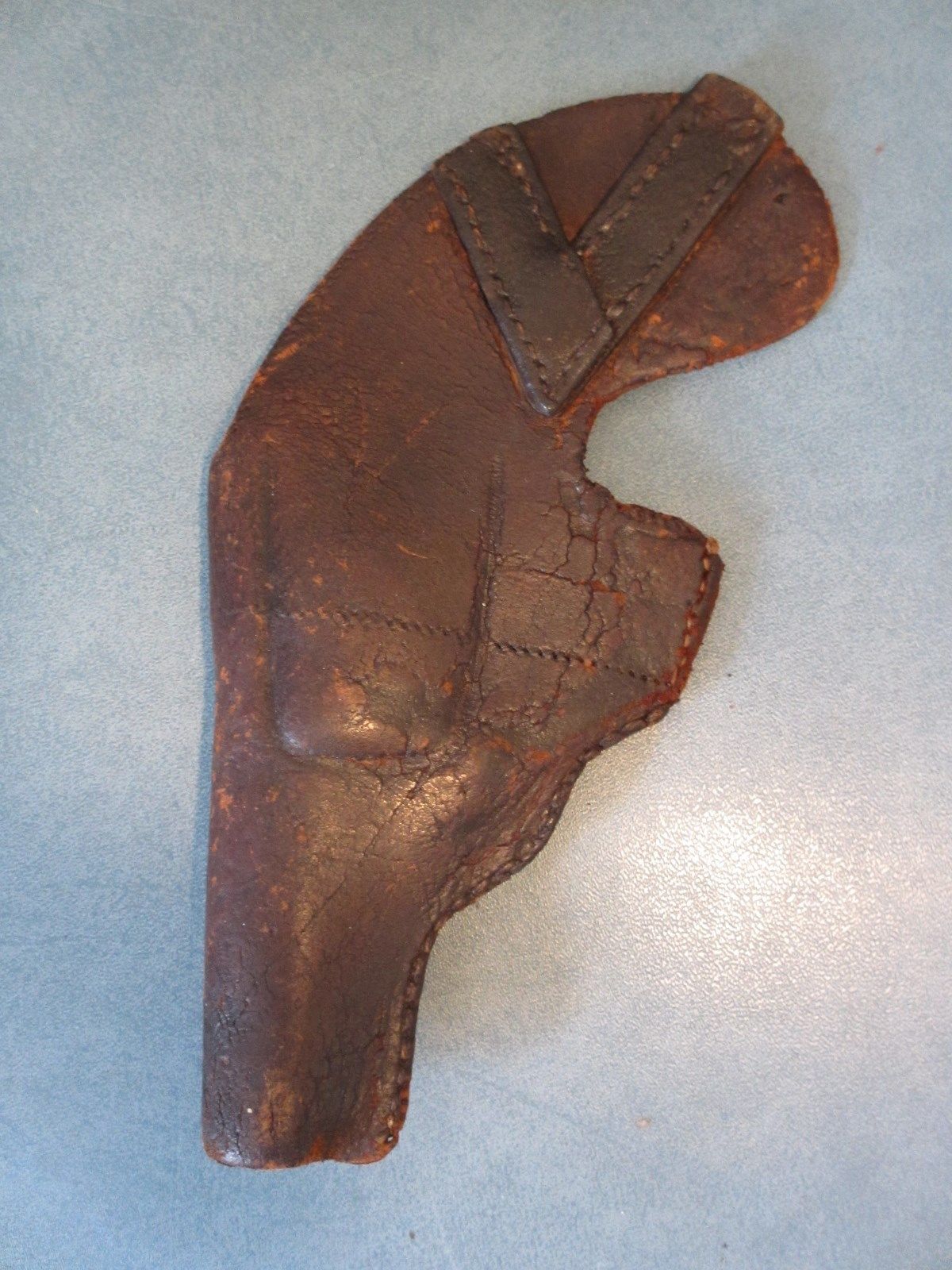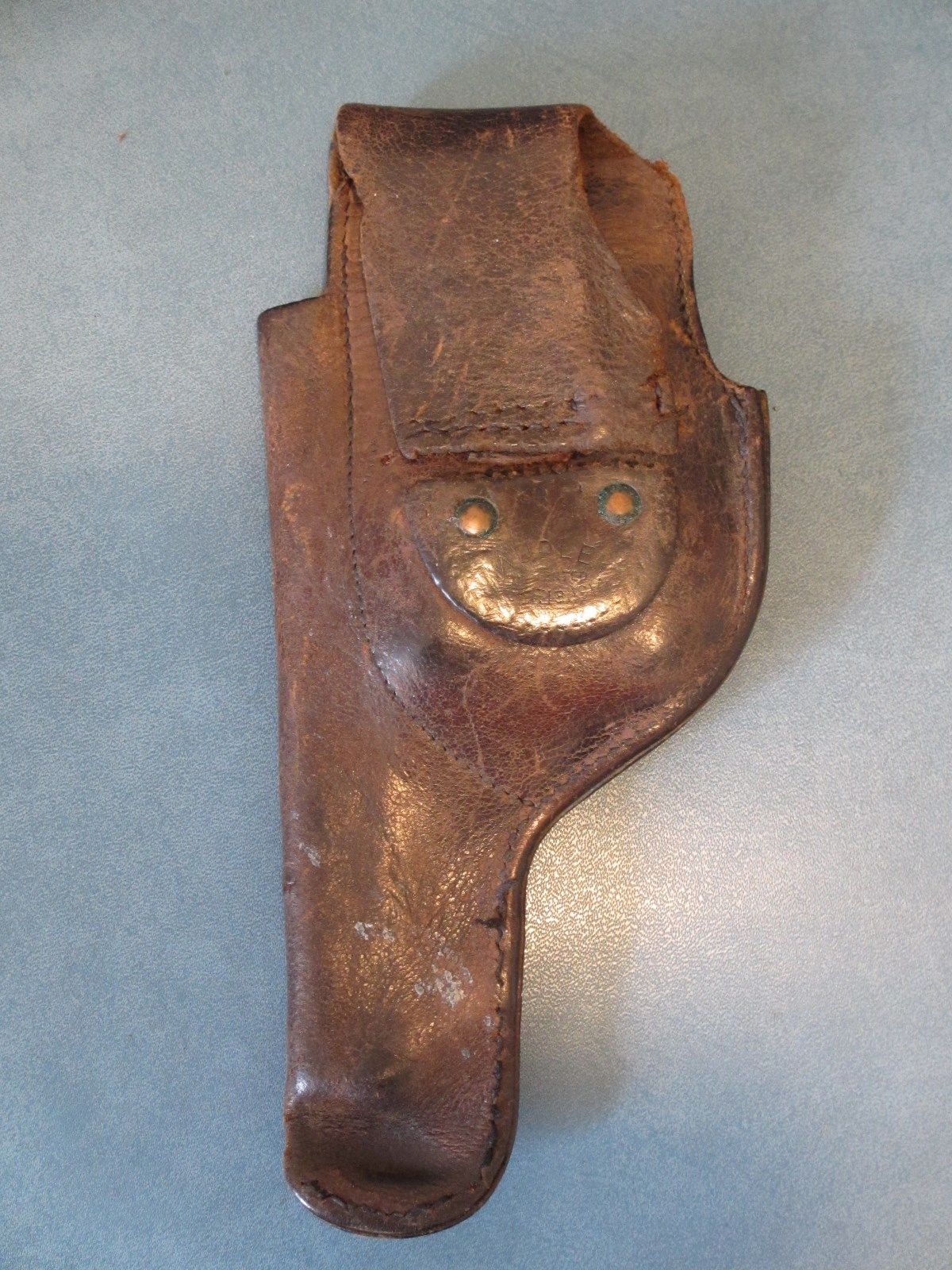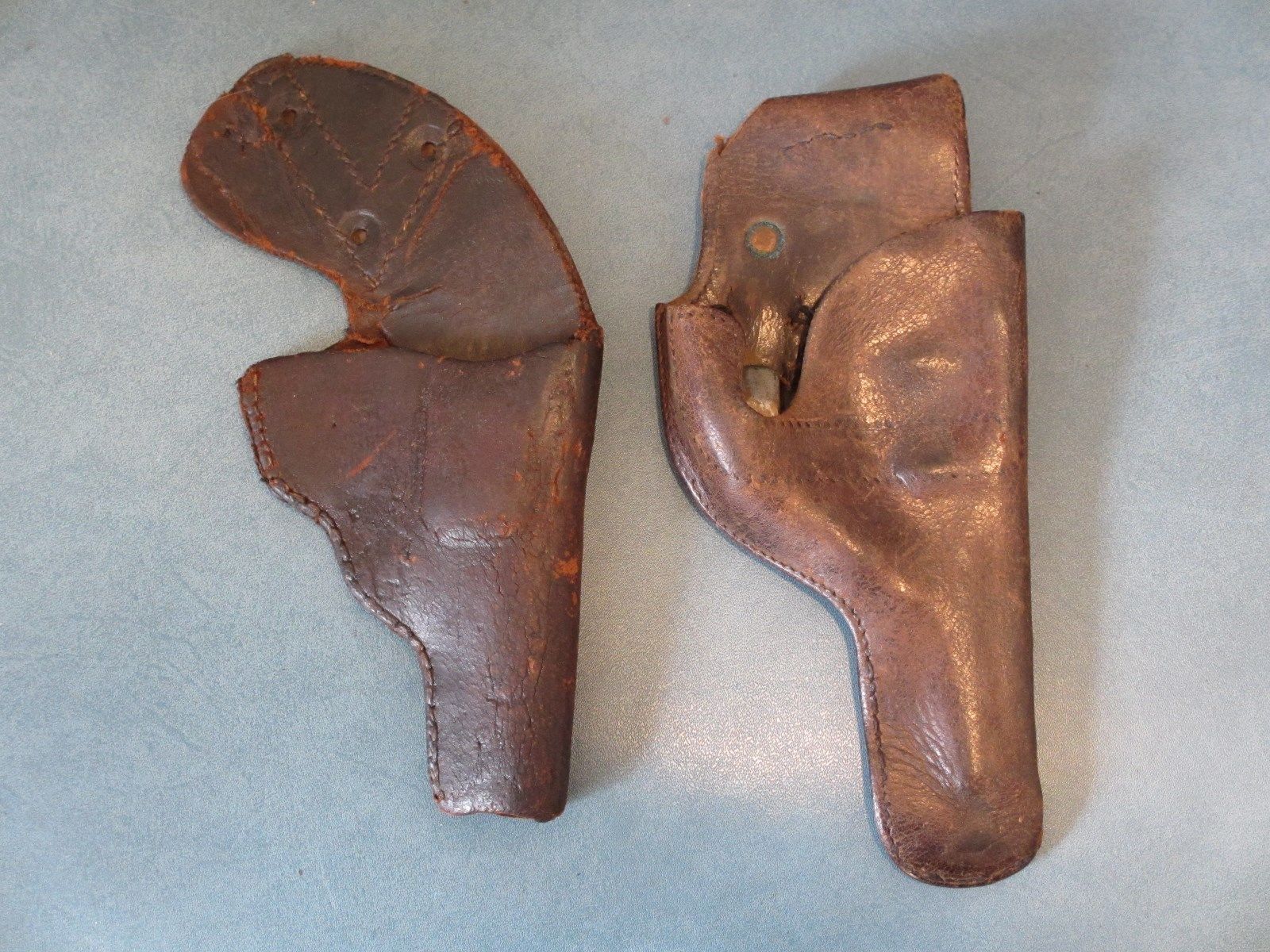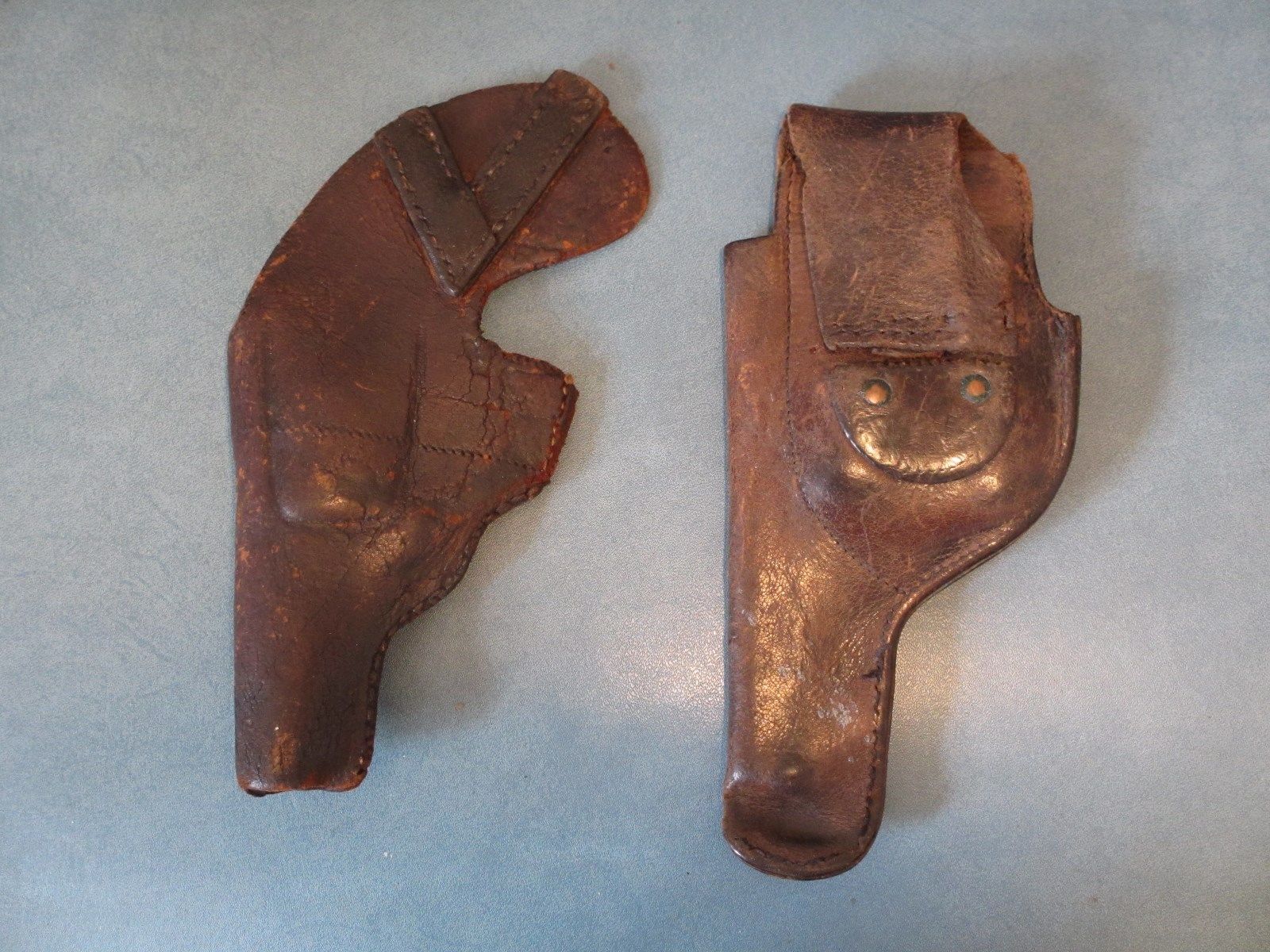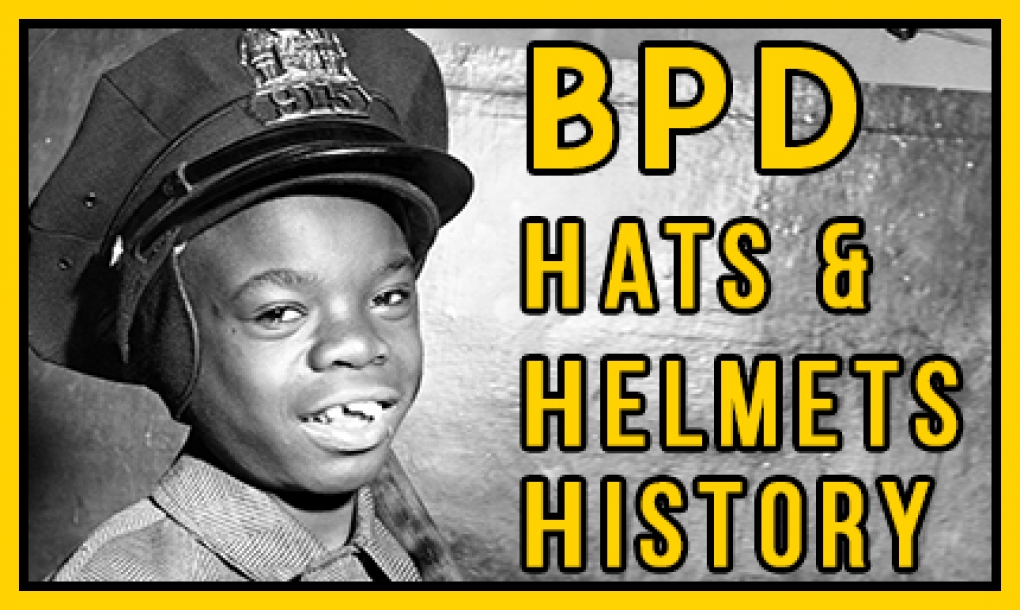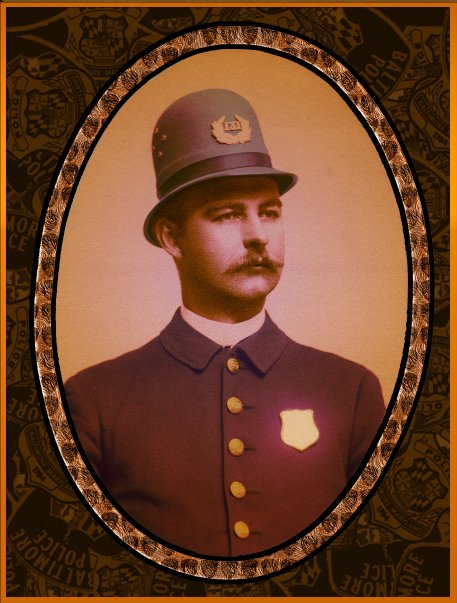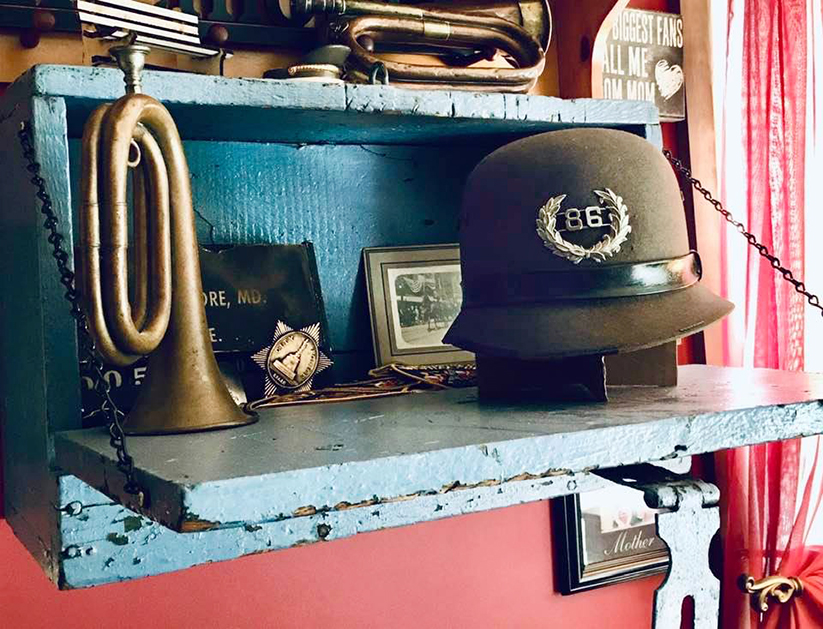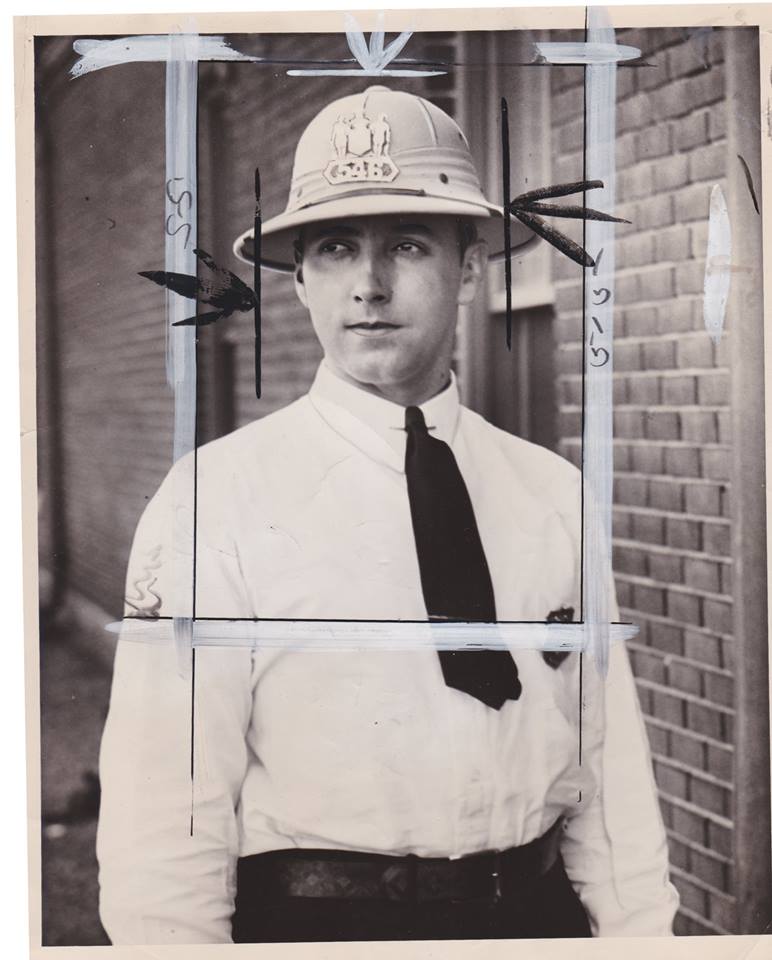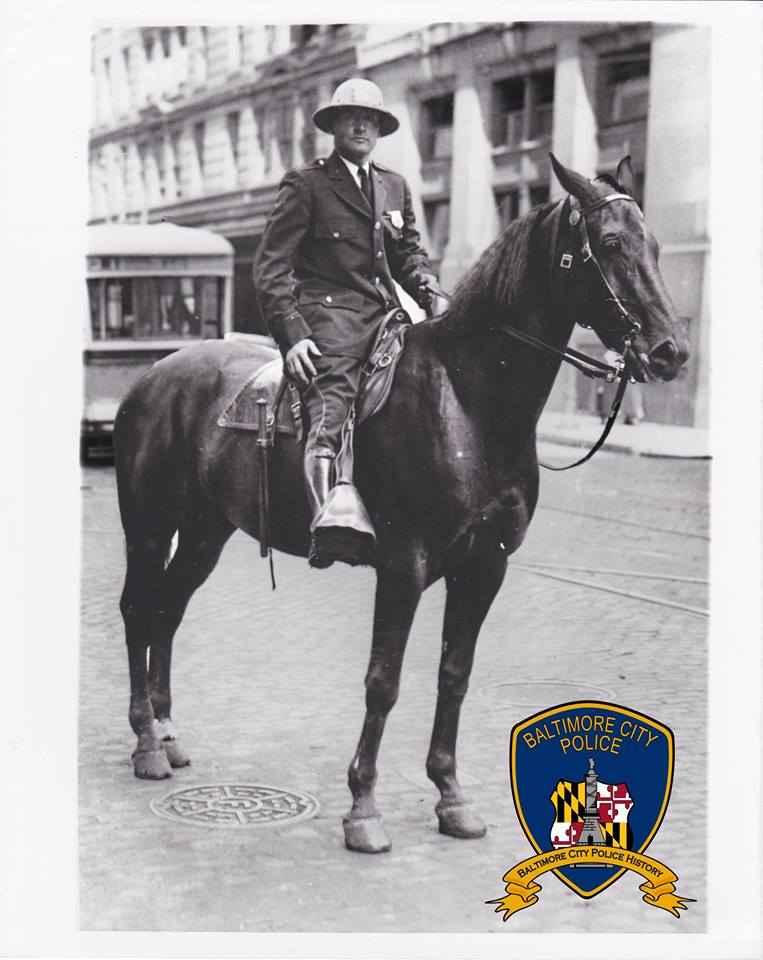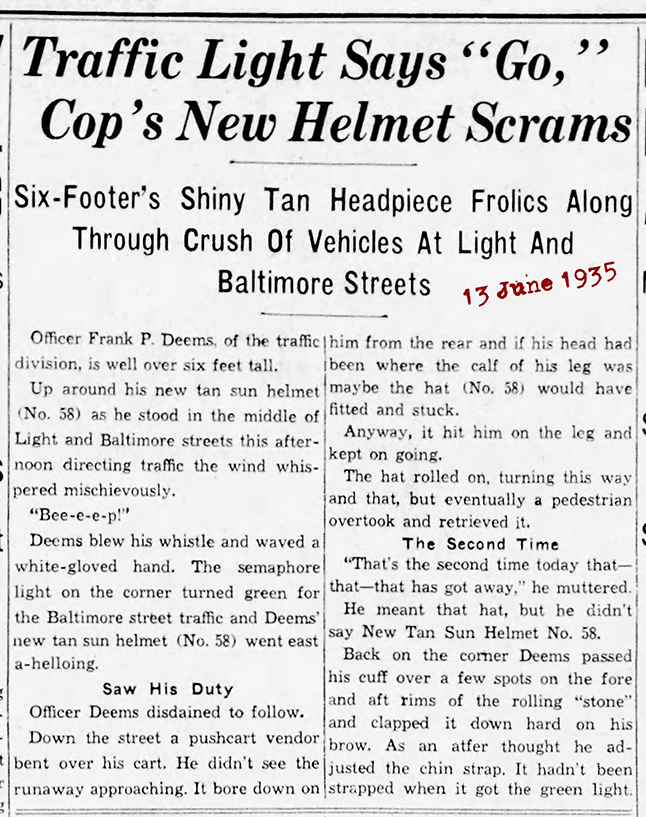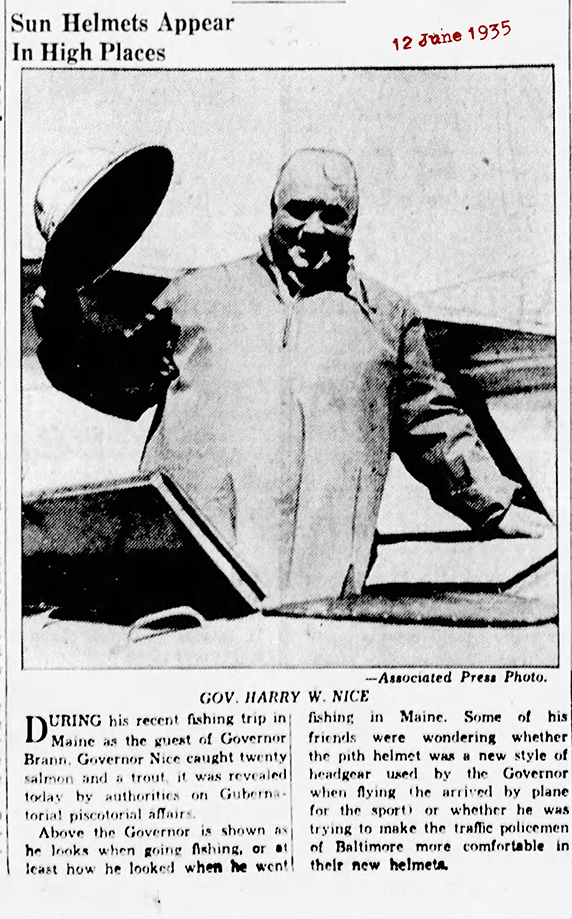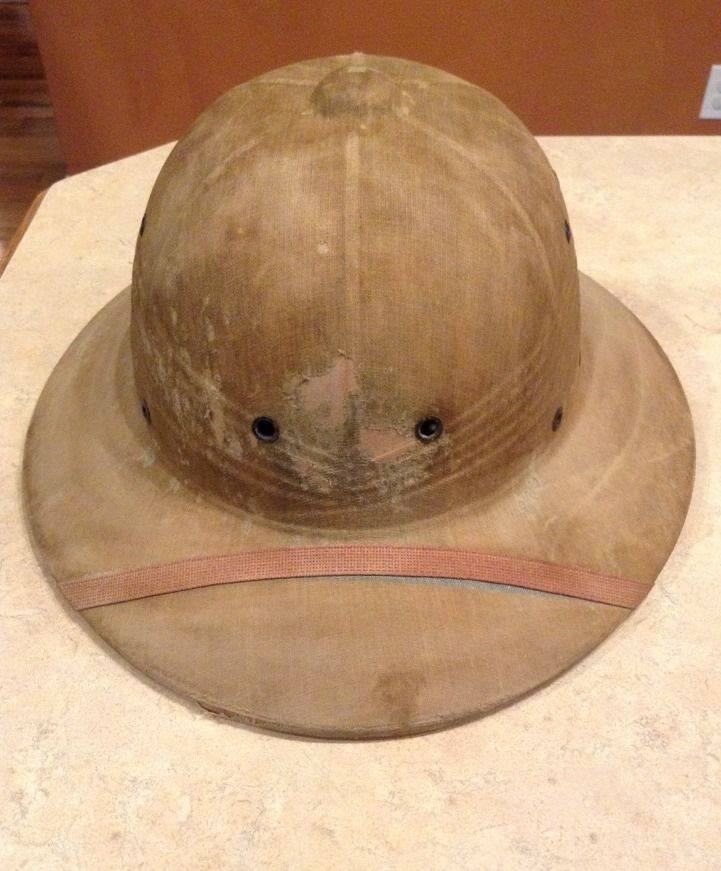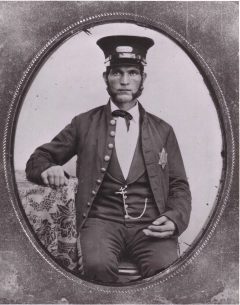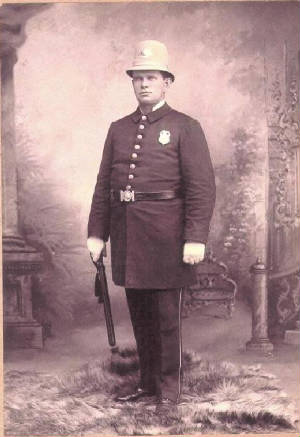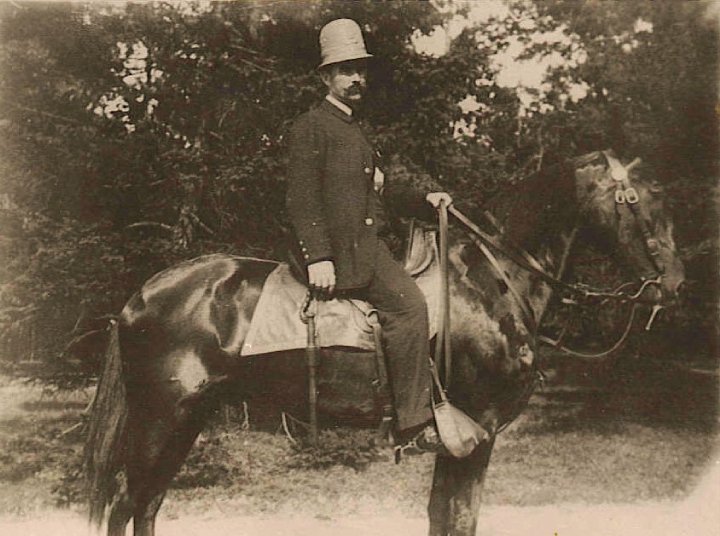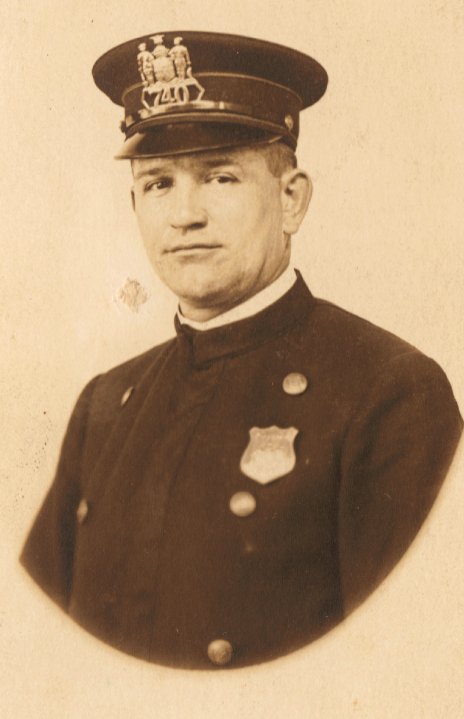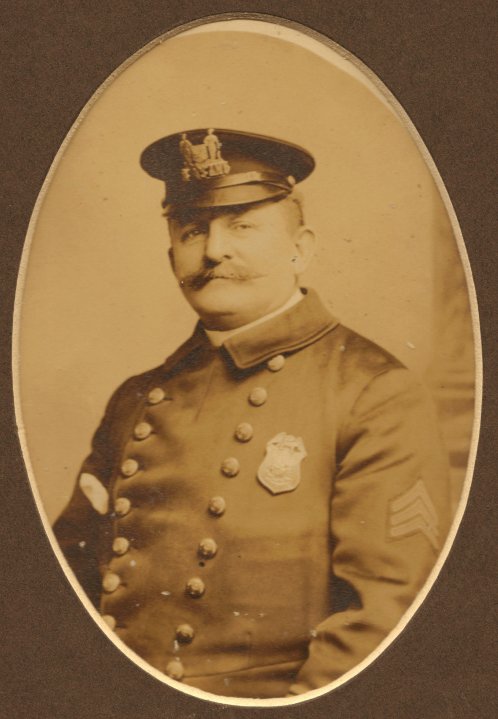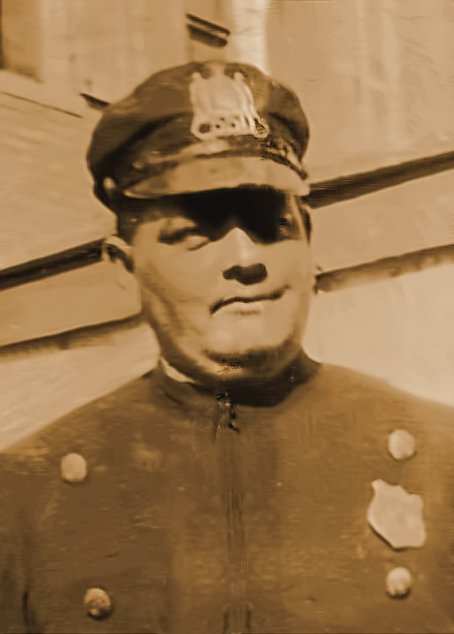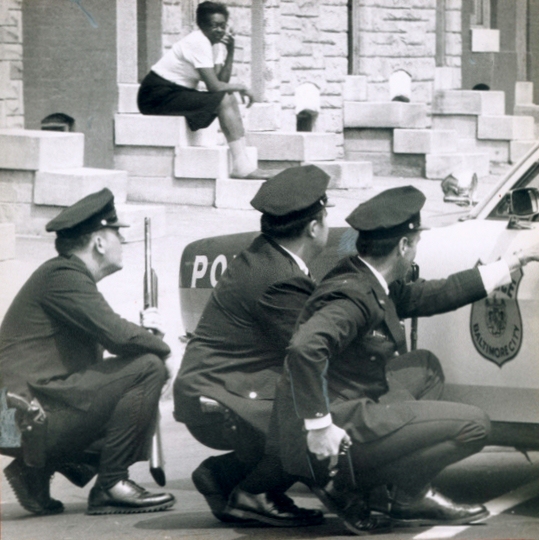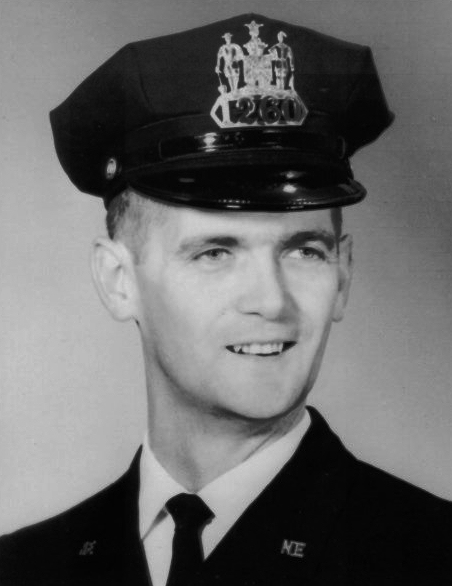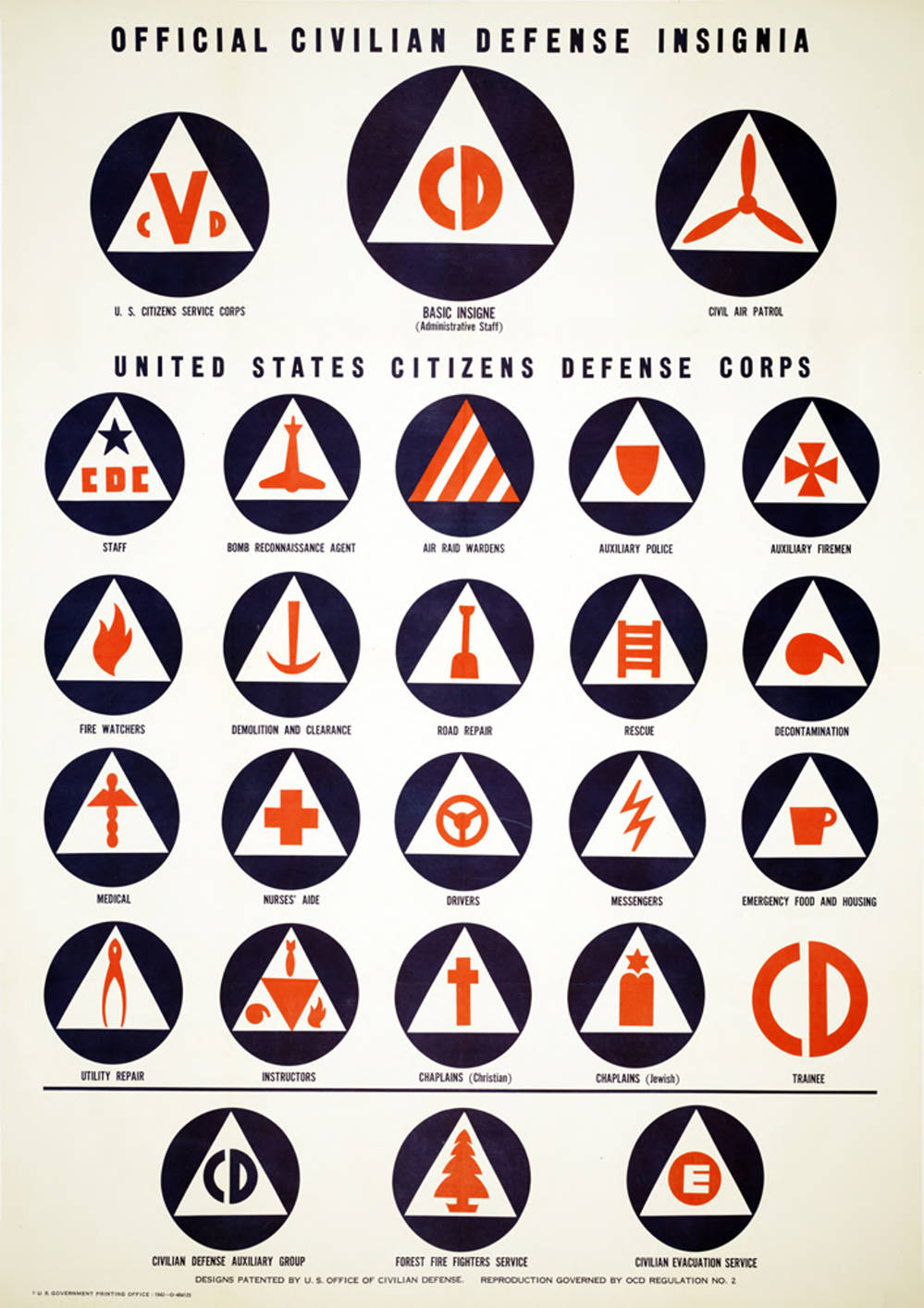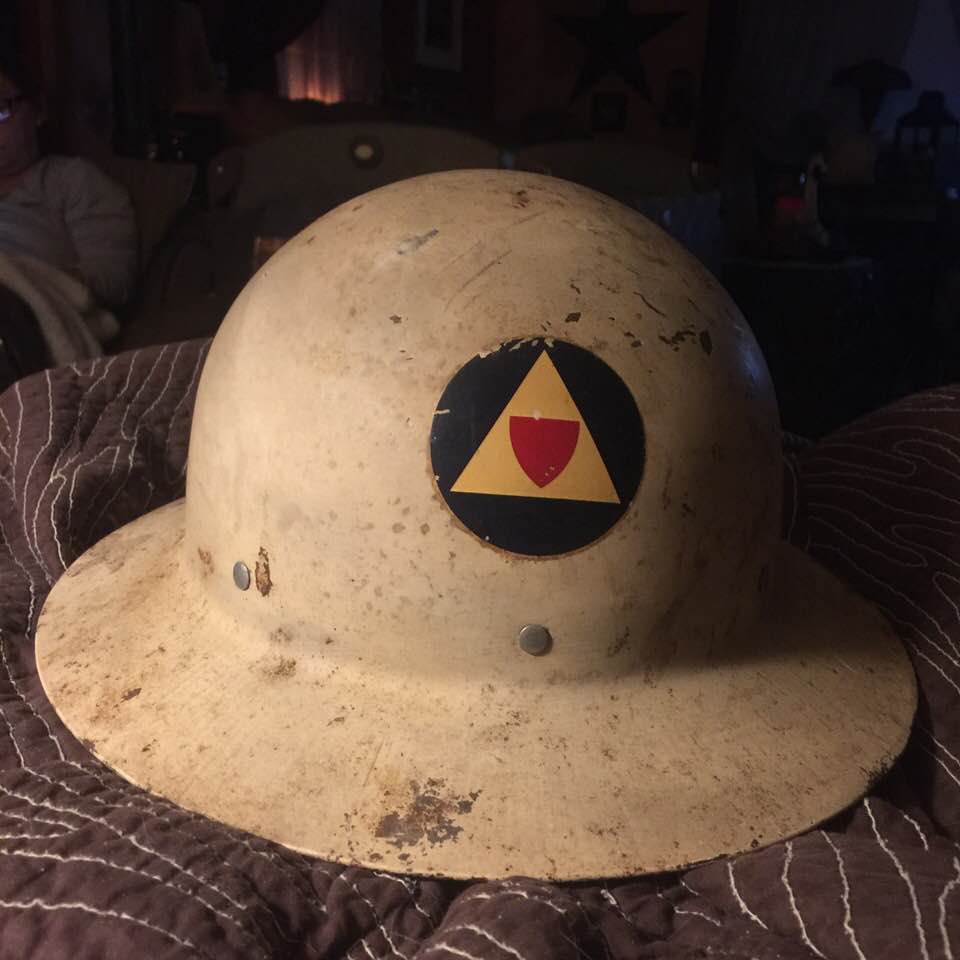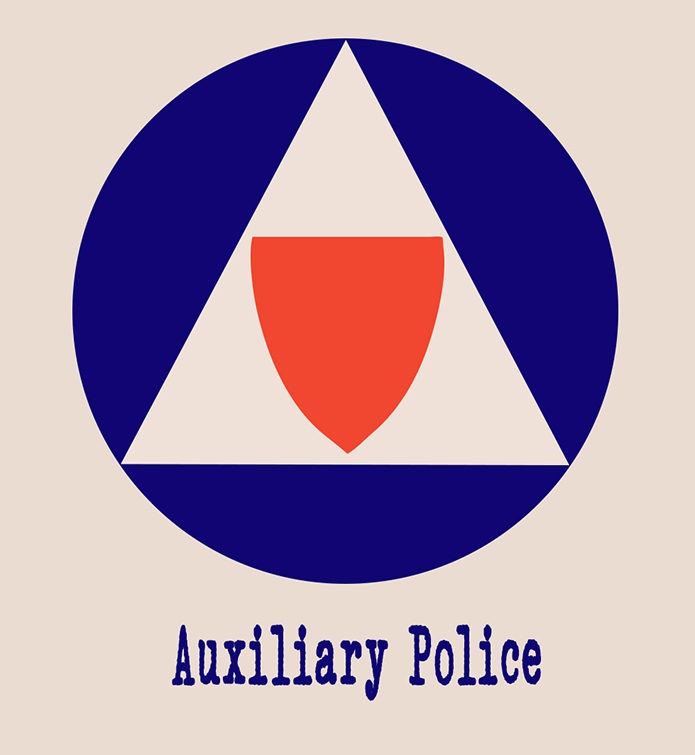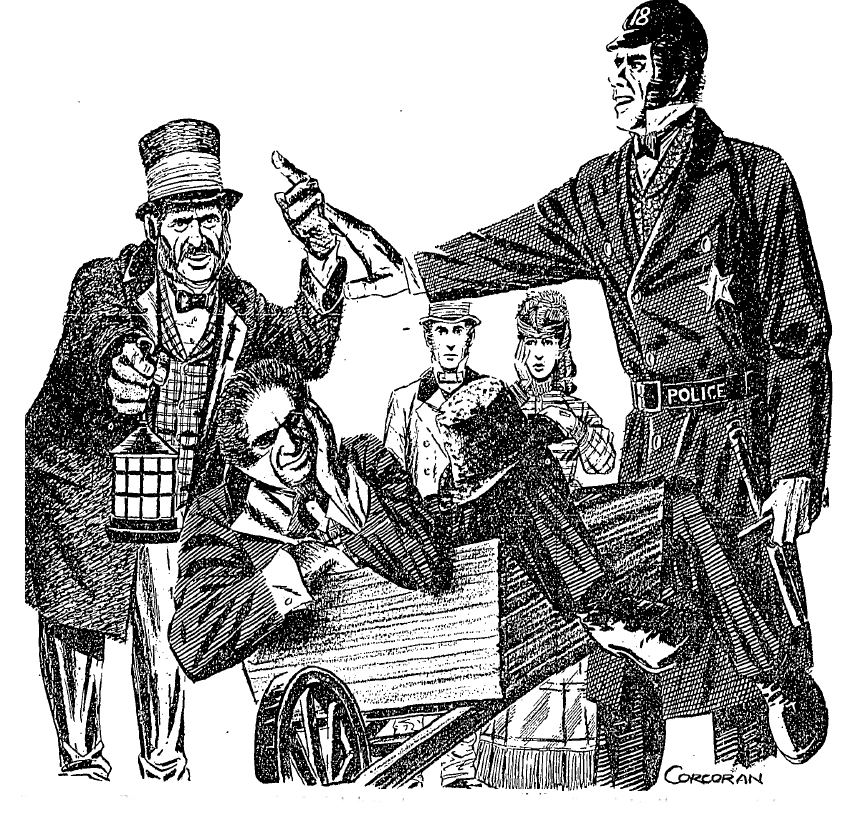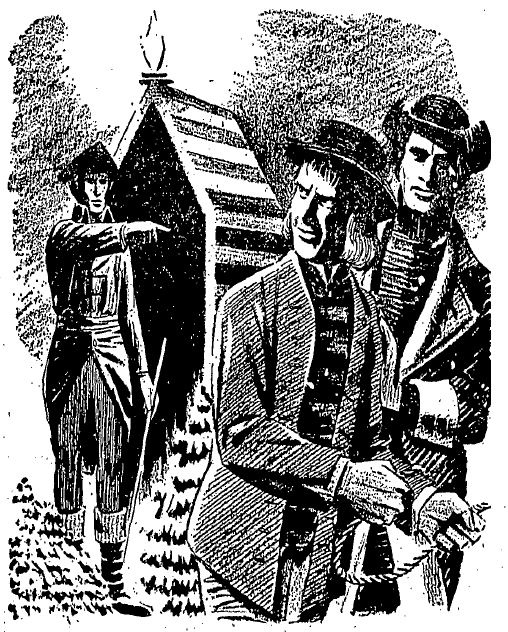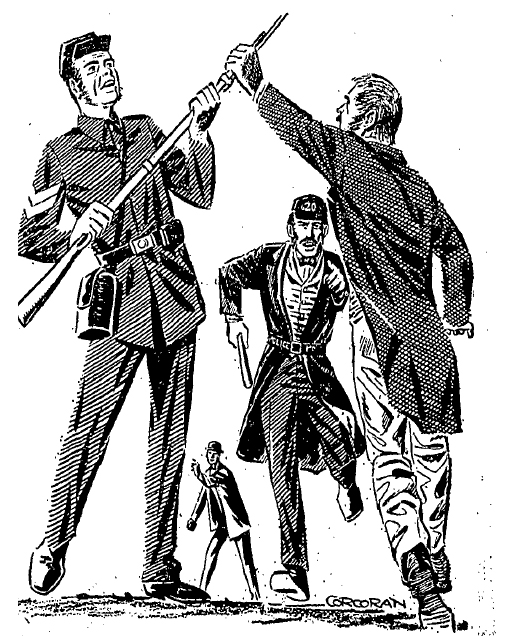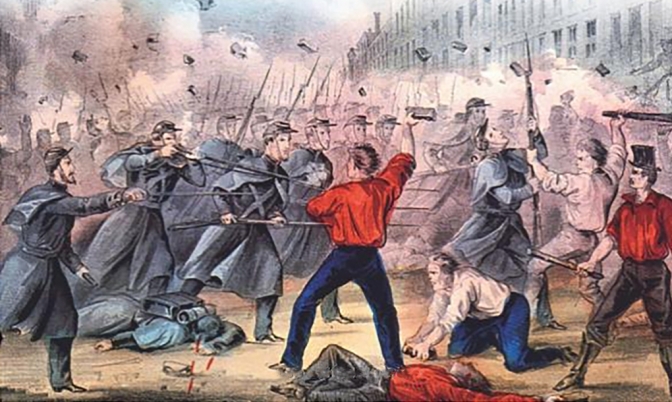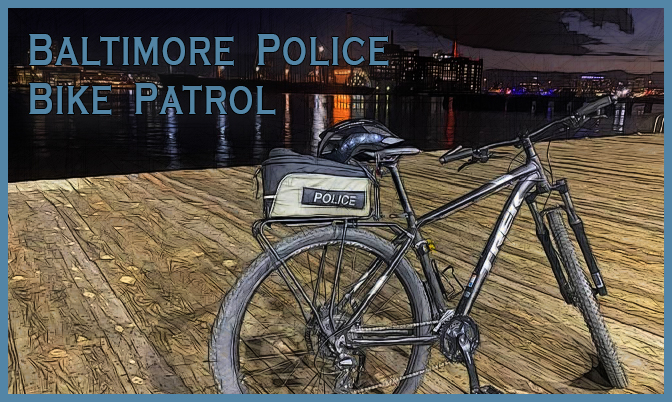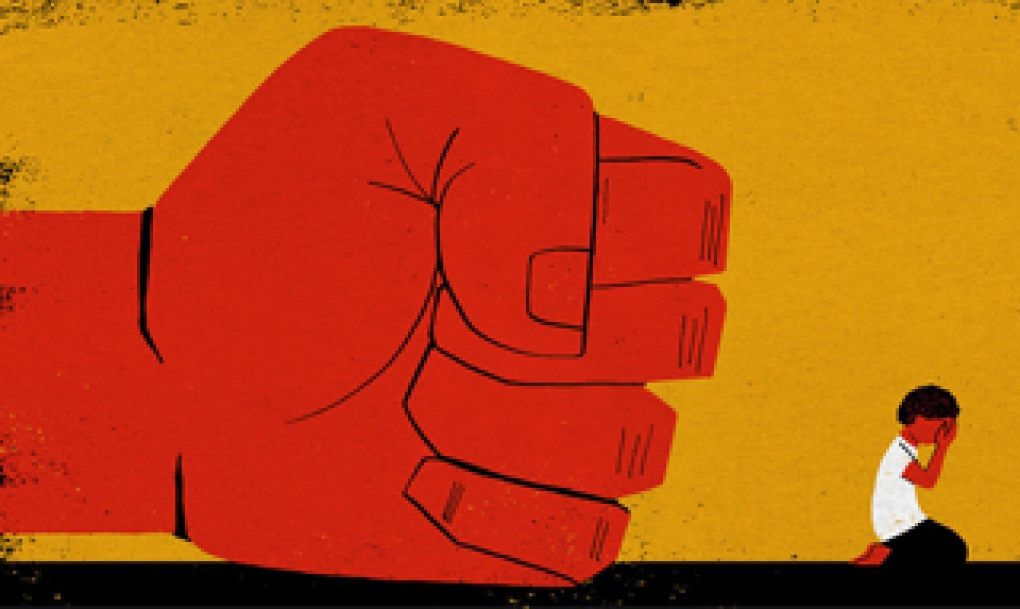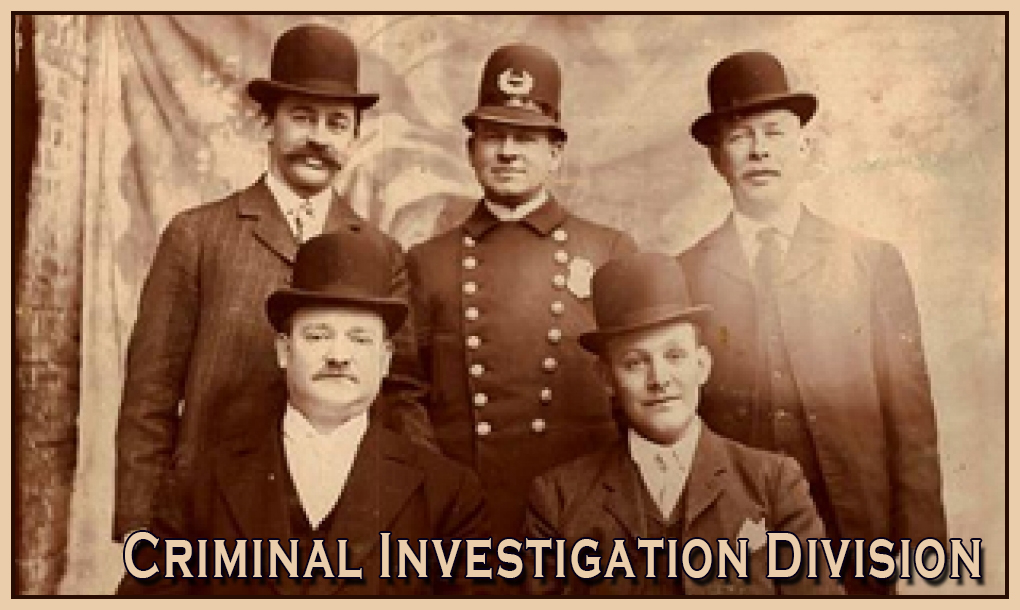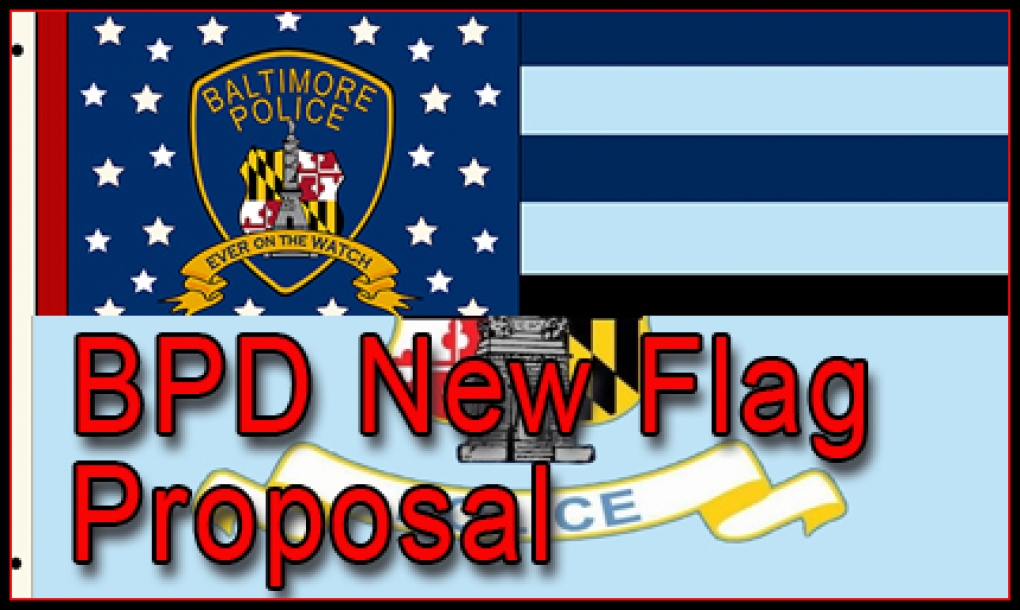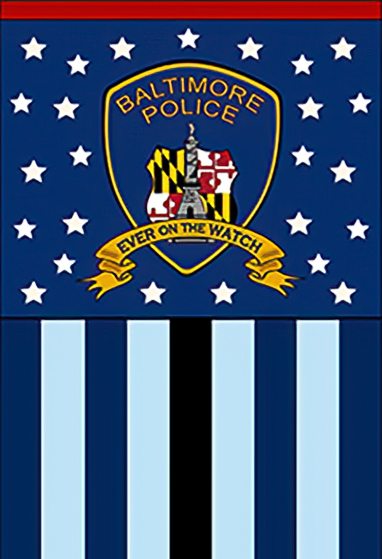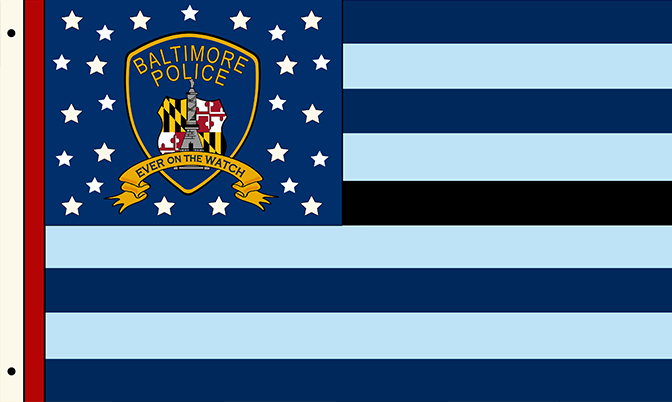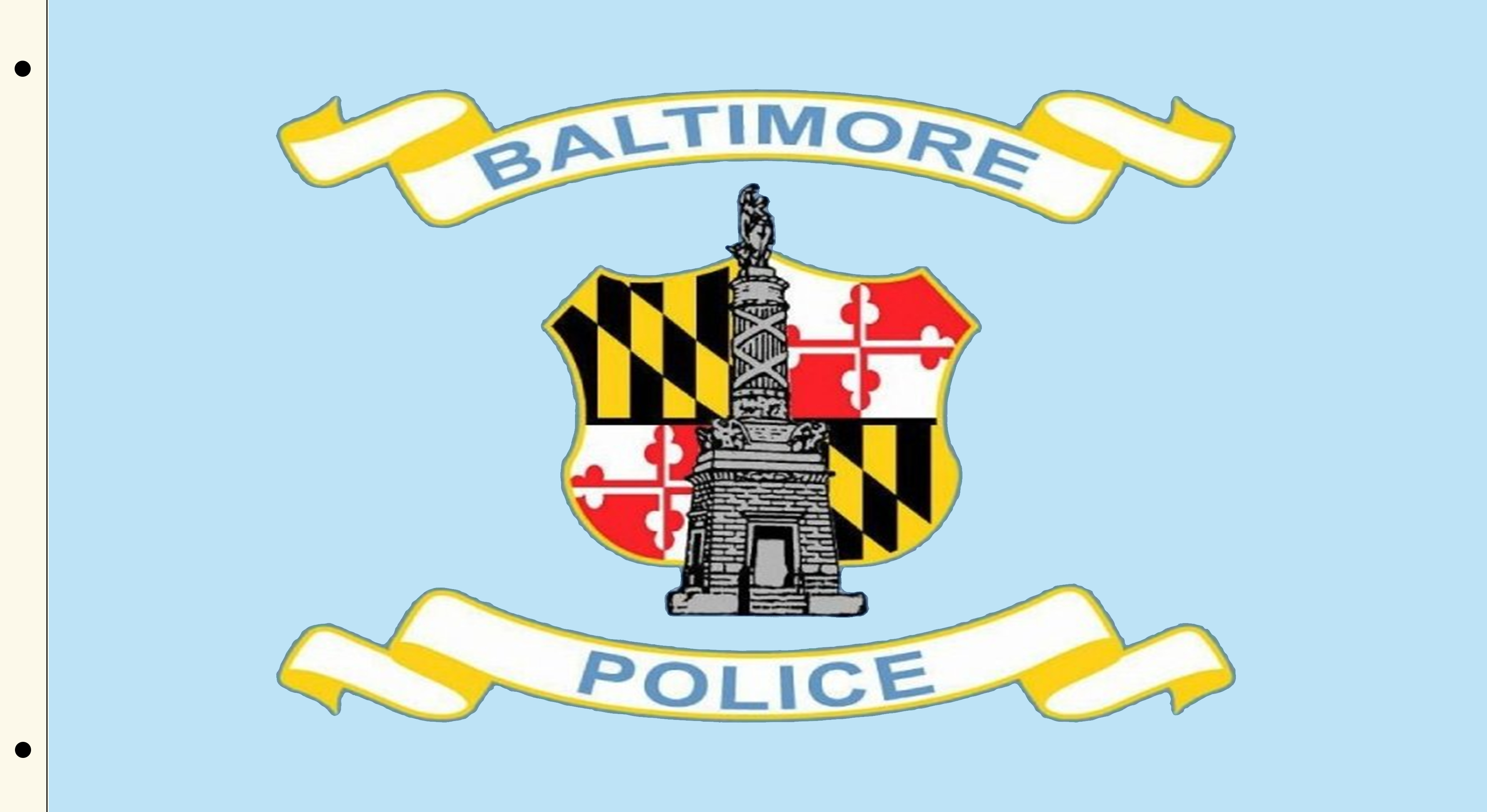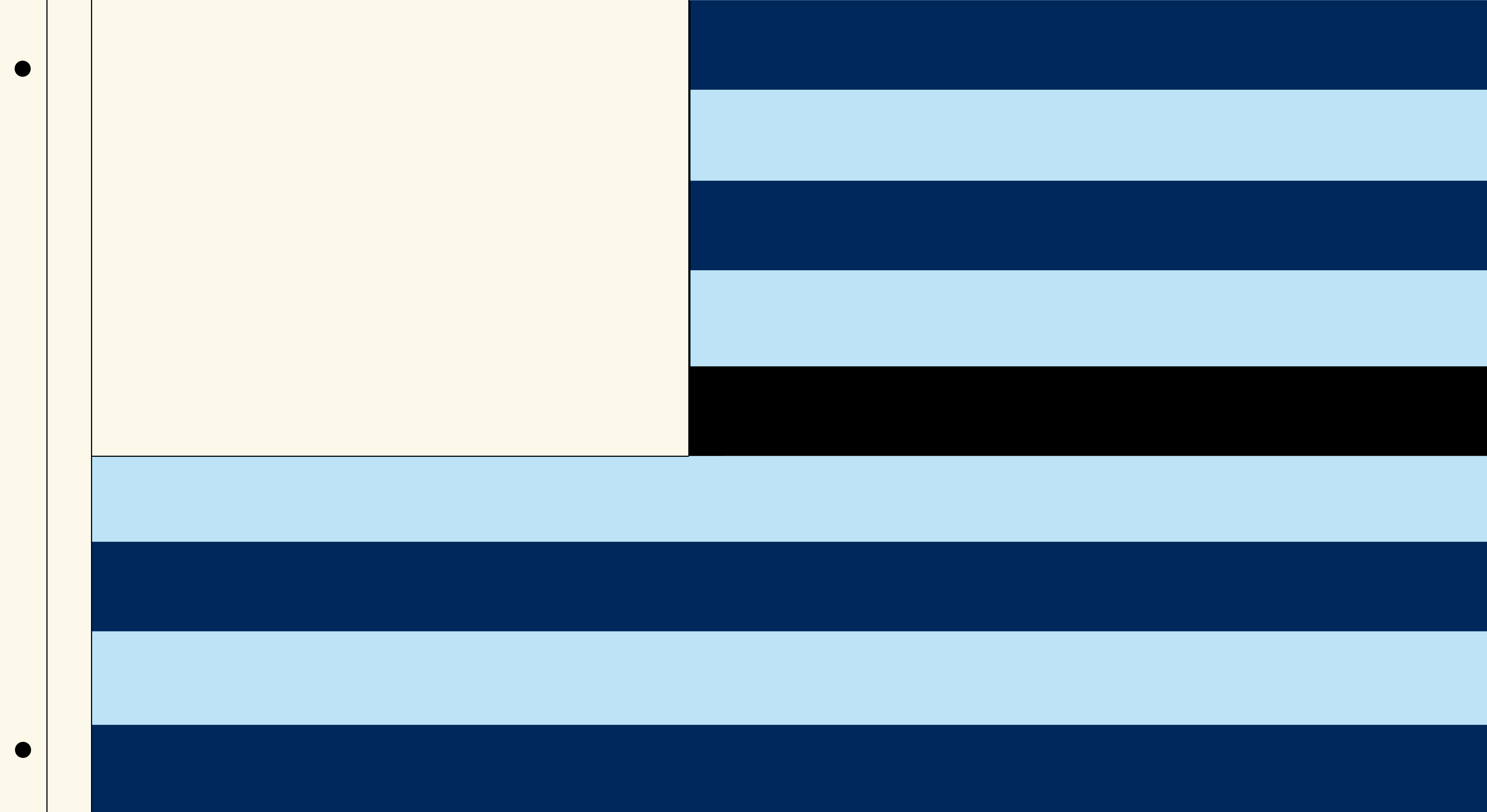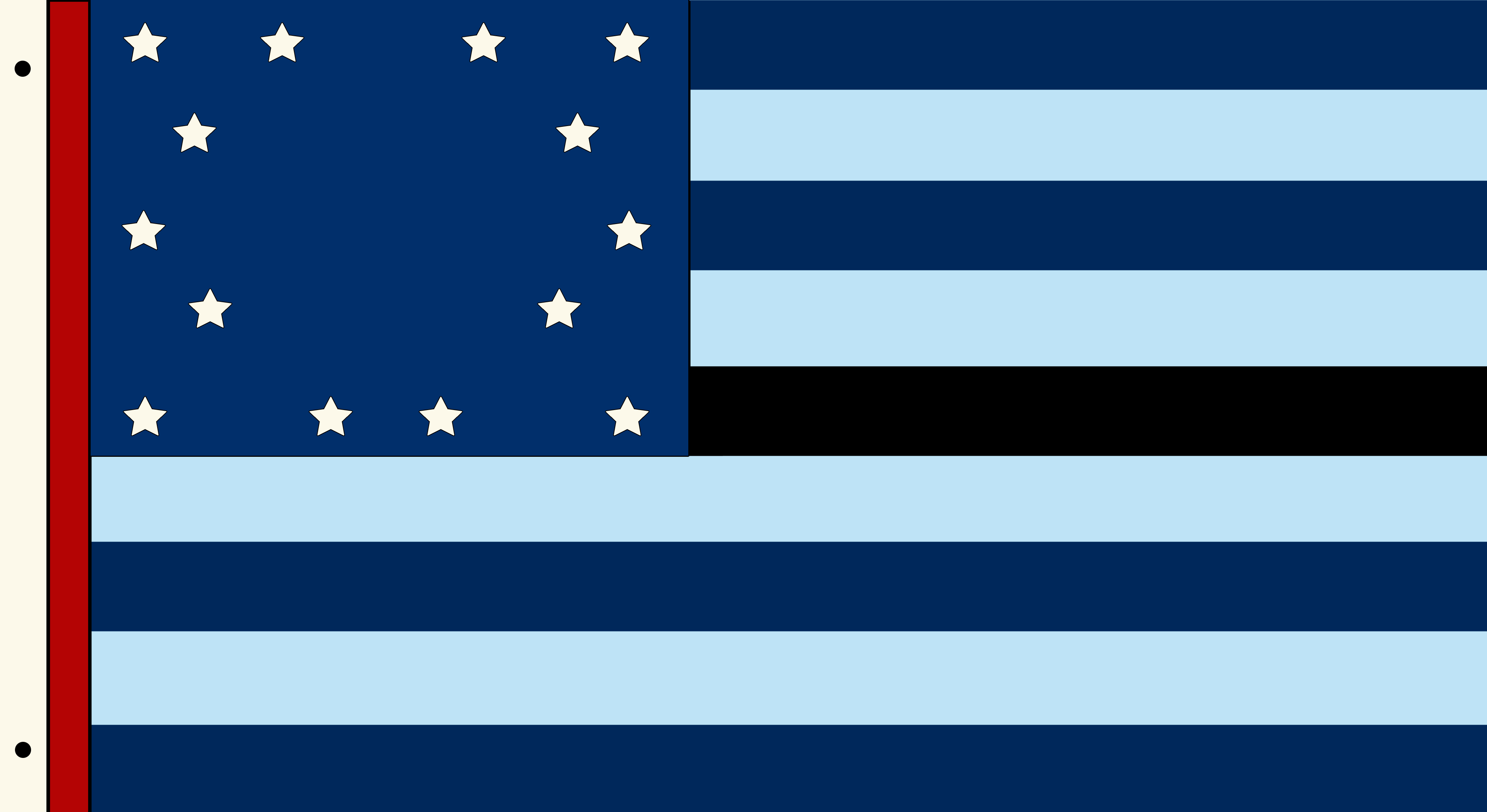Academy Graduation Pictures
 Academy Class Photo News
Academy Class Photo News
This site is pleased and honored to have the largest collection of BPD Academy photos. If your class photo is missing, please submit a copy to keep this collection growing. We have been requested numerous times to supply an officer a copy of his class photo which had been lost or damaged and we are very happy to help. One thing that many of us hold dear to our heart is the memory of our graduating from the police academy. Our class photo shows all of our classmates and brings back those memories.
Contact:
![]()
BALTIMORE CITY POLICE
OFFICER’S PLEDGE
Humbly recognizing the responsibilities entrusted to me as a member of the Baltimore Police Department, an organization dedicated to the preservation of human life and property, I pledge myself to perform my duties honestly and faithfully to the best of my ability and without fear, favor, or prejudice.
I shall aid those in danger or distress, and shall strive always to make my City, State and Country a safer place in which to live. I shall wage unceasing war against crime in all forms, and shall consider no sacrifice too great in the performance of my duty.
I shall obey the laws of the United States of America, and the State of Maryland and shall support and defend their constitutions against all enemies whomsoever, foreign and domestic.
I shall always be loyal to and uphold the honor of my organization, my state, and my country.
In one of its definitions, the word "ethics" encompasses the standard of conduct governing all members of a profession. Police exist to preserve law and order. The Greek philosopher Plato wrote that good government is wise, brave, temperate and just. This statement of ethics for police officers establishes broad standards to help police accomplish their mission in a manner which comports with good and wise government. Citizens who earn their police badges voluntarily bear the public trust. They are faithfully charged to protect the safety and the rights of fellow members of society. To provide these special protections, police officers carry special powers. They have the authority to investigate other people, to abridge their normal liberties, and to use force when necessary. Two basic constraints limit use of this authority.
First, it is wrong for police to use their office for personal profit or gain, wrong for them to accept any favor which places their own advantage above the welfare of the public. Second, it is wrong for officers to violate the Constitution or laws in performance of their work. Officers must also bring to their work personal qualities which can spring only from within their personal fabric. They must appreciate and care for the needs of the people they serve. They must exercise common sense in a manner that conveys common decency. They should never render themselves needlessly to danger; they should maintain their physical fitness and their skillfulness in using the tools of their work. Fulfilling this public trust is demanding work. It brings disappointment, weariness and stress. But these are the facts of life in this profession each officer has chosen. But it also provides officers the opportunity to contribute in an immeasurable way to the common good. The Police Department is obligated to provide the best training and support for its officers throughout their careers. The Department will strive to the utmost to provide clear policies and adequate resources for every officer to accomplish the work we have accepted together. Integrity The public demands that the integrity of its law enforcement officers be above reproach. The dishonesty of just one officer may impair public confidence and cast suspicion upon the Department as a whole. Succumbing to even minor temptations can generate a malignancy which will ultimately destroy an individual's effectiveness and which may well contribute to the corruption of fellow officers. Officers must scrupulously avoid any conduct which might compromise their integrity or the integrity of those with whom they work. No officer should seek or accept any special consideration or privilege, nor anything of value for which others are expected to pay, solely because they are police officers, or for performing their duty in some manner inconsistent with the highest regard for integrity.
Respect for Rights
A broad range of rights and privileges are afforded each individual by law and nature. Liberty is maintained for the most part by our constant attention toward preservation of a consistent exercise of these rights and privileges and through mutual respect for every person's exercise of his or her rights and privileges. However, the police officer must contend with a persistent flow of personal conflicts, both legal and illegal. To resolve these differences, the police enforce a body of laws within the Constitution's assurance that all of us - regardless of economic status, sex, race or creed - receive equal and fair treatment. In so doing, officers often face ambiguous situations, particularly in trying to protect the rights of a victim and an accused. To carry out this mission, police officers have the power to search and arrest, to use force, and to investigate and incarcerate. As police, we must use these tools properly with no abuse of our authority. Decency, security, and liberty all demand that government officials observe strict limits to their awesome powers. A government of laws cannot exist when its servants fail to observe the law's own boundaries. Any government official who disobeys the rigorous demands of law in turn disturbs the public order which all of us are sworn to uphold.
Use of Force
In a complex urban society, officers daily confront situations where control must be exercised to effect arrests and to protect public safety. Control is achieved through advice, warning, and persuasion, or by the use of physical force. Force may not be used unless other reasonable alternatives have been exhausted or would be clearly ineffective under the particular circumstances. When the use of physical force is necessary, using a baton, pepper spray, firearms or other means, it must be exercised only when, and in the manner, authorized in the Department's policies. Decisions as to when and how to use force must be consistently made and exercised throughout every neighborhood of this City.
Courtesy
Effective law enforcement depends on a working partnership and a community of interest between the Department, its officers and the public they serve. The practice of courtesy in all public contacts encourages understanding and appreciation. Discourtesy breeds contempt and resistance. Most of the public are law-abiding citizens most of the time; they rightfully expect fair and courteous treatment by Department employees. While the urgency of a situation might preclude the ordinary social amenities, discourtesy under any circumstance is indefensible. The practice of courtesy by an officer is entirely consistent with the firmness and impartiality that characterizes a professional police officer.![]()
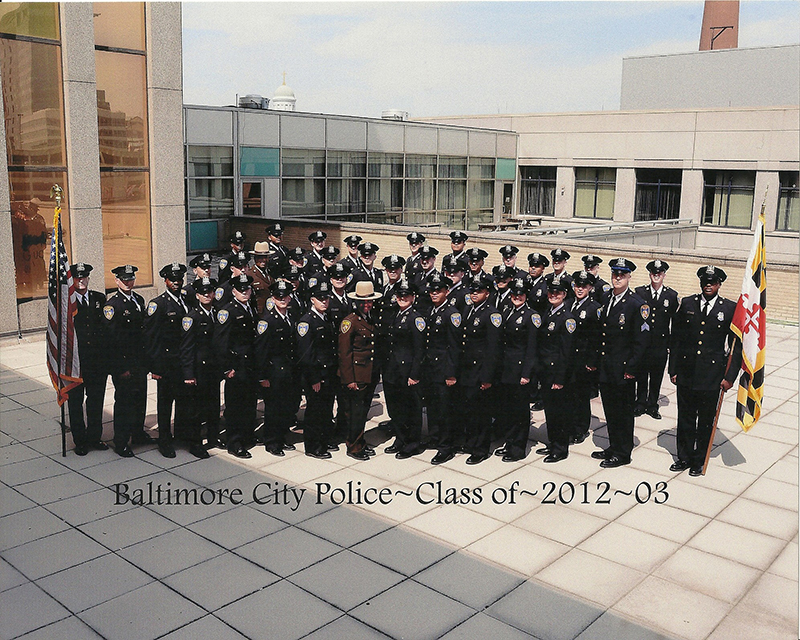
Courtesy Kenny Sanchez

Courtesy Kenny Sanchez
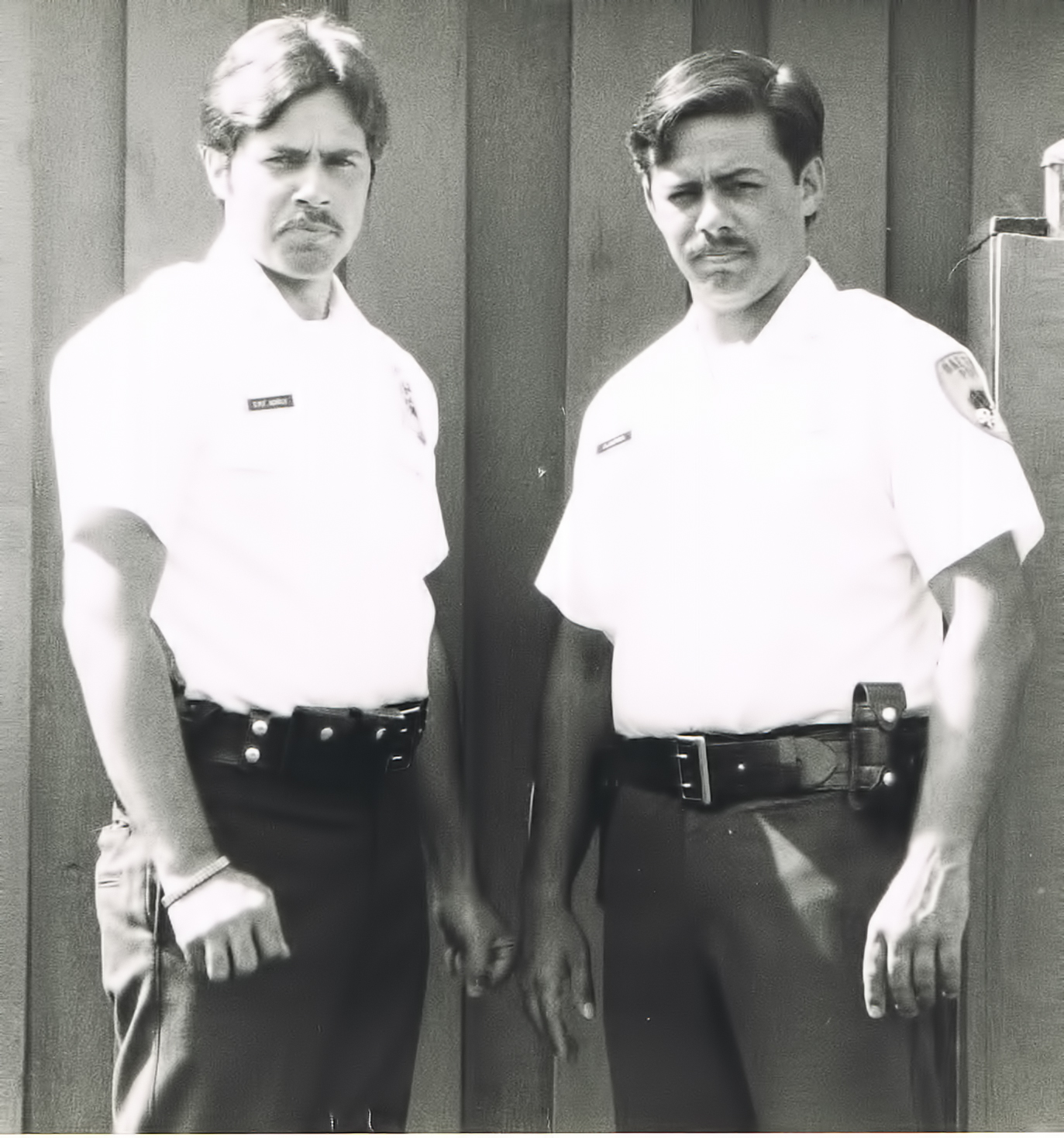
Photo Courtesy Ret Sgt Doug Womack
Brothers, after graduating the Academy 1979. Officer Sgt. Doug Womack (left) became a flight officer. Brother P/O Greg Womack went to the Southern District.

The academy has a sign with the Baltimore Police School's motto
"Service with Hope of Honor as Reward!"
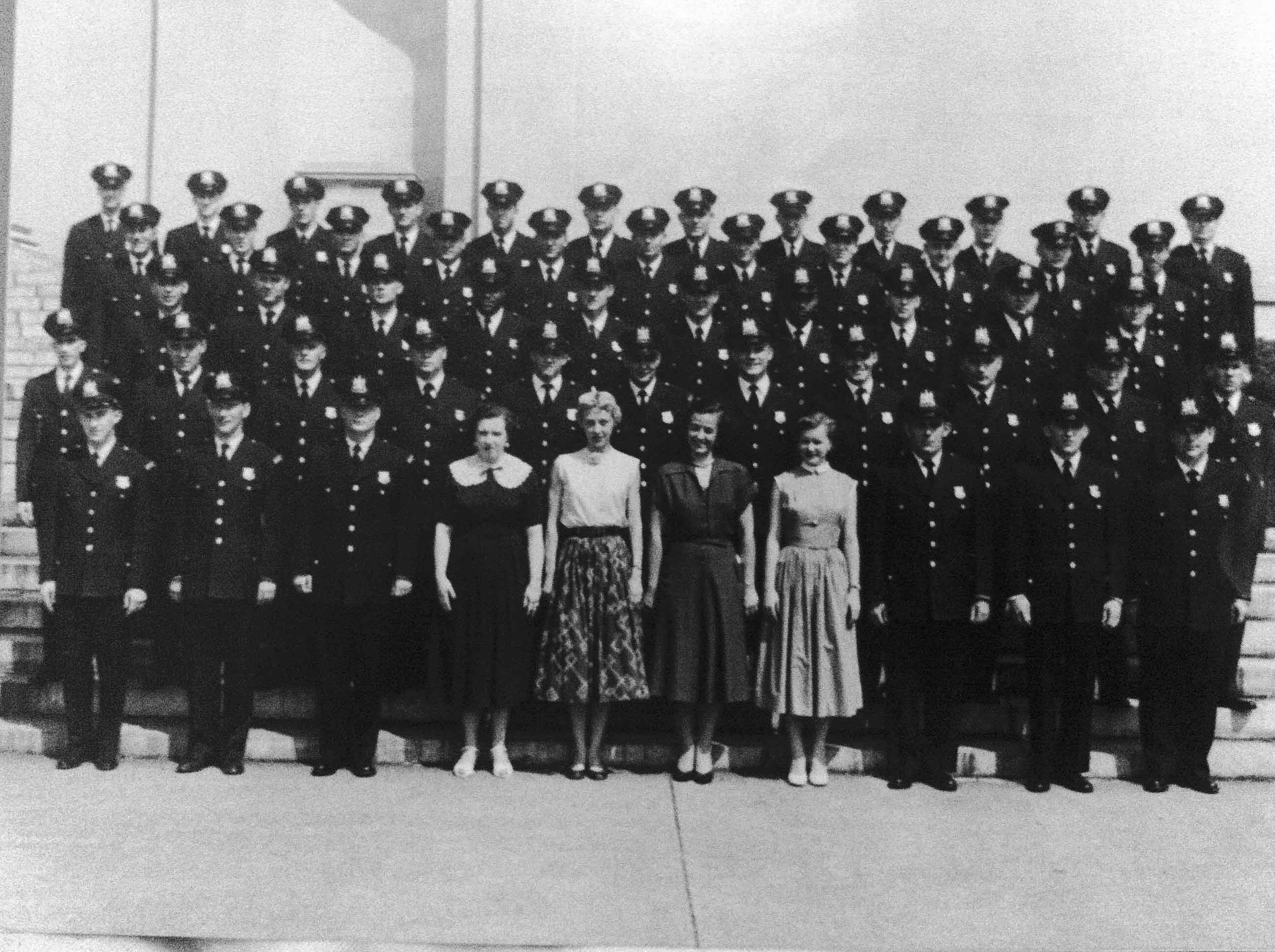 Photo Courtesy Andy de la Vara
Photo Courtesy Andy de la Vara
The Female Police Officer to the far left wearing a black dress with white color is
"Nancylee Kleine" formerly "Nancylee Wilhelm"
92-3
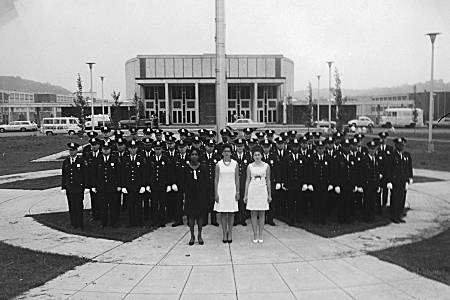
Class 69-5
Photo and Documents Courtesy of Ofc. Leonard O'Connor
Photo courtesy Raymond K. Miles Jr.
Officer Ray Miles kept track of his 1926 class members until around 1963
Officer Cooney assigned CD.......Promoted to Sergeant
Officer Trombotta assigned: SWD........Fired
Officer I. M. Hoff assigned: SD......Retired 1951
Officer Hopkins assigned: NWD.....Fired
Officer Schwatka assigned: NWD....Died 1927
Officer Flanagan assigned: NED....Resigned
Officer Ray Miles assigned: WD....Retired 1951
Officer Atkinson assigned: WD...Headquarters...Fired
Officer McGrath assigned: NED.....?
Officer Maloney assigned: NED.....?
Officer Bock assigned: NED....Retired
Officer Young assigned: SWD....Retired
Officer Jackson assigned: ND...Promoted to Sergeant...Promoted to Lieutenant...Died
Officer Tarbutton assigned: SWD....Fired
Officer Clary assigned: ND....Fired
Officer Smith assigned: ND....Fired
Officer Bruchey assigned: SWD...Retired
Officer Eben assigned: NED....Promoted to Sergeant..Promoted to Lieutenant..Retired....Died
Officer Schneider assigned: WD...Died
Officer Leight assigned: WD...Quit ?
Officer O'Daugherty assigned: WD...Promoted to Sergeant....Retired
Officer Jones assigned: NWD....Retired
Officer Lynch assigned: NED...Transferred to NWD....Fired
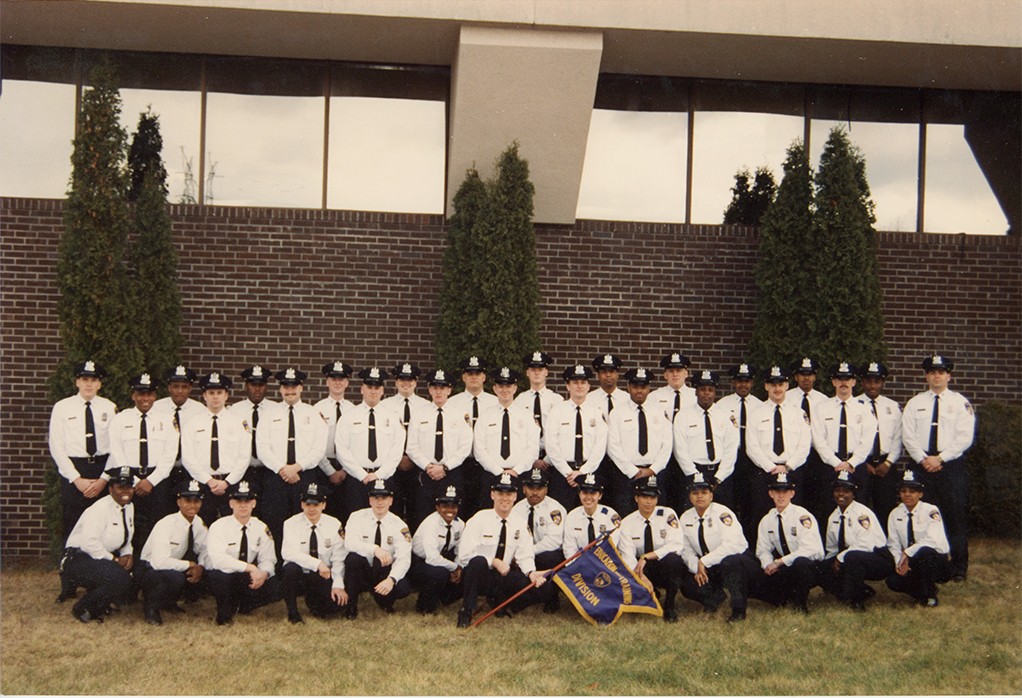
Courtesy Tommy Linton
1992-4
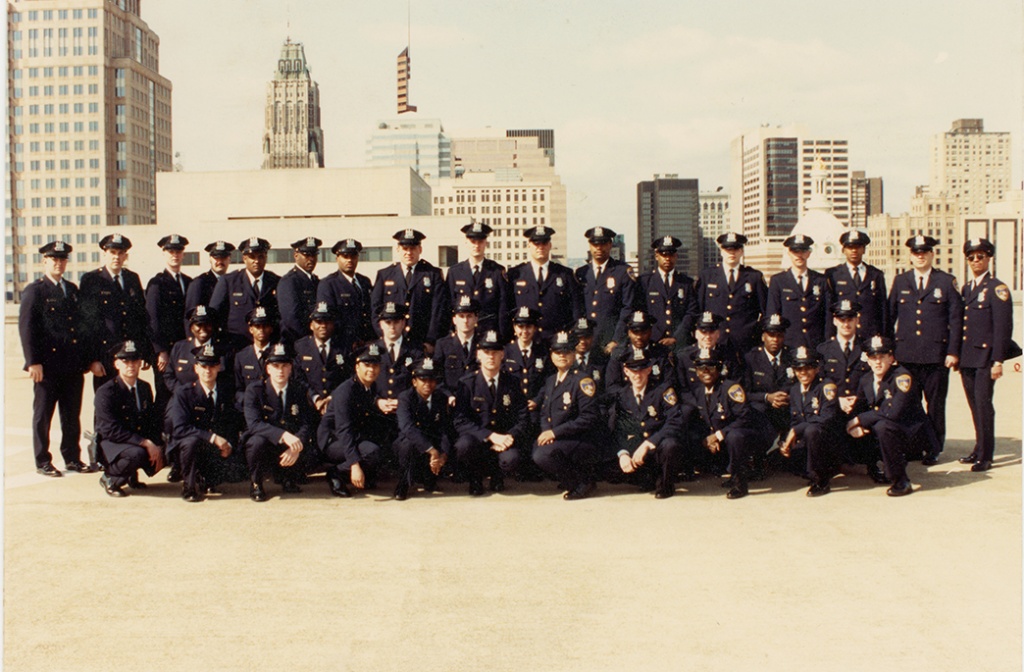
Courtesy Tommy Linton
1992-4
![]()
Baltimore City Police Department “Oath of Office”
In the Year of Our Lord 1937
"I . . . do swear (or affirm) that I will support the Constitution of the United States, and that I will be faithful and bear true allegiance to the State of Maryland and support the Constitution and laws thereof; and that I will to the best of my skill and judgment, diligently, faithfully, without partiality or prejudice, execute the office of “Police Officer” of the police force of the city of Baltimore according to the Constitution and laws of the State.

Courtesy Lieutenant James Kelly
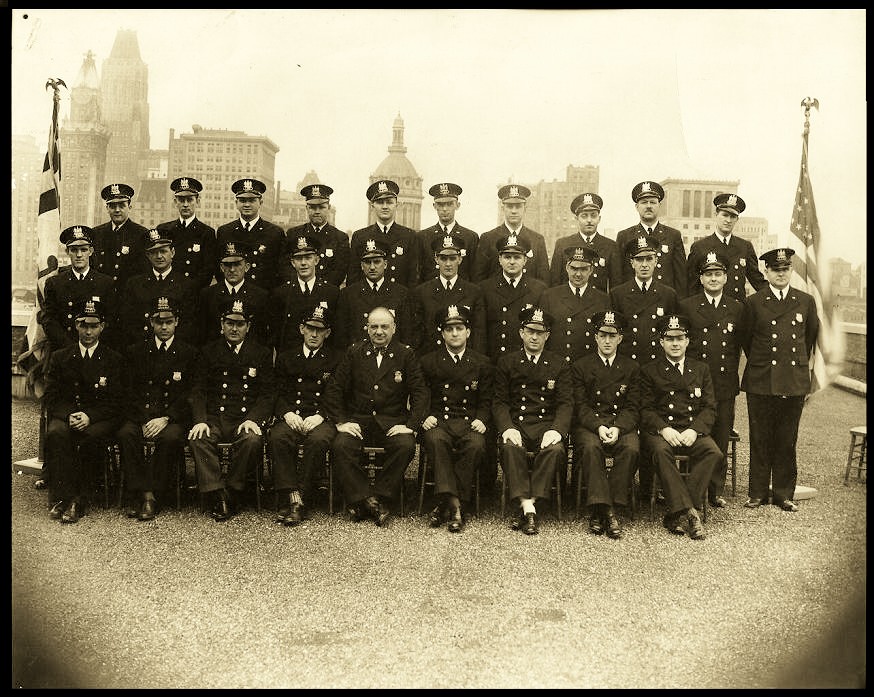
ACADEMY CLASS 1940'S
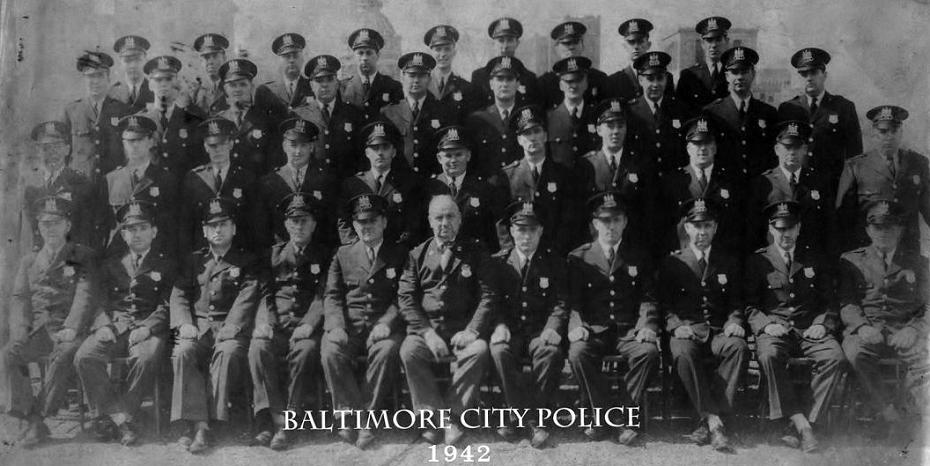
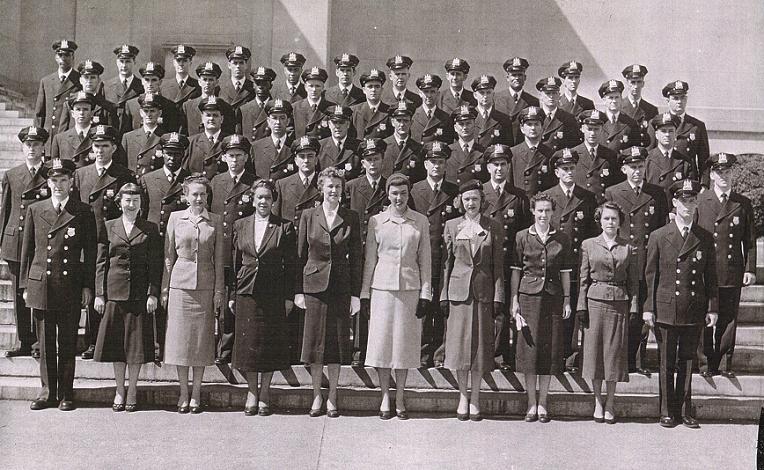
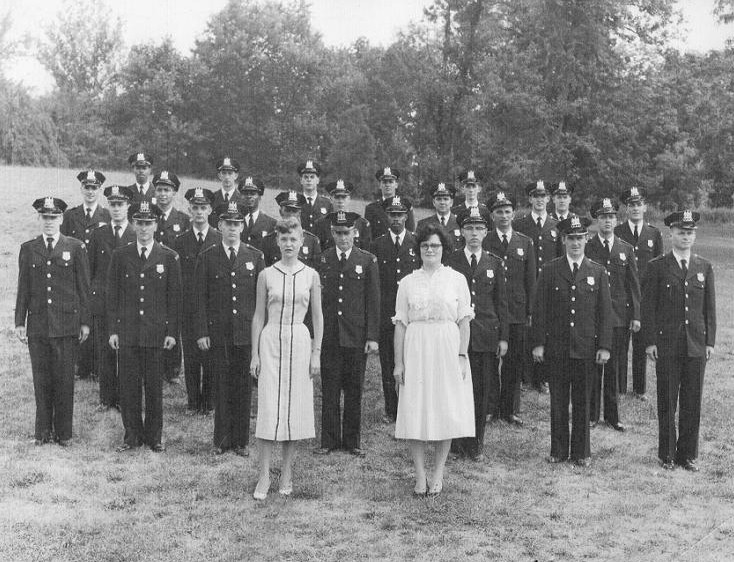
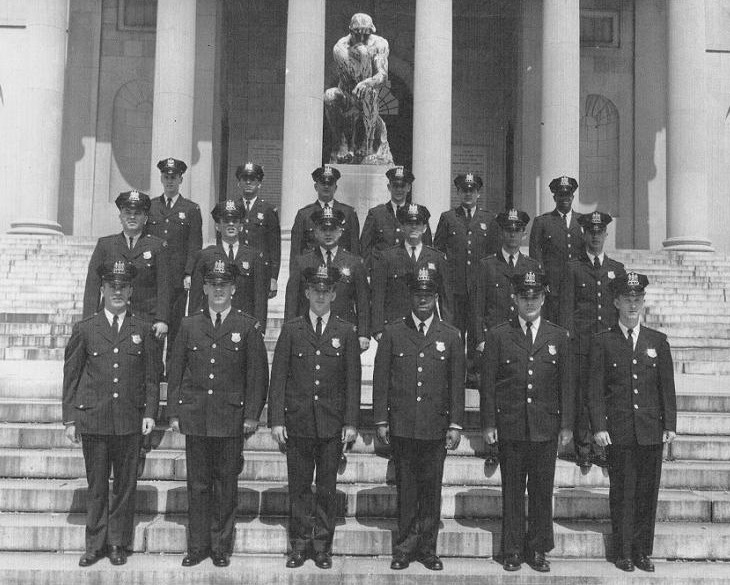 Courtesy Lieutenant James Kelly
Courtesy Lieutenant James Kelly 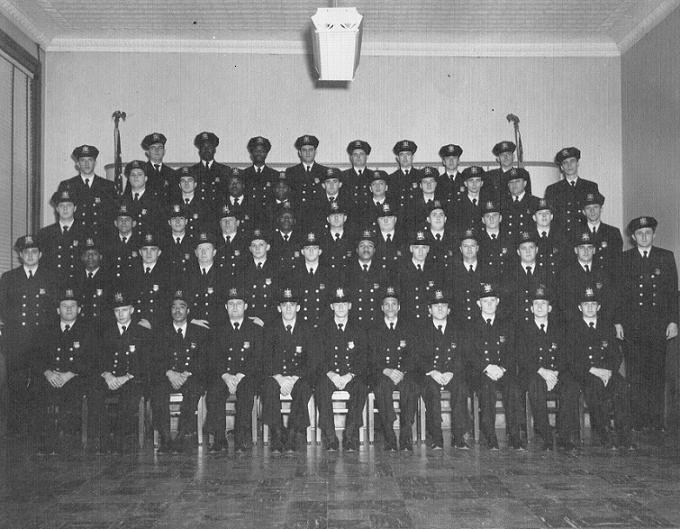 Courtesy Lieutenant James Kelly
Courtesy Lieutenant James Kelly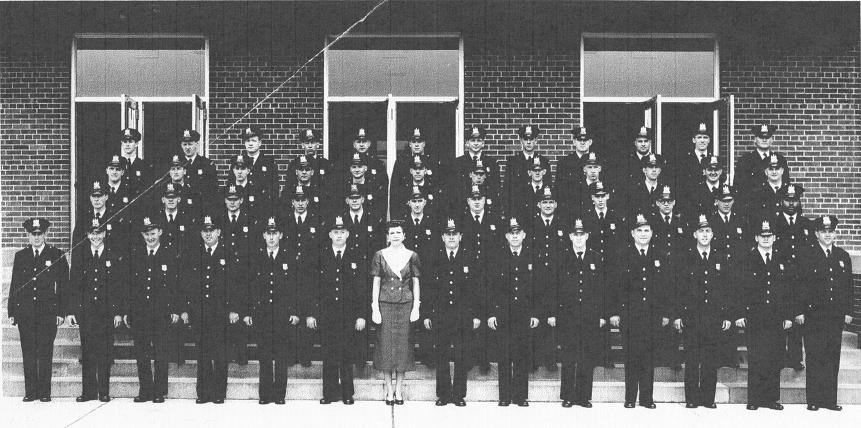
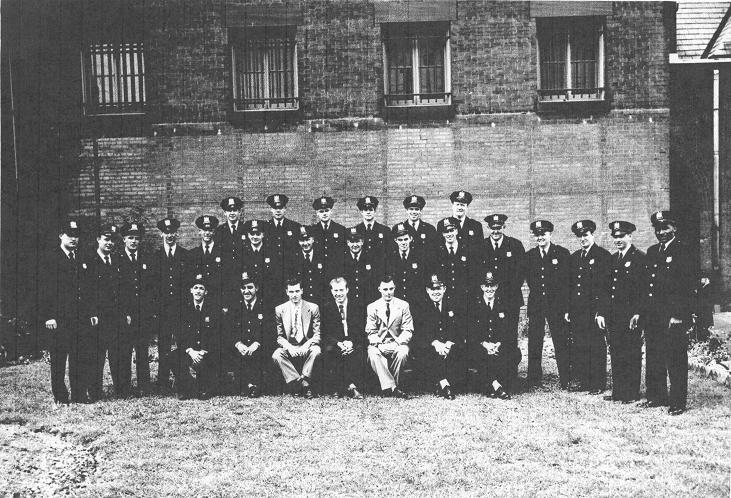 Courtesy Lieutenant James Kelly
Courtesy Lieutenant James Kelly

Richard C. Ruth ("Dick" Ruth) is in the second row, second from the right.
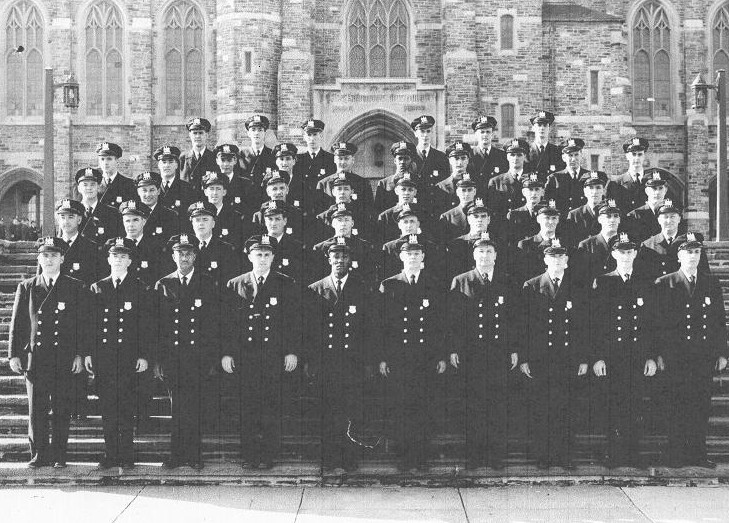

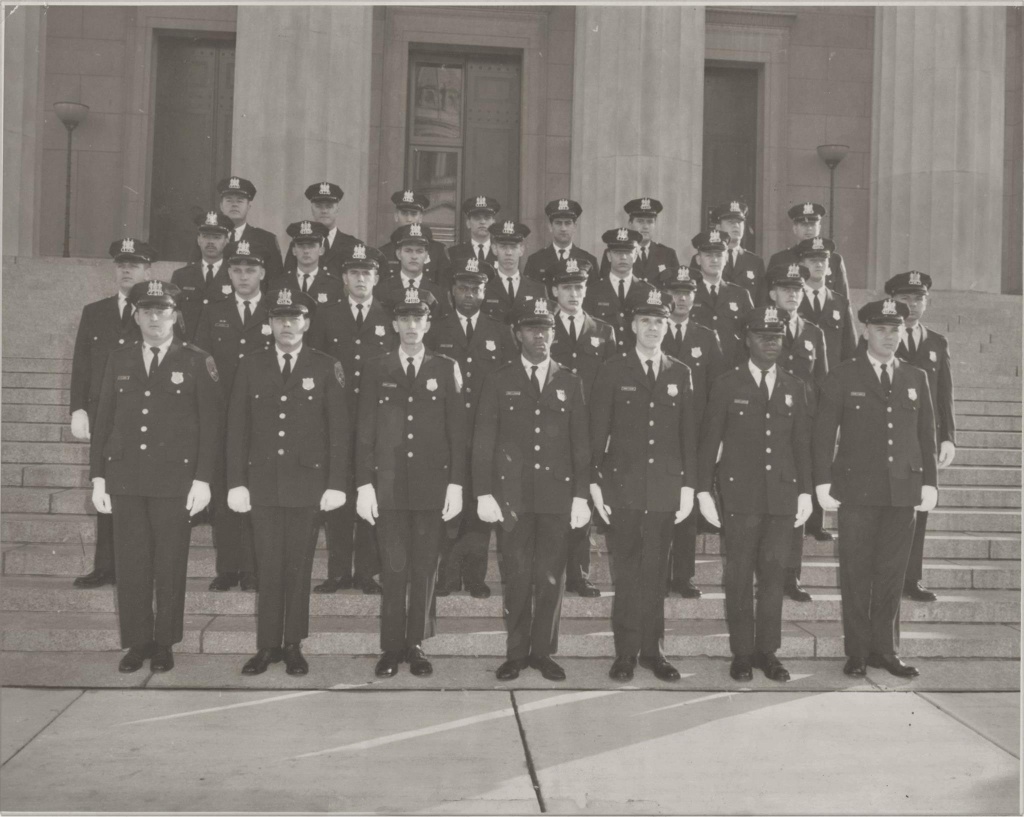
Class 68-8

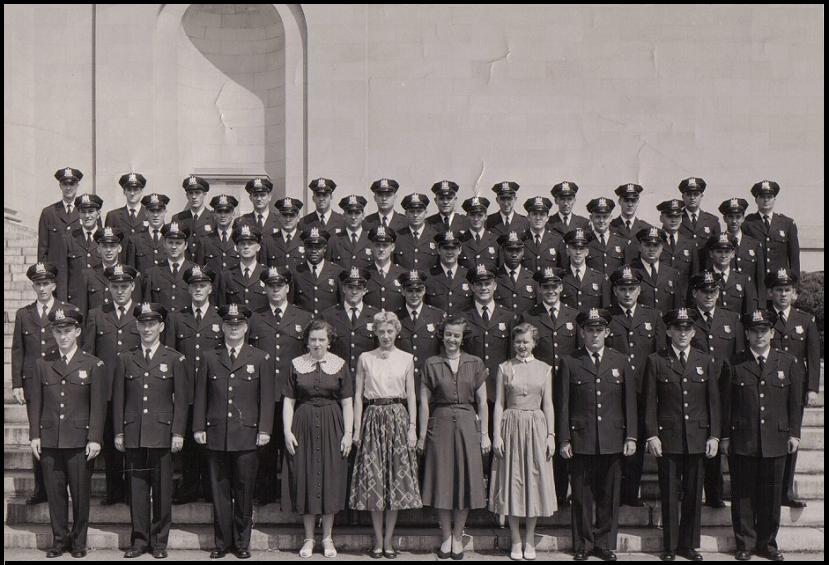

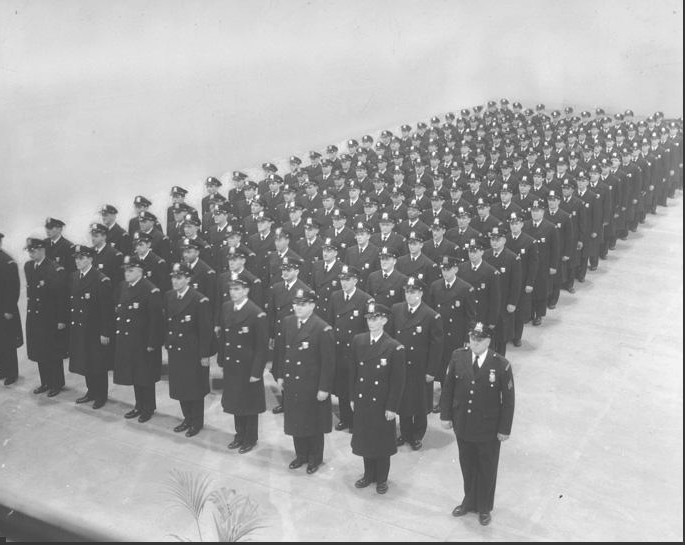
COURTESY MAJOR ROBERT DiSTEFANO
This was a record class at the time (date unknown) 165 men. At the front, the Sergeant on the right is none other than the legendary Roger B. Stocksdale, he later became a Lieutenant He was a fine firearms instructor in 1962

COURTESY MAJOR ROBERT DiSTAFANO
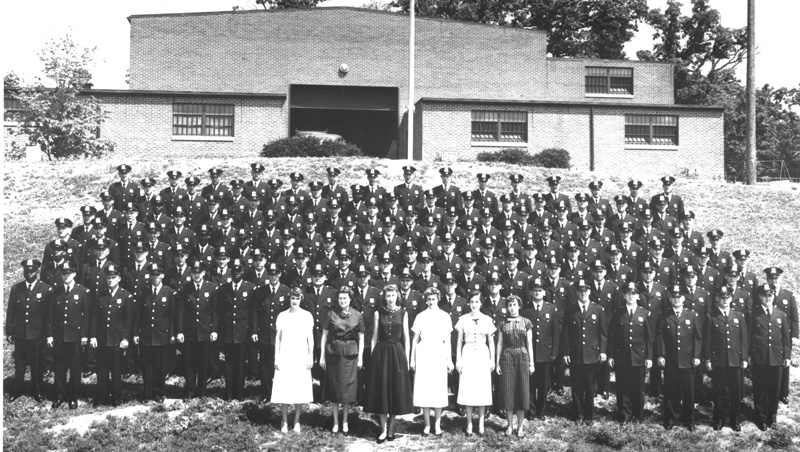

Courtesy Lieutenant James Kelly
Academy Class 1956
Graduated September 15, 1956, at Turner's Armory.
Officer Jim Mitchell was a member of this class, upon graduation he was assigned to the Western District and spent 26 years in patrol and 3 years as a turnkey.
(See more about Jim on the Western District Chapter)

Courtesy of Jeff McCleese
Class 1957 at Turner's Armory - Calvin McCleese
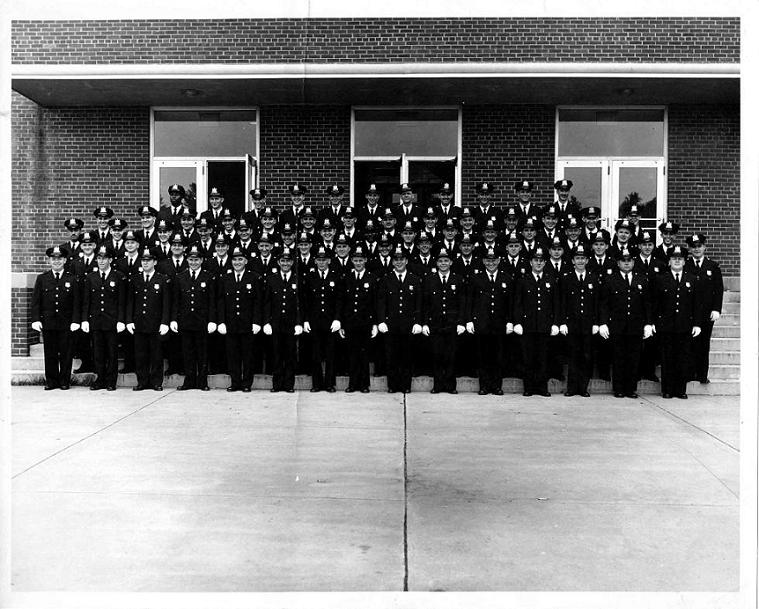
Courtesy Sgt. Nick Caprinolo
Academy Class:1958
Nick Caprinolo third from the left, in the third row. Joe Bonhoff is third from left, 4th row, just behind Caprinolo and to the right. Dick Frazier, fourth row third from the right. McClellan is the second from left. second row. He was in the crime lab for a long time. Walter Janowitz is fourth from the right, third row. Fabizak is fourth from right, top row.
Tom Black 4th from the right bottom row.John DiStefano, brother of Ret. Major Robert DiStefano, 3rd row, 7th from the right.

Photo courtesy Lieut. Emmett Jones
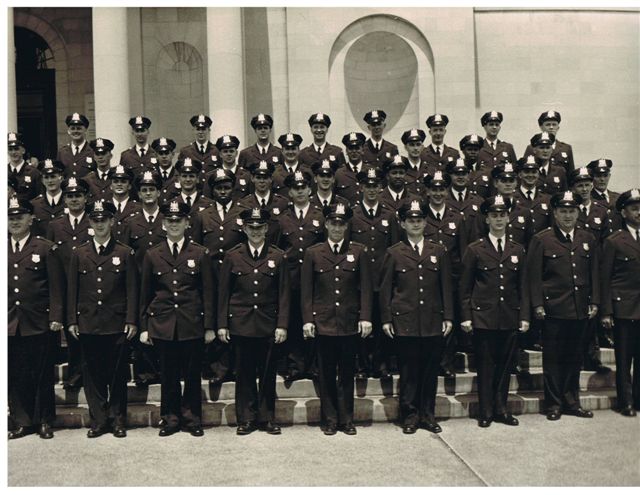
Photo courtesy Officer Lawrence Merrifield

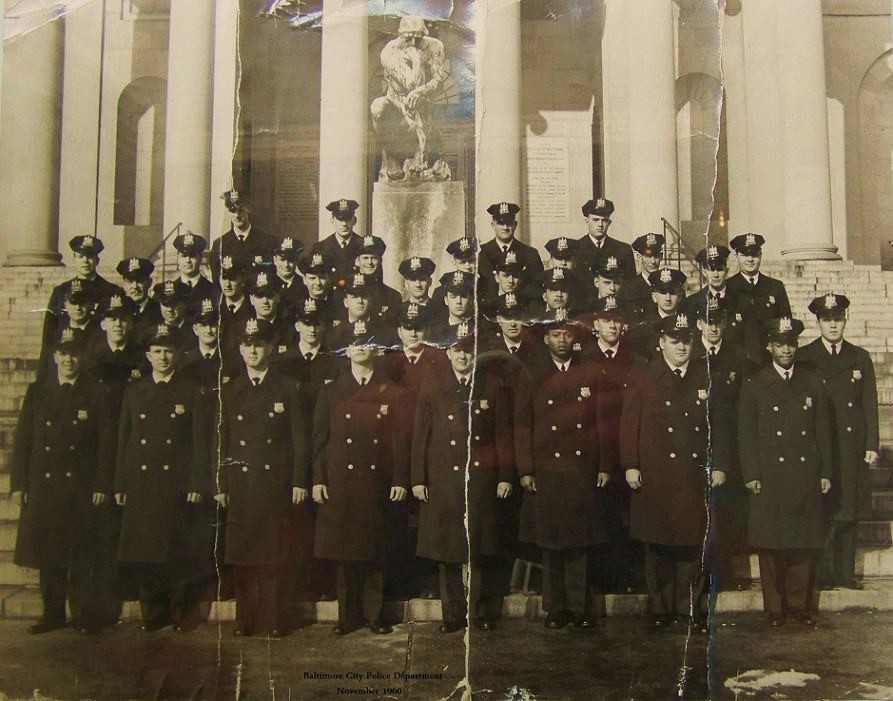
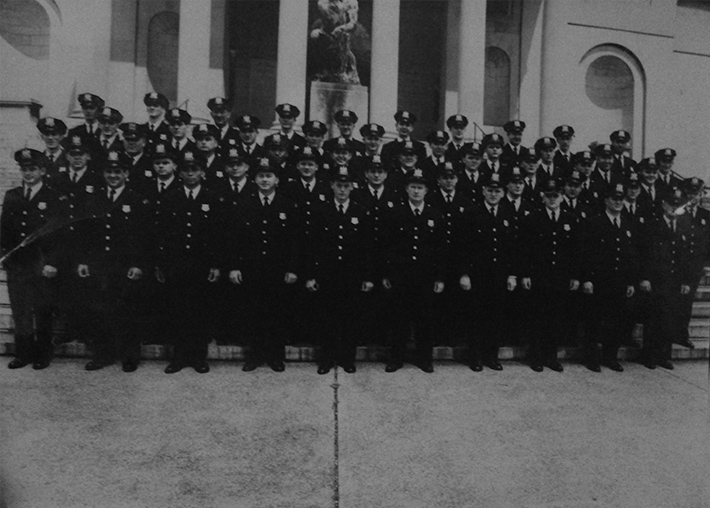
One of the classes of 1960
Officer Billy R. Vest Sr
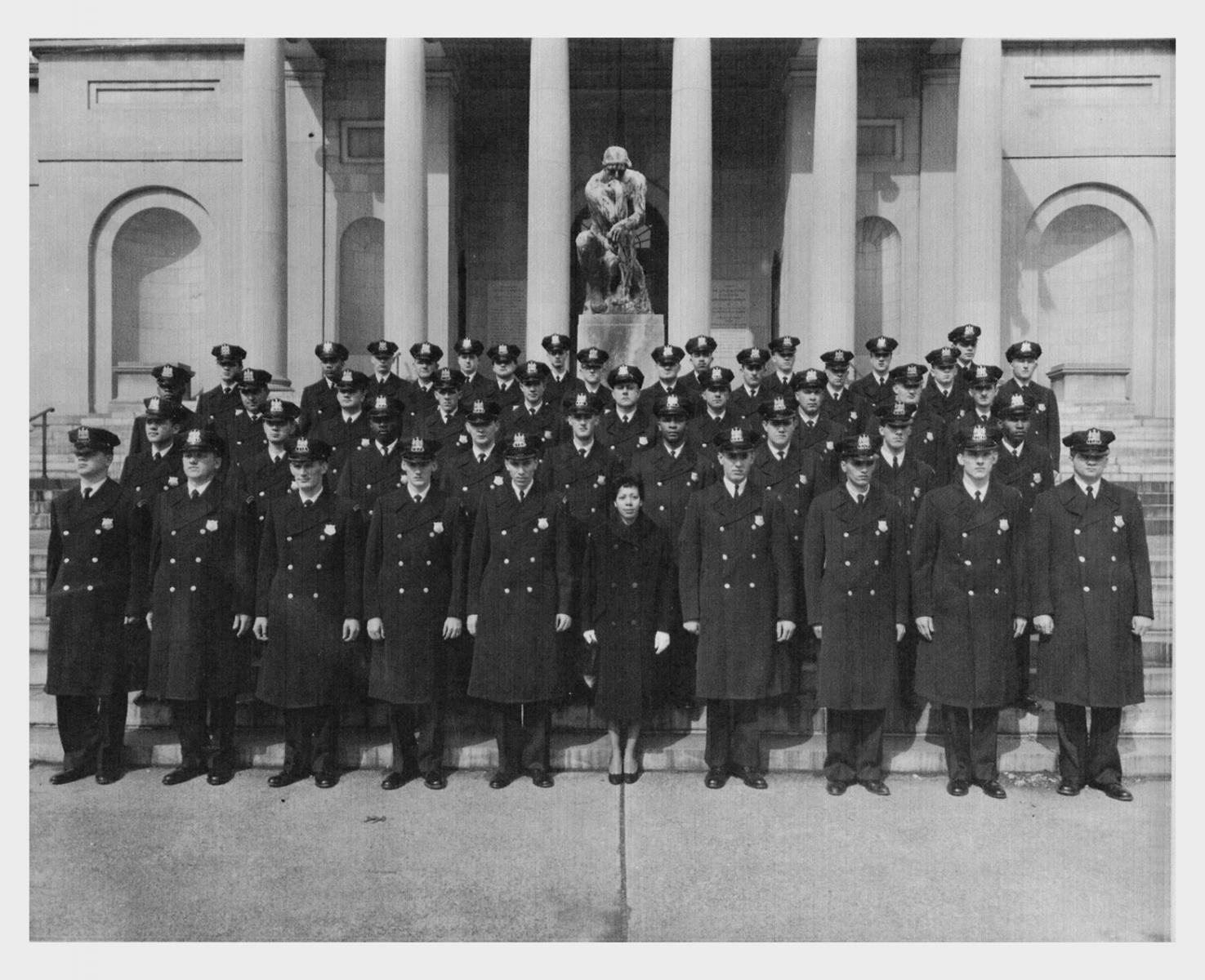
Courtesy Mabel Smith
Class Photo Dec 1960
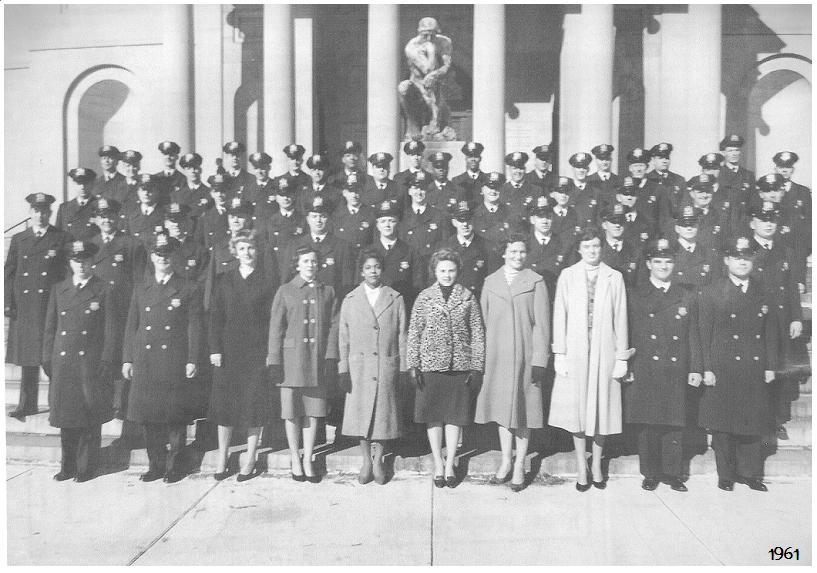
Academy Class 1961
Academy class of 1961 in front of the Baltimore Museum of Art, in front of “The Thinker” Front row: left to right 4th Elizabeth Treakle, 5th Mary Thomas, 6th Kay Allman, 7th Clara Sigman, 9th Peter Pauline Second row: left to right 4th Kenneth Lambert, 7th Charles Markiewicz, 11th Paul Oneto Third row: unknown Fourth row: left to right 4th Bernard Sullivan, 11th William Willis, 15th Donald Hranicka, 16th Norman Cutsail, 18th Merle Newman

Photo Courtesy Sgt. George T. Owens

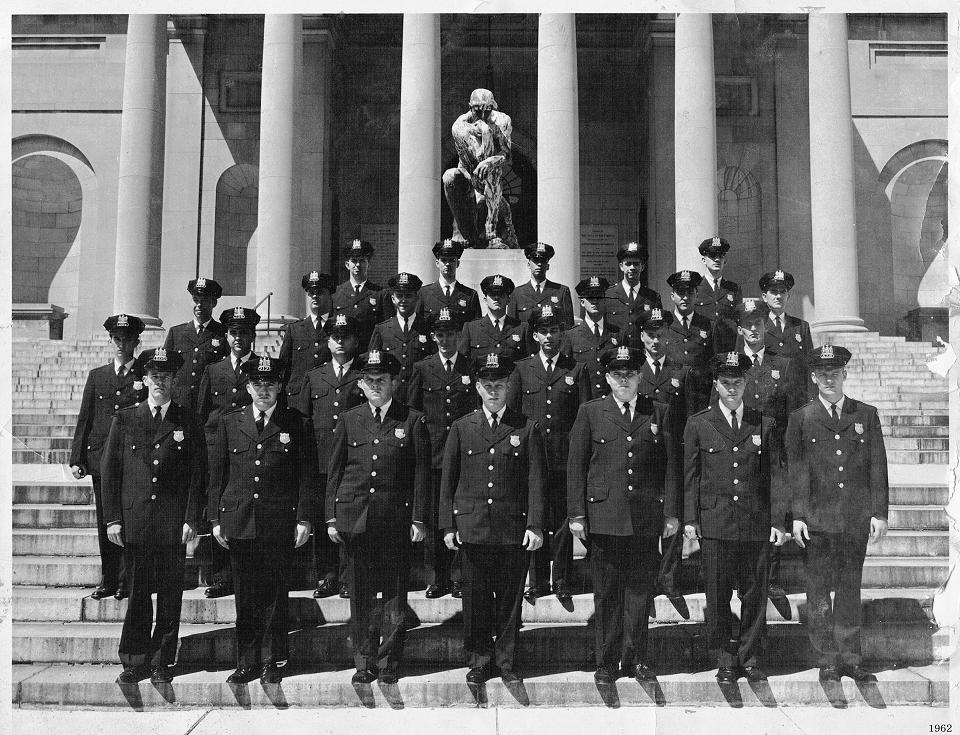
Academy Class 1962 started in May and recruits were graduated in September.
Police Officer John Magrogan, badge# 166, is pictured far right, second row 1st. officer
Officer Magrogan left Baltimore Police Dept. of Prince George Co Police Depart.in Aug 1965
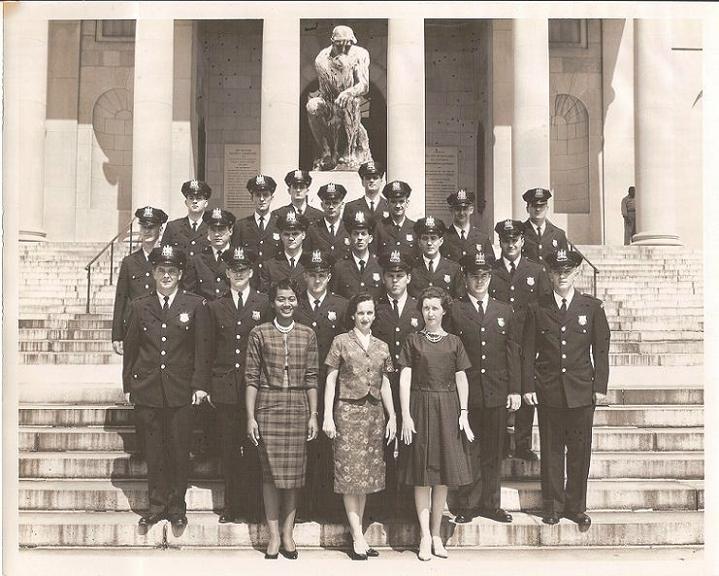
COURTESY OFFICER JOE WICZULIS
Officer Bowden, 1st row last on right, left the department during the first year, Officer Elbert F. Williams is in the second row, 1st. from the left, second row second from left is Officer Tony Savalina second row second from right is Officer James Catterton, who left the police department and joined the fire department, 1st row third from left is Officer Agusnack, next to Officer George T. Owens

Photo Courtesy Sgt. George T. Owens

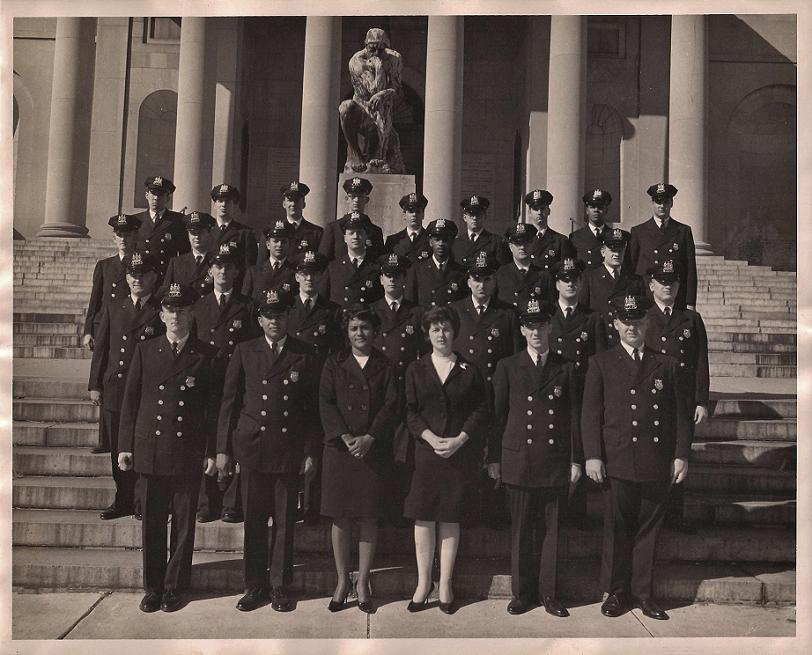
Graduation August 1964
Officer Daugherty, was in the second row third from the right.
Bessie Norris, Dottie Charles, Bill Rowley were also in the class
.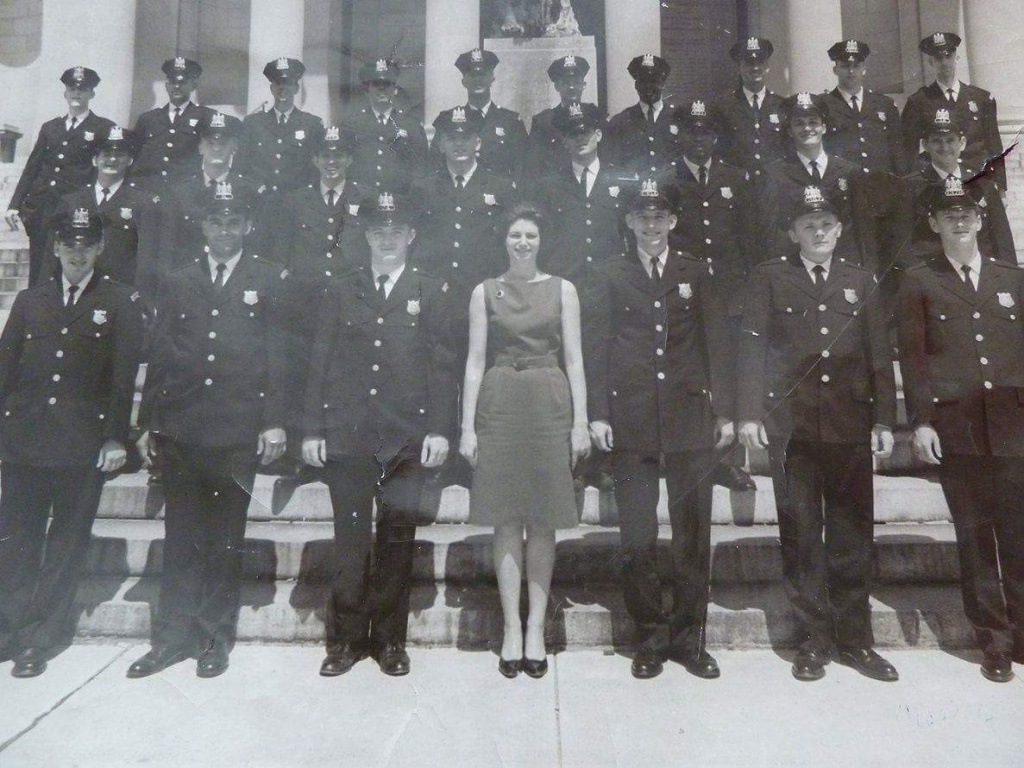
Courtesy Jan Humble
1964 Class picture taken on the steps of the Baltimore Museum of Art, March 1964.
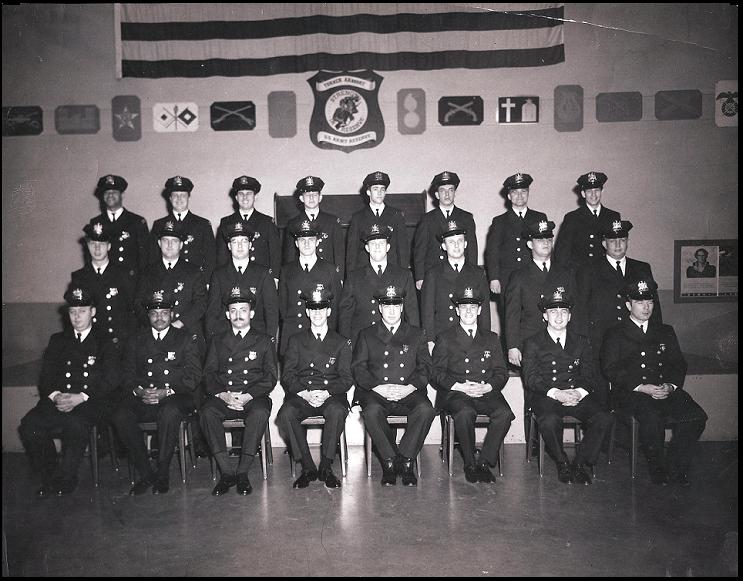
COURTESY OFFICER TONY PETRALIA
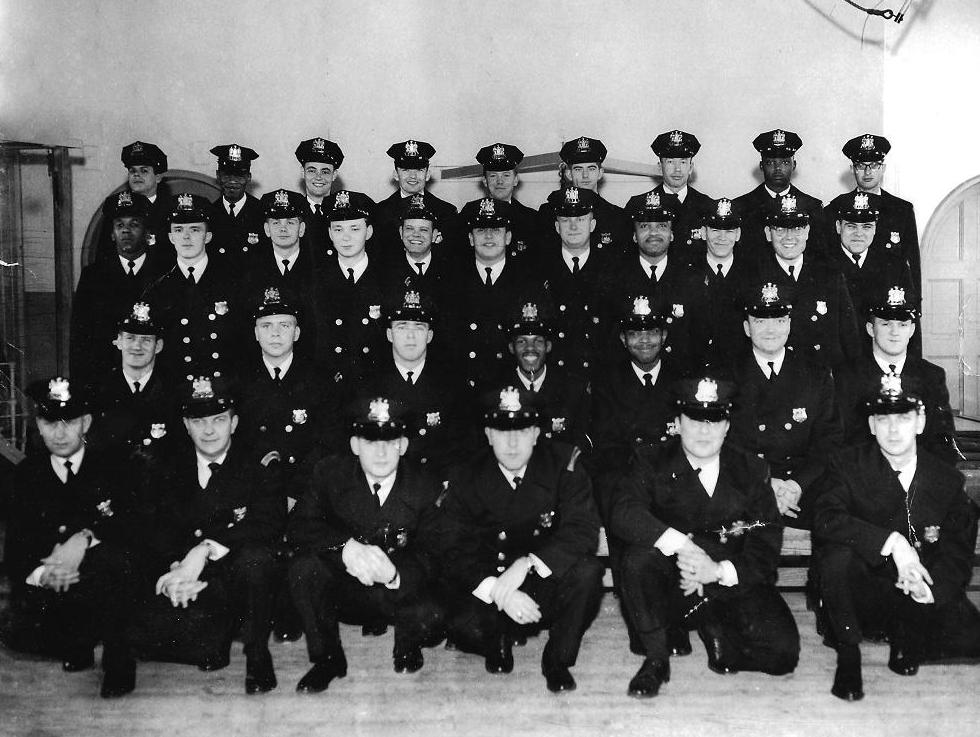
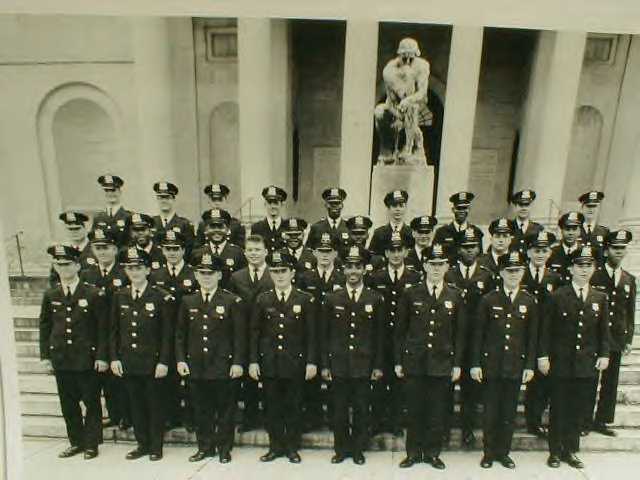
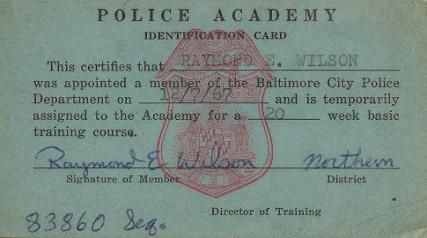
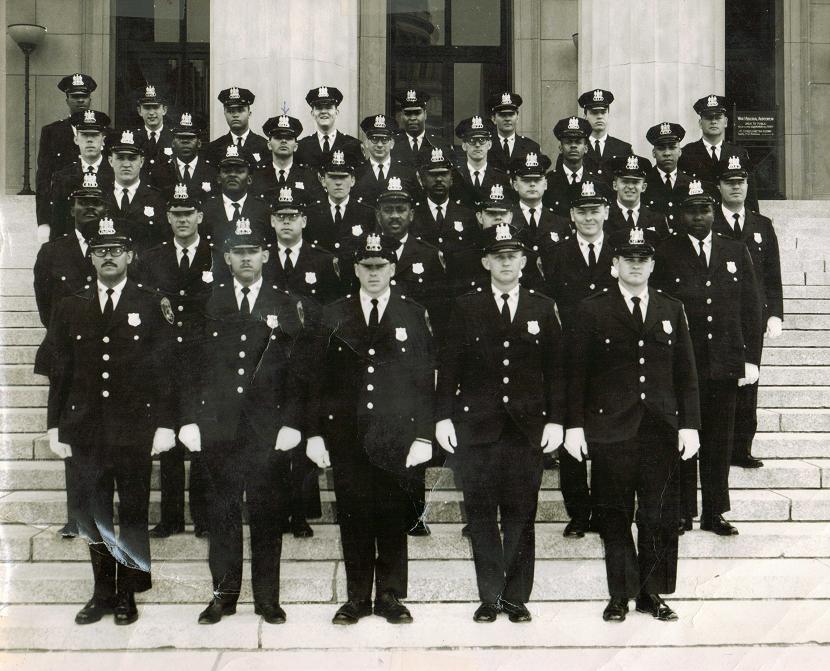
 12 July 1968
12 July 1968 Courtesy Edward Marston Jr
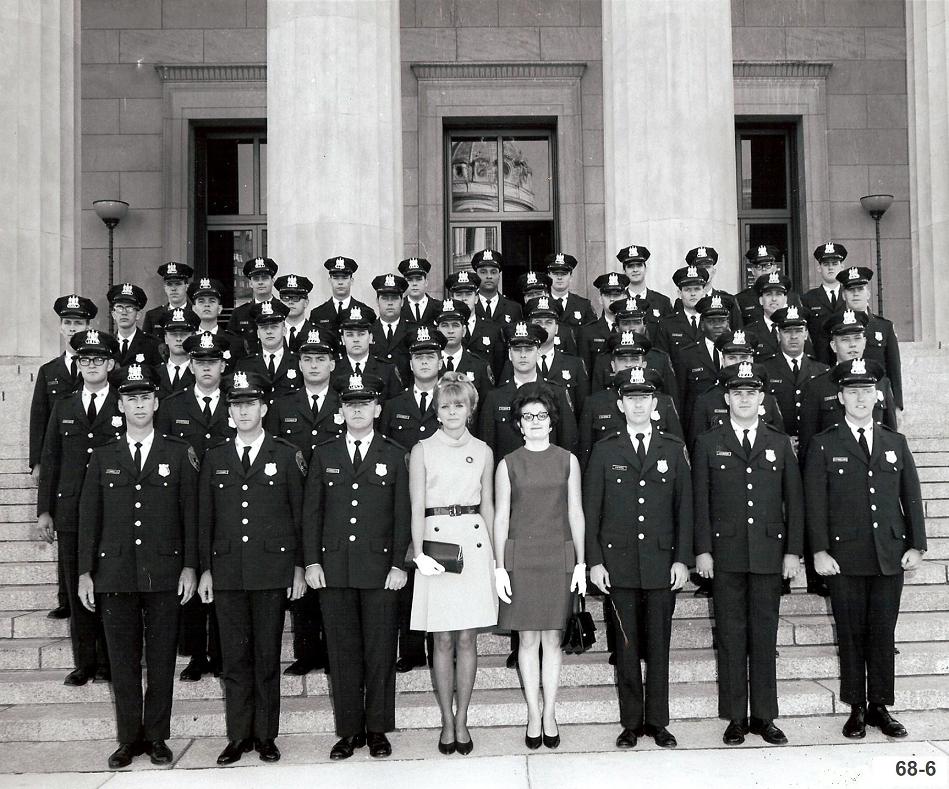

Officer Donald Myers graduated from 68-6 and served The Baltimore City Police Department for several years and moved on joining the Taneytown, Maryland and then the Manchester, Maryland Police Departments, serving as Chief of Police for each. Don is now retired and living in Florida.
Robert Wilson was graduated as well from this class and attained the rank of Lieutenant before retiring.
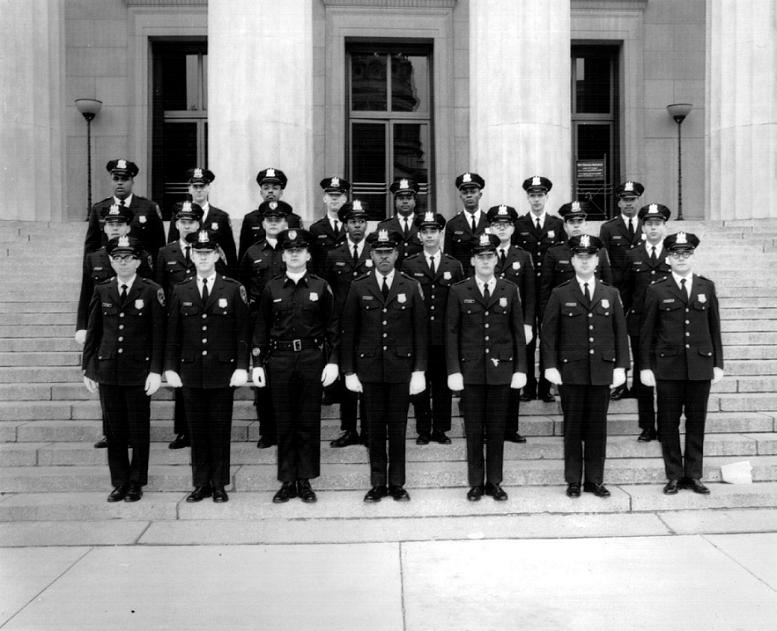
Courtesy Det. Leonard A. Willis, Sr
68-9 is a very small but unique class because it was the first graduating class of the "Experimental Time Phase Functional Recruit-Training." The class of 21 policemen went through 20 weeks of training. Each graduate received 12 college credits for the completion of this program. The names of the graduating Officers are: Top Row: from left to right are: Ronald C. Stewart, Charles L Vanneman, Alvin A. Winkler, James F. Alford, Leonard A. Willis Sr., Ray L. Gillispie, Kenneth R. While Middle Row: left to right are: Louis F. Wright Jr., Billy R. Anderson, Frank H. Grant (Howard County Police), James K. Conway, Brent L Crawford, Edward L. Hamilton, Robert A. Moore, and Edgar H. Whiteman. Bottom Row: Left to right are: Charles F. Cichon, John Cunningham, David M. Doxzen (Howard County Police) Robert C. Harrison, Charles J. Ryan, Robert J. Addison and Joseph W. Weber. Information provided by Leonard A. Willis, Sr., a former homicide detective with the Baltimore Police Department.
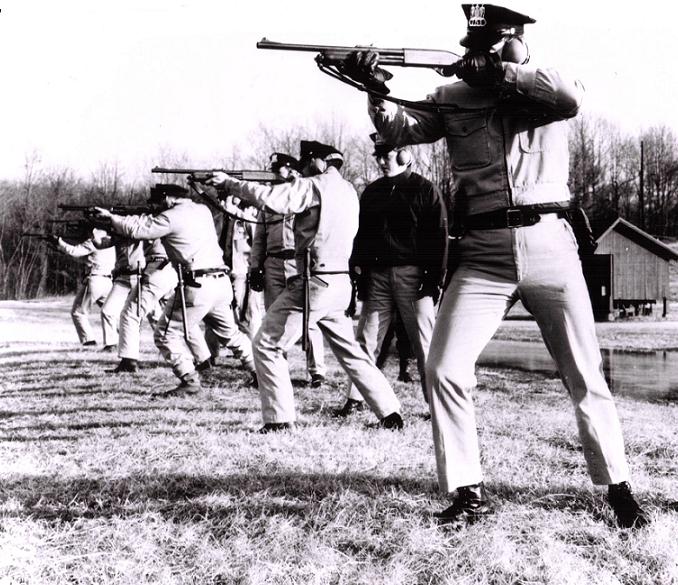
Police Trainees, shotgun training at the range

GUNPOWDER RANGE
Baltimore City Police Firearms Training Area
Class 87-3 obviously followed by class 87-4 heard of some poor decisions made by members of the junior class and that Pepsi machine seen in this picture, from what we heard you could either hit the machine, or reach up in it and get free soda's (they didn't know free wasn't free, first it was stealing and second they paid for it with their jobs. Several members of that class were fired for stealing sodas. If you are going to catch a thief in uniform there is no better time than while they are in training.
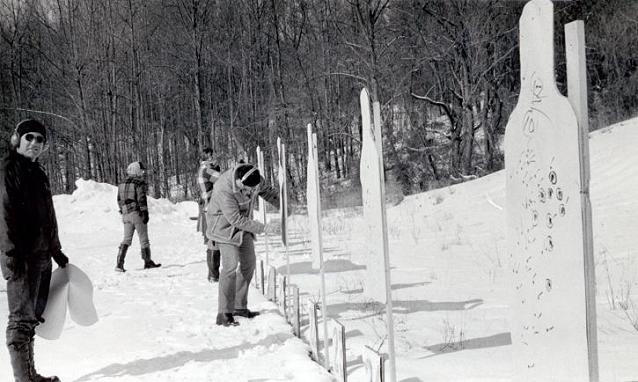
COURTESY SERGEANT BERNIE WEHEDGE
I do swear or affirm that I will support the Constitution of the United States: that I will be faithful and bear true allegiance to the State of Maryland and support the Constitution and Laws thereof: that I will to the best of my skill and judgment diligently and faithfully without partiality or prejudice execute the office of a Probationary Police Officer for the Baltimore City Police Department according to the Constitution and laws of this State.
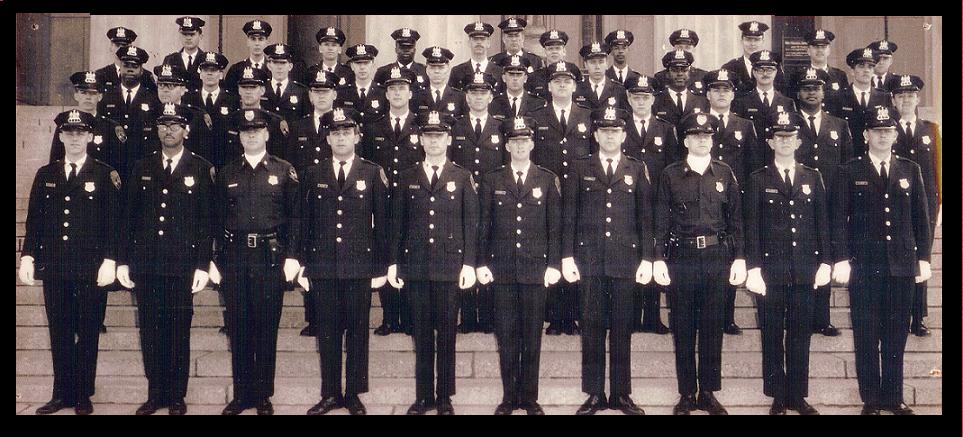
Academy CLASS 68-?
Officer Ernest Elliott third row, third Officer in from left to right. Officer Elliott was Assigned to the Southeast District and served there for 5 years. Officer Alan Williams, 2nd row 3rd from right
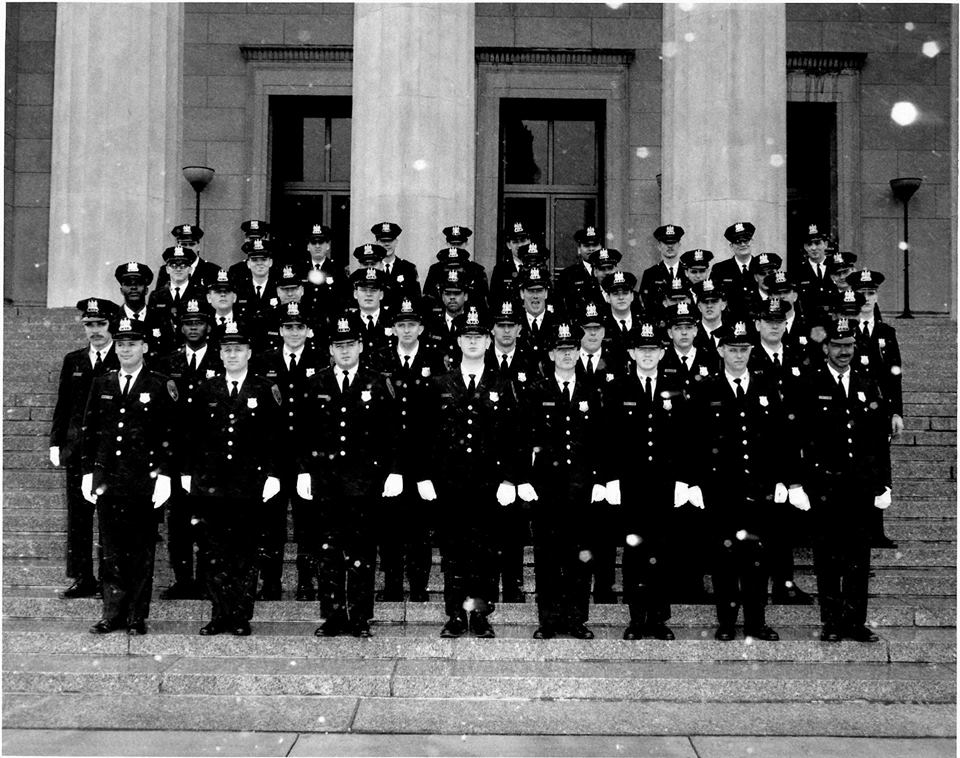
CourtesyMichael Roselle
Class 68-11. This is the right photo of Class 68-11 graduation on Feb 14th, 1969

COURTESY AGENT LEONARD PODGORSKI
2nd row on the right side we can see Jimmy Halcomb
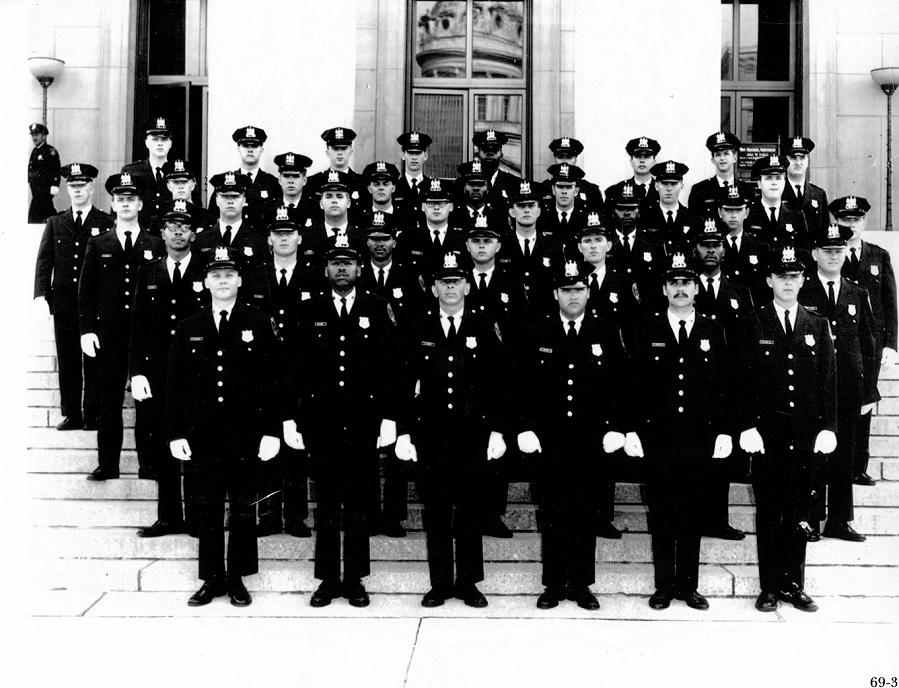
Academy Class 69-3

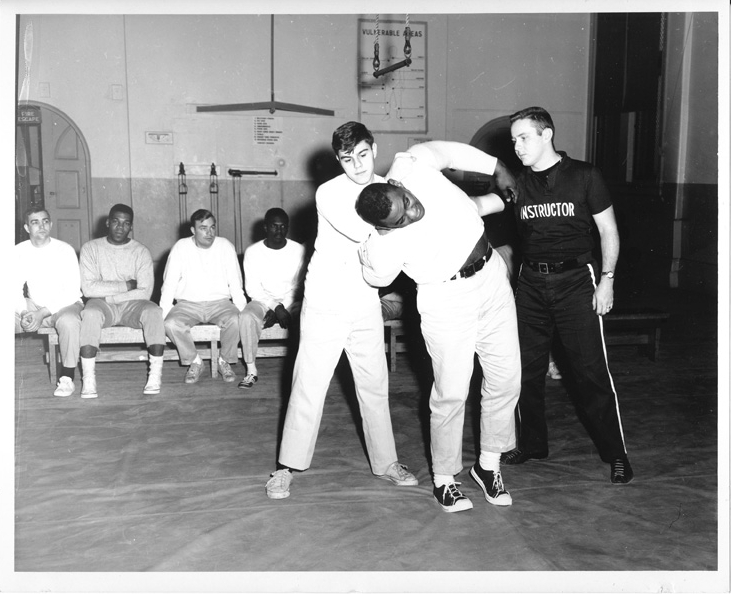
COURTESY OF MAJOR ROBERT DiSTEFANO
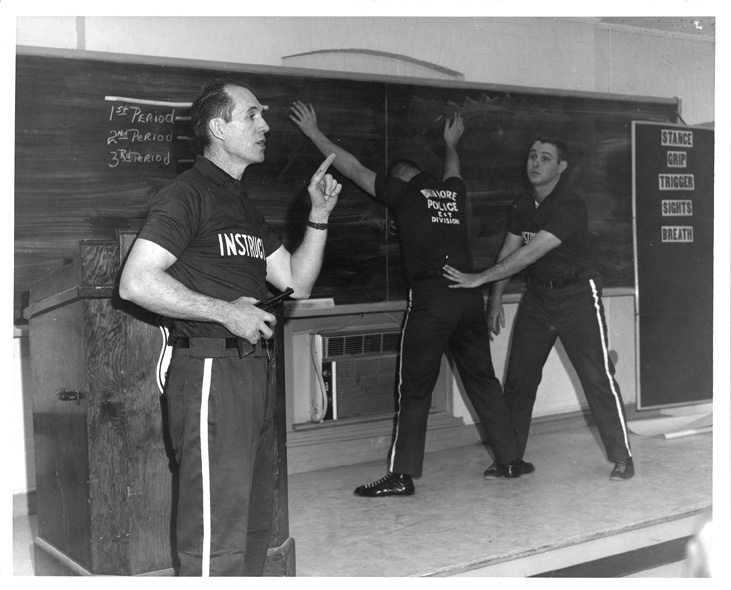
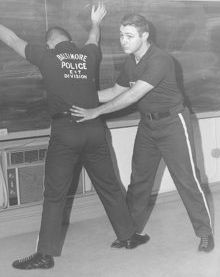
Northern E&T, DiStefano and Officer Bob Michael again.
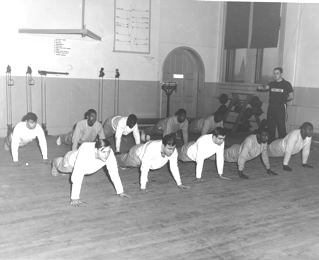
E&T at the Northern, Jan 31, 1969, showing DiStefano, and a group including then cadet, later Major, Frank Russo, on the left of the picture, in the back row
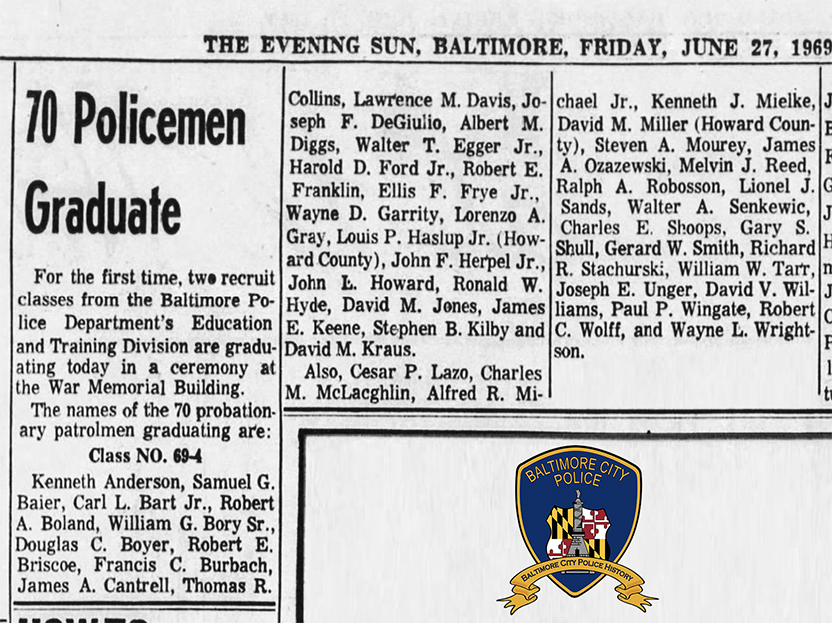
Class 69-4
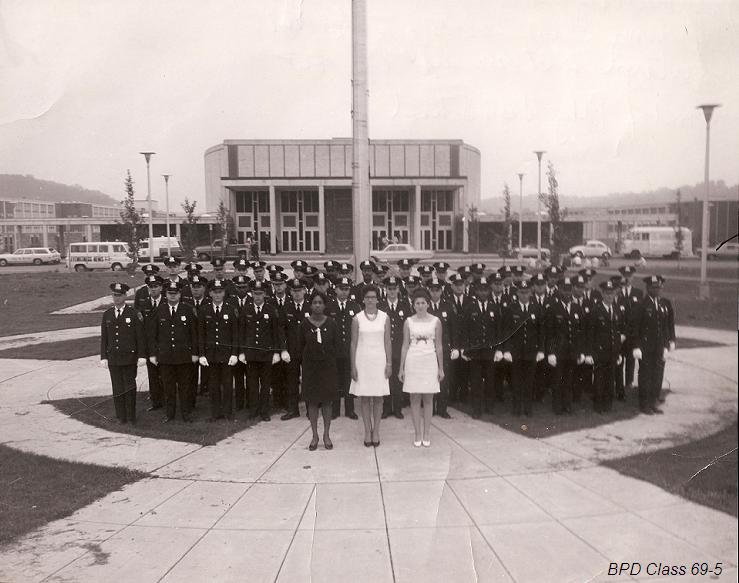
Courtesy Officer William Bertazon
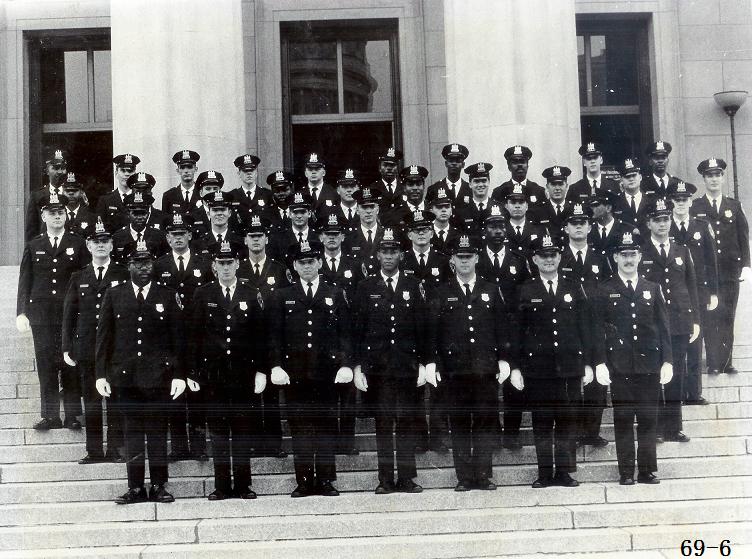
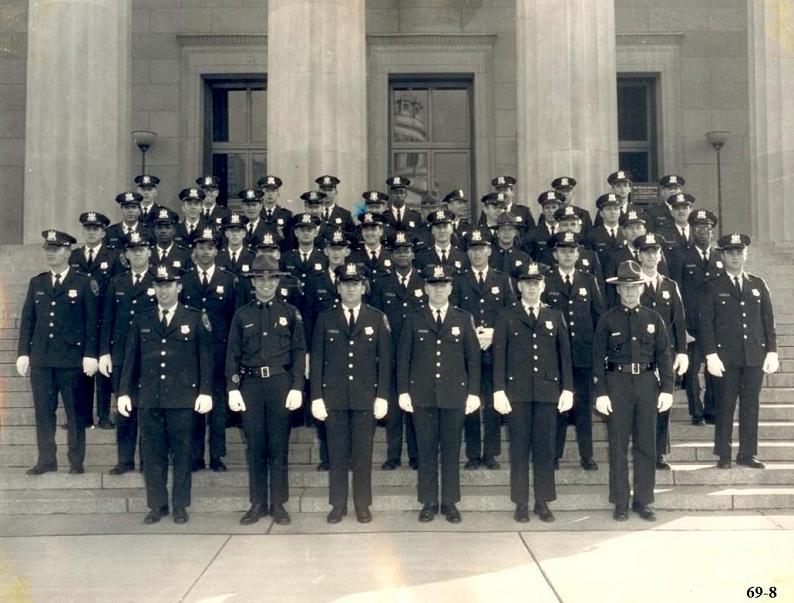
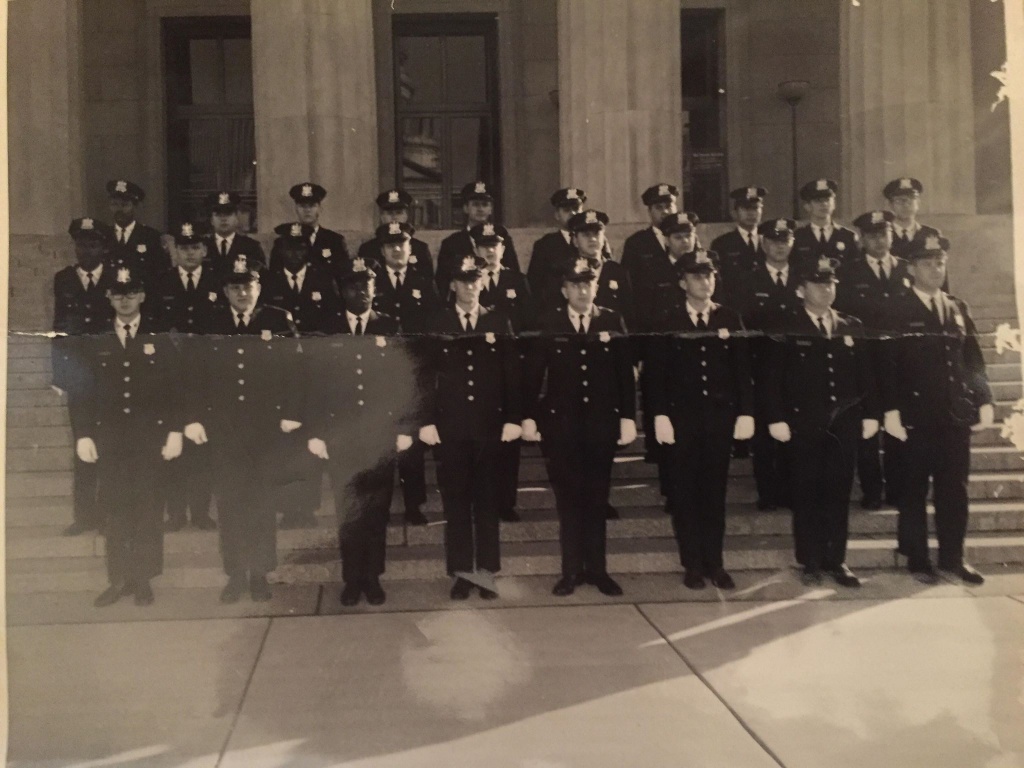

Class photo was taken in front of the War Memorial Bldg.
1st row…. .. 7th from left is Officer James Liberto
2nd. Row…6th from left is Officer Dan Gray
3rd. row...... 7th from left is Officer Gilbert Robinette
4th row....... 5th from left is Officer Wilbur C. Bartels E.O.D. August 1969 to retirement October 1989
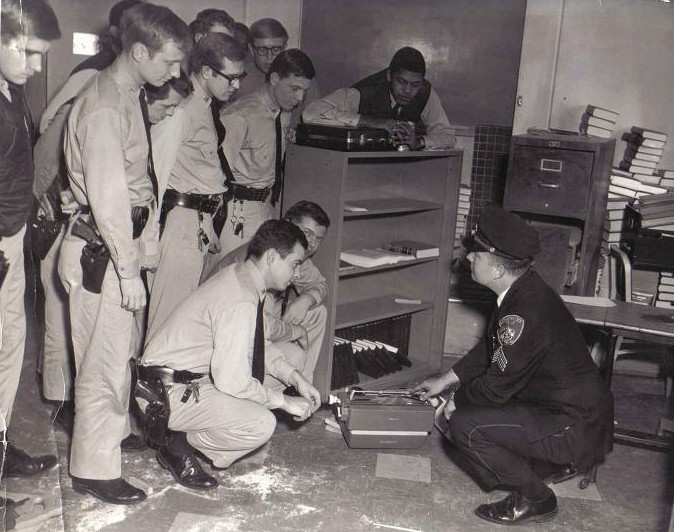
Courtesy Lt. Tom Douglas
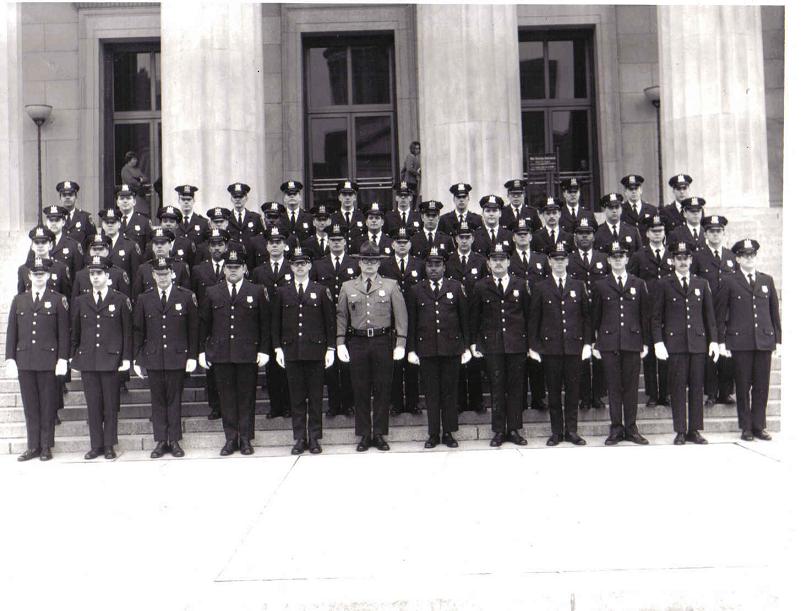
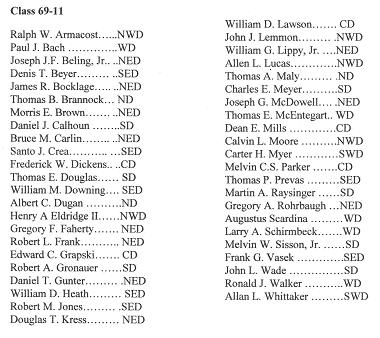

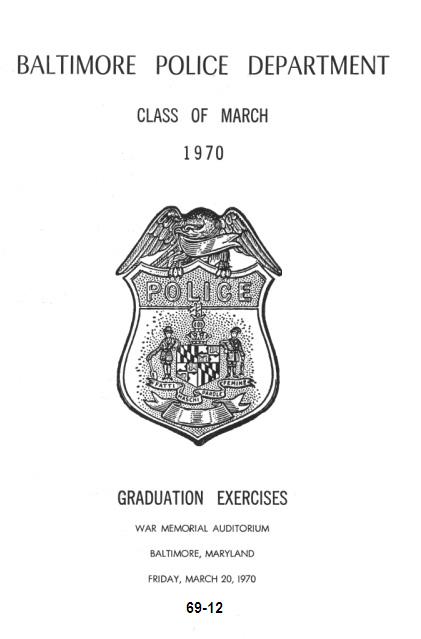
GRADUATES
69-12
ALLPORT, DAVID A. KENNEDY, JOSEPH P. JR.
AVERY, WILLIE J. KIBLER, GEORGE T.
BEAUCHAMP, MARTIN L. KORRELL, ROBERT B.
BLACKBURN, DAVID R. KRAMER, DONALD F.
BLEAKLEY, ALBERT N. KREBS, JOHN L.
BOHRER, MELVIN L. MAXIMUK, WALTER A. JR.
BURKART, CHARLES L. MILLER, HERBERT R.
BUSCEMI, JOHN M. MUIR, ROBERT W.
BUSH, RICHARD E. O’HARE, THOMAS L.
CAPPS, LARRY E. PETRIC, IVAN
COOPER, KING E. QUINTANA, PAUL D
COPE, MICHAEL I. SCHMIDT, ROBERT P.
COWAN, WILLIAM K. SCHLEIN, STANLEY D.
DAY, DONALD D. SIZELOVE, HARRY A.
ESPOSITO, THOMAS R. SLOAN, DONALD M
ESTEVES, GEORGE G. JR. STANLEY, CALVIN C.
FREEMAN, GEORGE G. III STEEDMAN, JAMES R.
GALASKI, FRANKLIN M. SULLIVAN, GARRY B.
GERBEN, EDWARD D. JR. TIMMONS, TIMOTHY G.
GERMAN, EDWARD W. TRAWINSKI, RAYMOND J.
HALL, JAMES B. WHITEMAN, CHARLES H.
JONES, ARTHUR M. WRIGHT, WILLIAM C. JR.
KALL, LAWRENCE M.
![]()
Criminal Justice Commission Names lieutenant Otto A. Urban As The "Policeman Of The Month"
April 1970
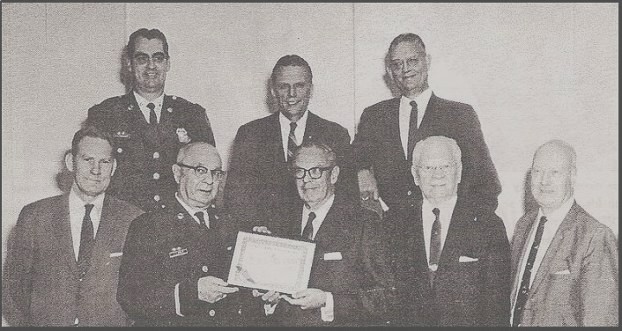
BPD NEWSLETTER
Lieutenant Otto A. Urban, a 43 year veteran of the Department, presently assigned to the Education and Training Division, received the Criminal Justice Commission's "Policeman of the Month" citation on April 2nd. The award was made by Commission president, Phillip Heller Sachs, during ceremonies at the Education and Training Division. Mr. Sachs noted that "outstanding police services not directly related to the apprehension of criminals are frequently unpublicized and Lieutenant Urban merited this award as an 'unsung hero' for sustained above-average performance and dedication to duty over a long period of time." The picture above includes in the back row, from left to right Major Norman E. Pomrenke, Deputy Commissioner Wade H. Poole, and Deputy Commissioner Thomas J. Keyes; the front row includes from, left to right, Mr. Richard G. Sullivan, Managing Director of the Criminal Justice Commission, Lieutenant Otto A. Urban, Mr. Phillip Heller Sachs, Commission President and other members of the Commission, Mr. Ernest Johannesen, and Mr. Warren A. Miller.
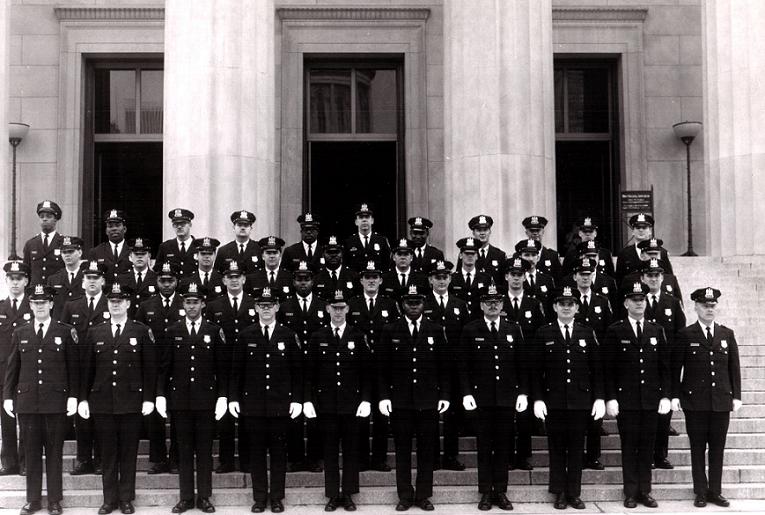
Officer William Hackley photo
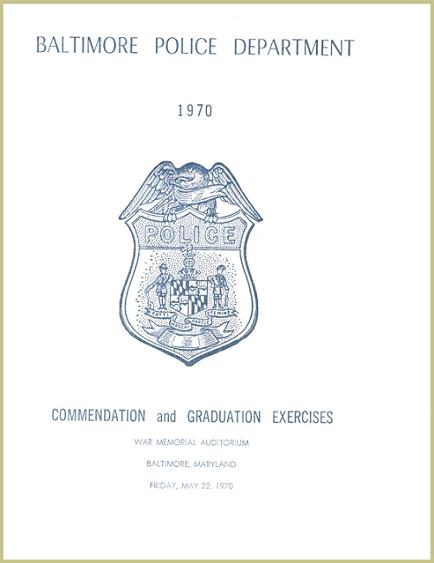

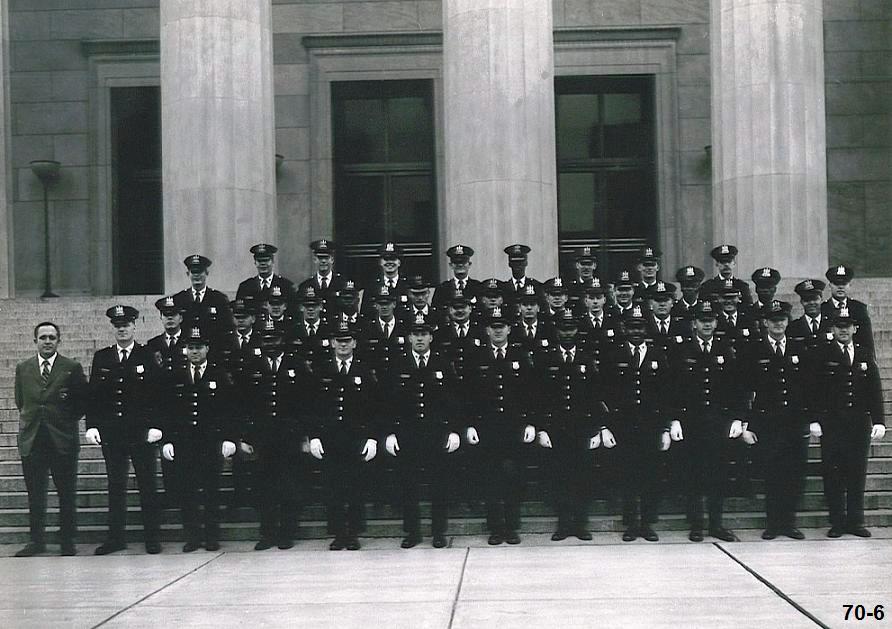
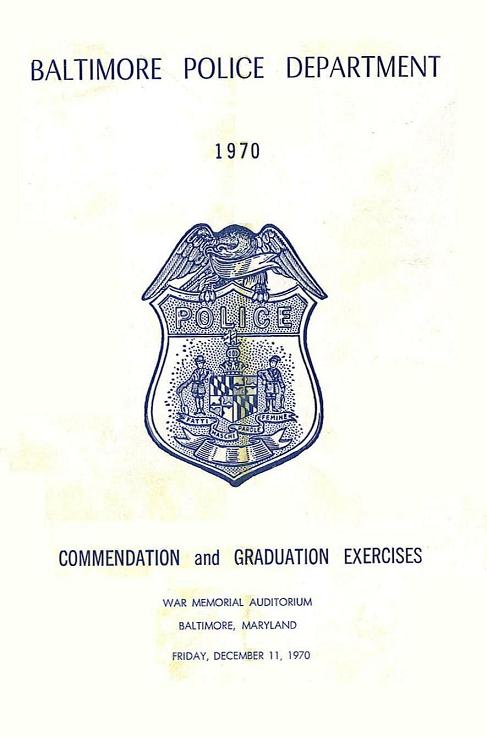
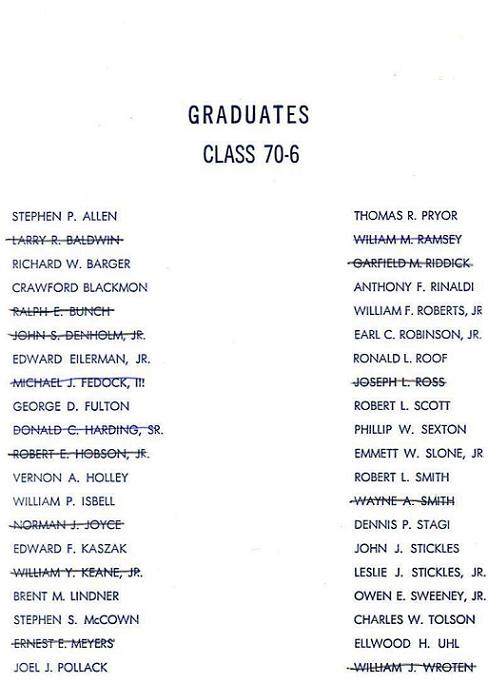

Courtesy Wesley Wise
Class 70-7
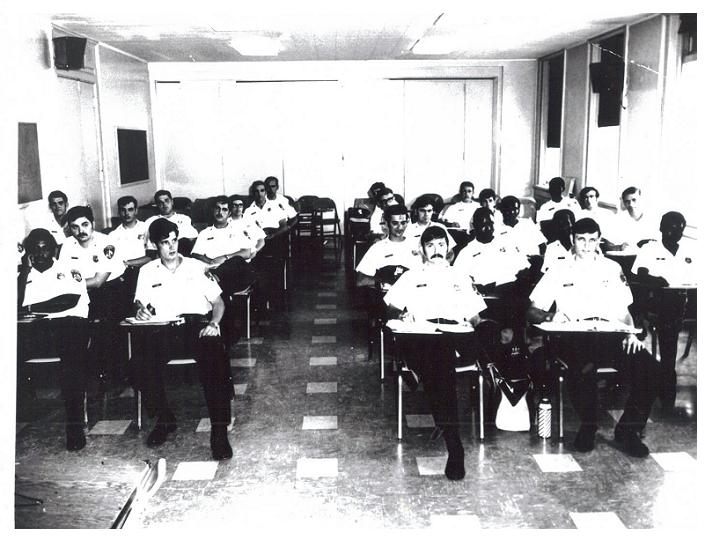
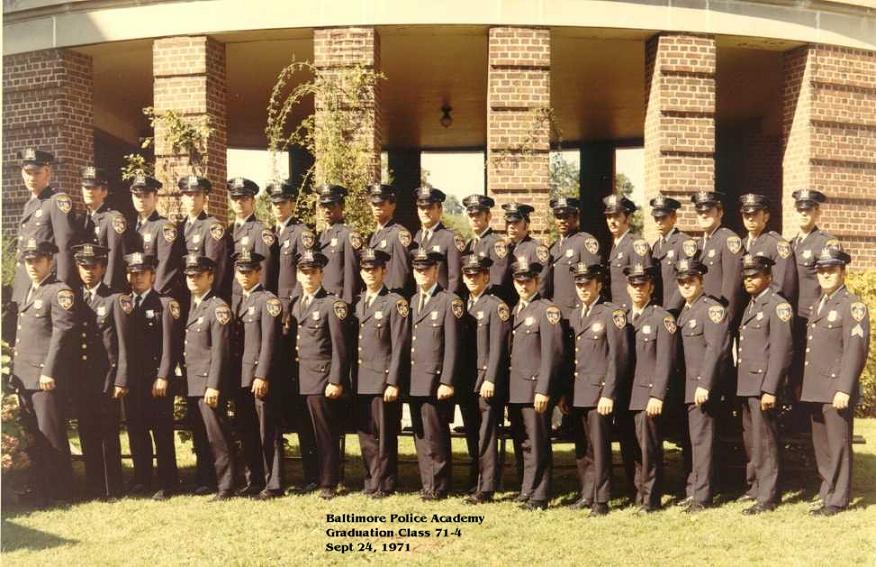
first-row center sergeant Howard Collins, bottom row far right.
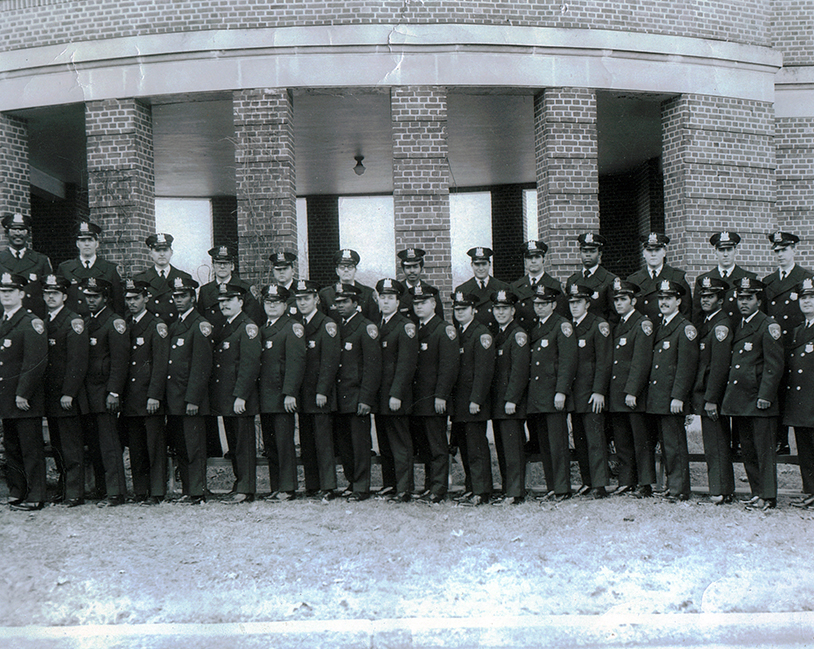
Class 71-7

Class 72-?
Bernie Lowry class
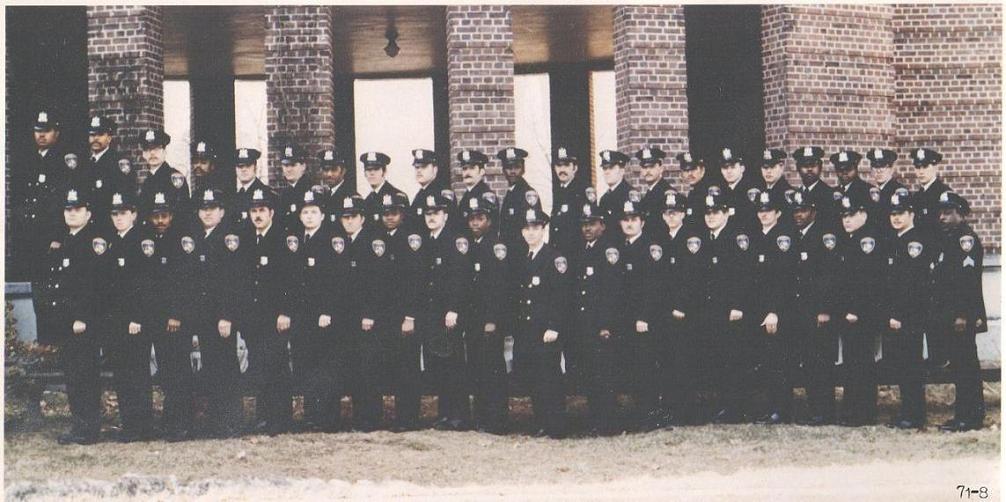
GRADUATES
CLASS 71-8
LENARD AKLES, SR. EDWARD L. JACKSON
RICHARD ANDERSON CONRAD P. JONES
HOWARD R. BANKS RICHARD J. KOEL
JOHN P. BARTON FREDERICK D. LANE
EDWARD M. BOYLE ERIC N. MANUEL
LAFAYETTE L. BRIGGS ALVIN E. MARTIN, JR.
DOUGLAS M. BRIMLEY GLENN J. MORELOCK
HENRY D. CAVE, JR. LOUIS G. PARKER, JR.
JEROME W. CHAMBERS PRENTERALD C. PRICE
DONALD R. CHASE WESLEY D. RADCLIFFE
JACK N. D’AMARIO MAURICE W. REDMOND
THOMAS J. FISHER SANFORD C. SCOTT
STEPHEN G. FREY MICHAEL G. SHANAHAN
EDMUND J. GENTNER JEAN P. STANFIELD
PHILIP S. GERALD GARY D. STARKEY
ANDREW GIORDANO RICHARD L. STEVENSON
DON W. HELMS BRADFORD A. THOMAS
JAMES T. HENDERSON, JR. JERRY A. VAN DER MEULEN
GEORGE S. HILL JIMMIE E. WALLACE, JR.
DOUGLAS. HOOD, SR. JEROME WILKINS
 Officer Terry L Miller
Officer Terry L Miller
Academy Class 71-9
The Class Commander was Lt. Lewendowski and Training Academy Commander was LT. Hoover with an Officer George Eckert as first aid and self defense instructor.
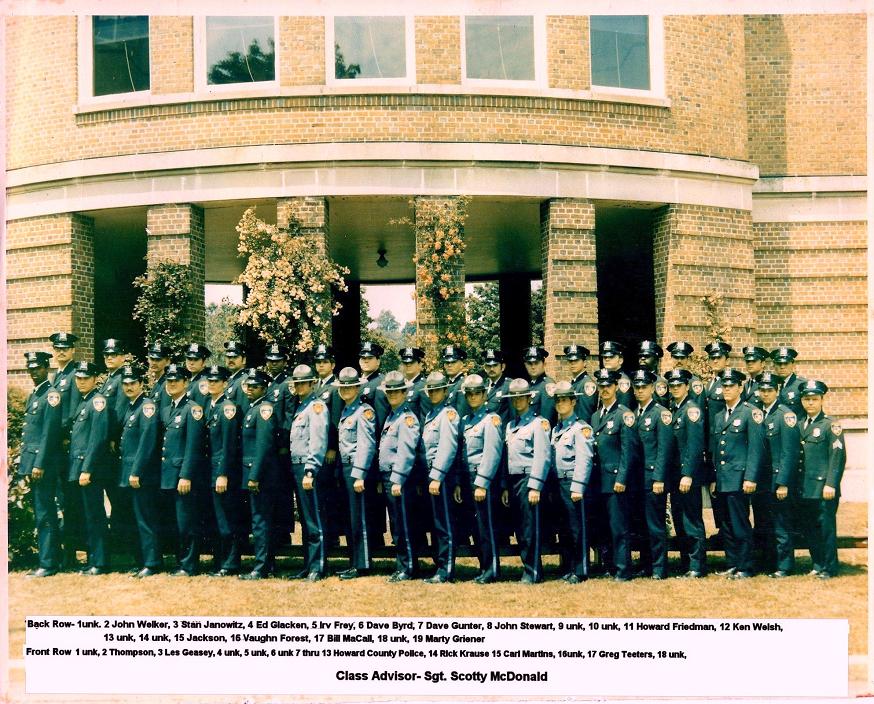
Photo courtesy Officer Rick Krause


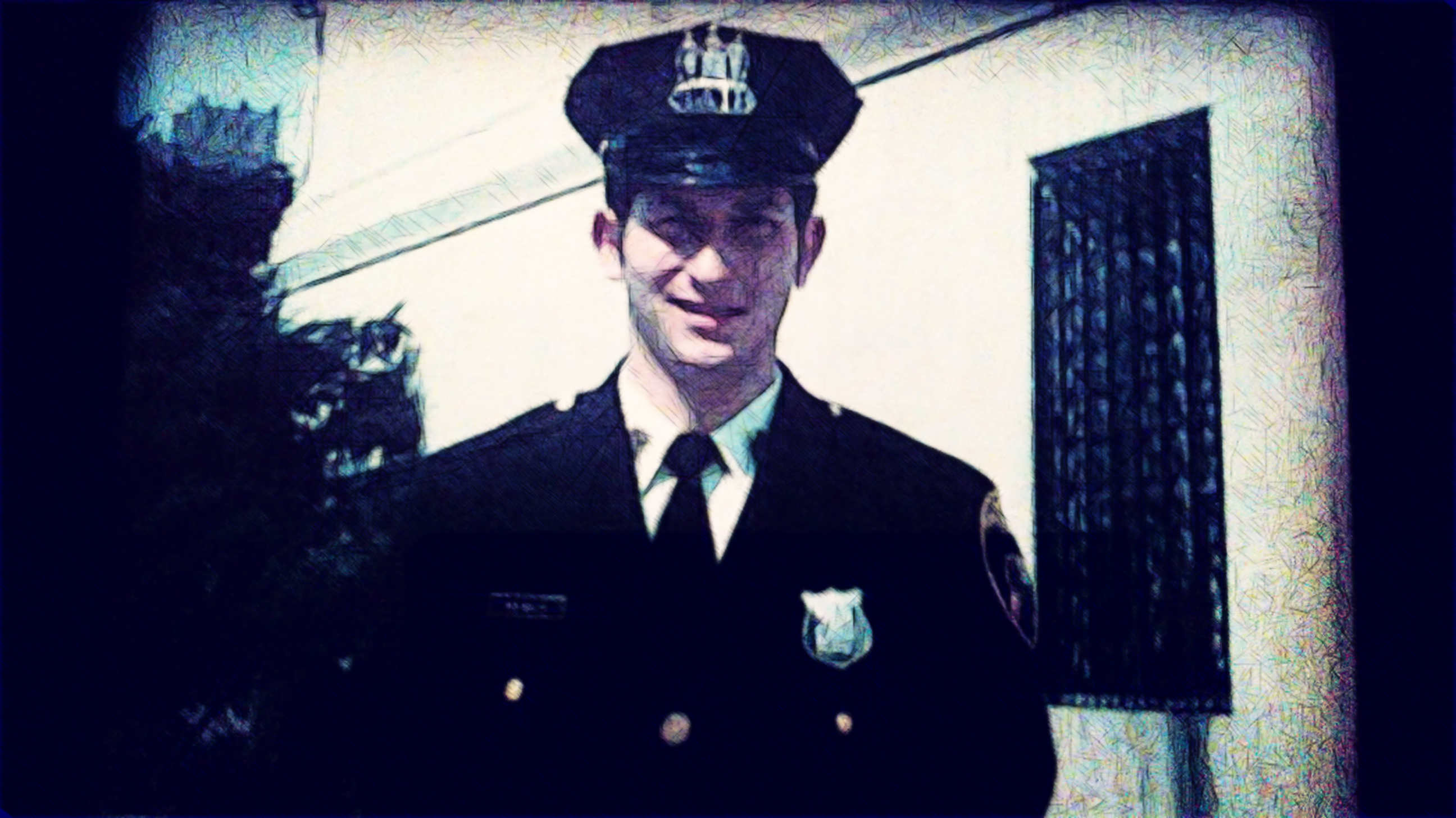
Drew Hall
Graduated 1972 (72-4)
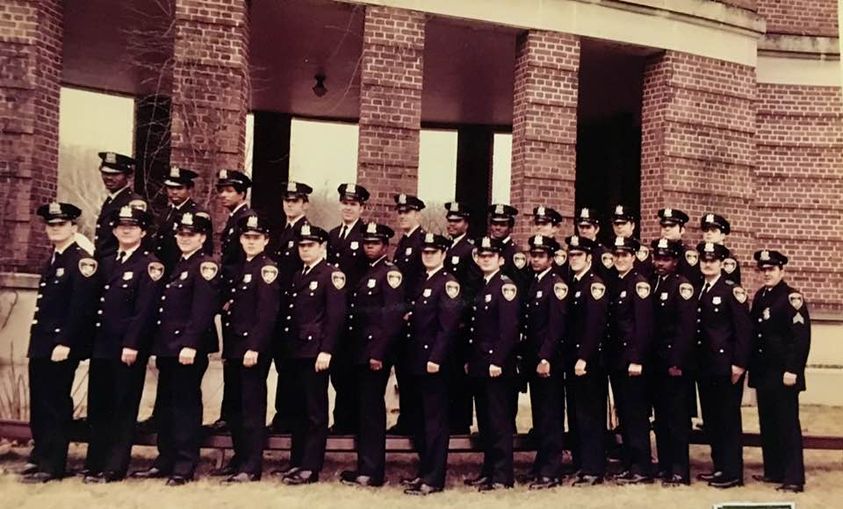
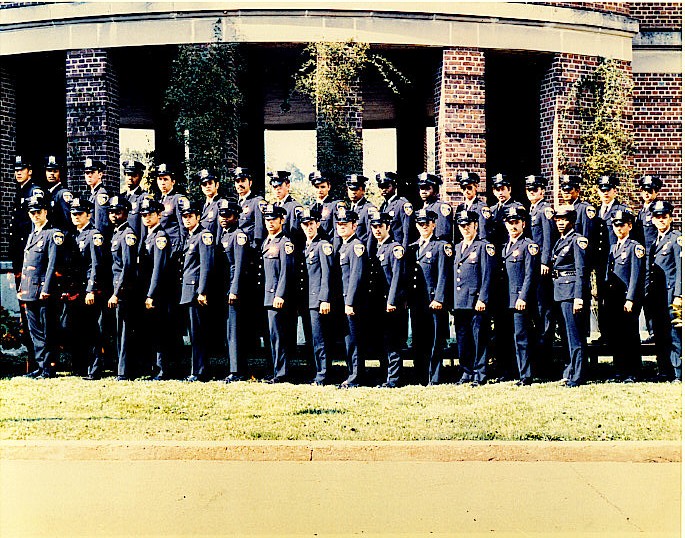



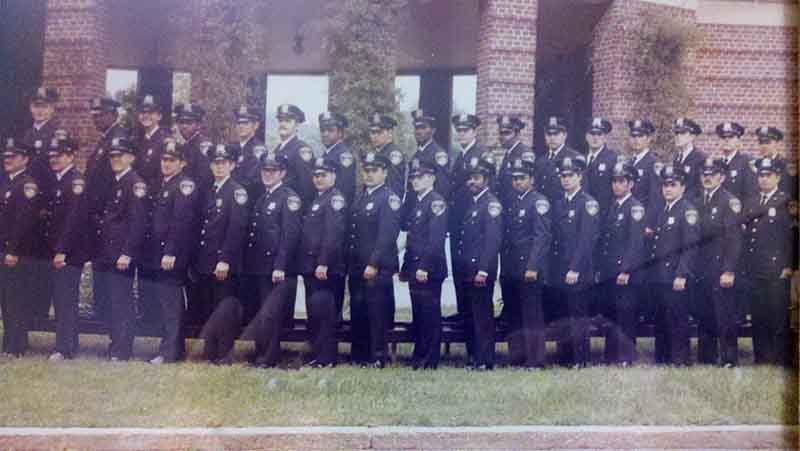 Courtesy Jim Carnes
Courtesy Jim Carnes74-4
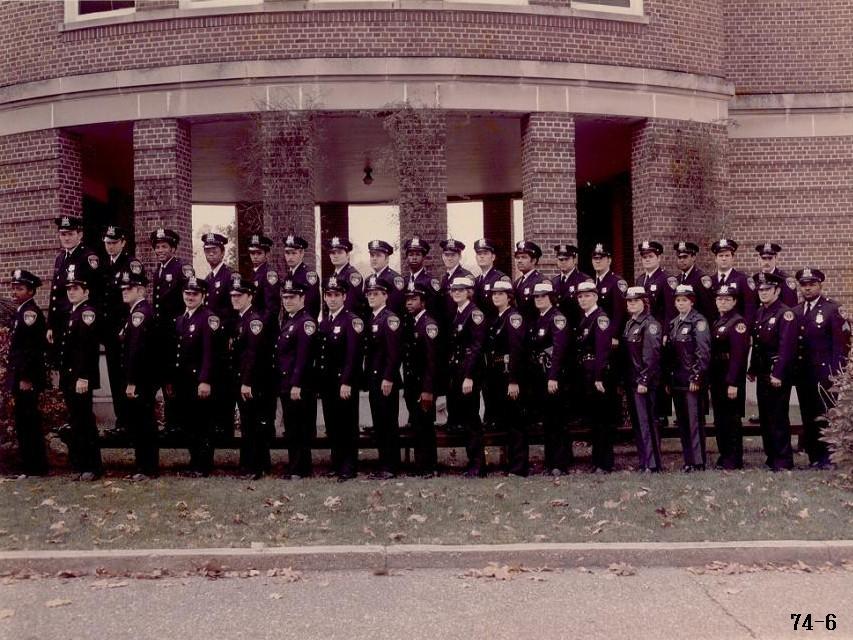
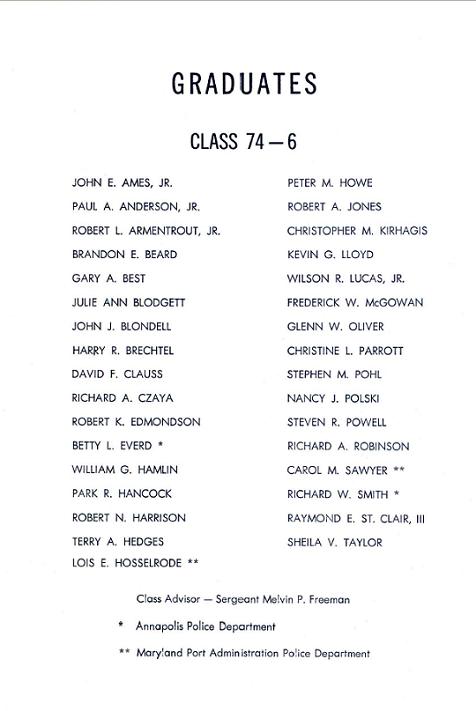
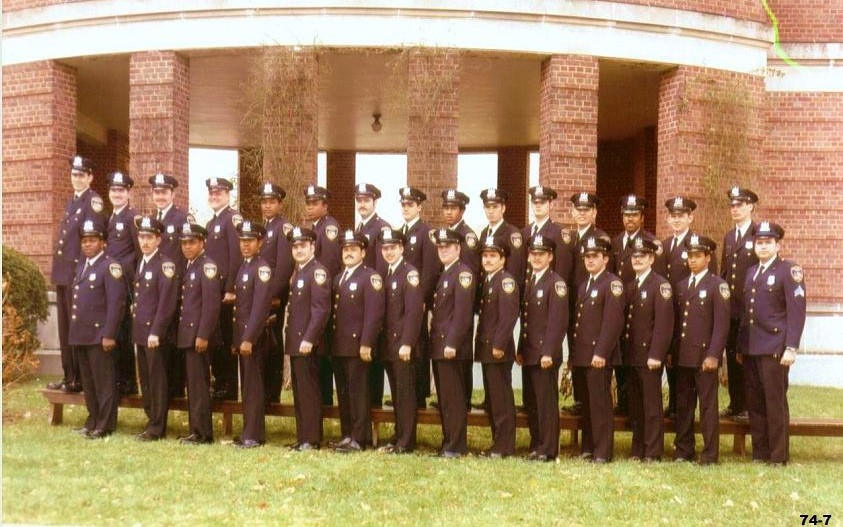
Back row left to right: unk, Gary Stott, Ronald James, William Ritmiller, unk, Johnny Fisher, unk, Brent Bryson, unk, unk, unk, Robert Douglas, unk, Leonard Blum, Innes Foster
The missing names from the class are: Roger Aikin, Ray Coleman, Mike Hanks, Glenn Miller, Swindell Roulhac, Kenneth Seekford, George Singleton, Thomas Stein, Melvin Thomas, Thomas Wells, and Howard Whitaker III. These names listed as (unk) possibly someone will look at the class photo and be able to fill in the blanks.

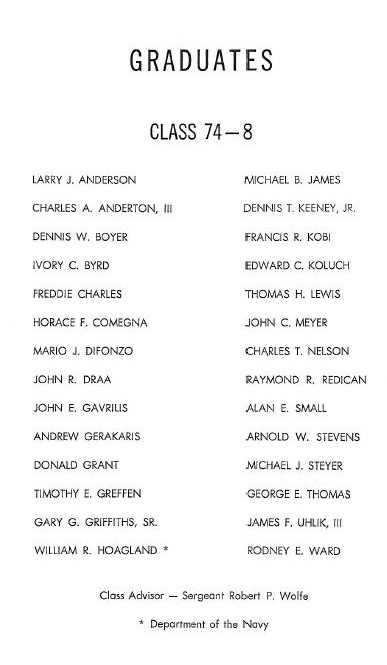

Academy Class 74-9
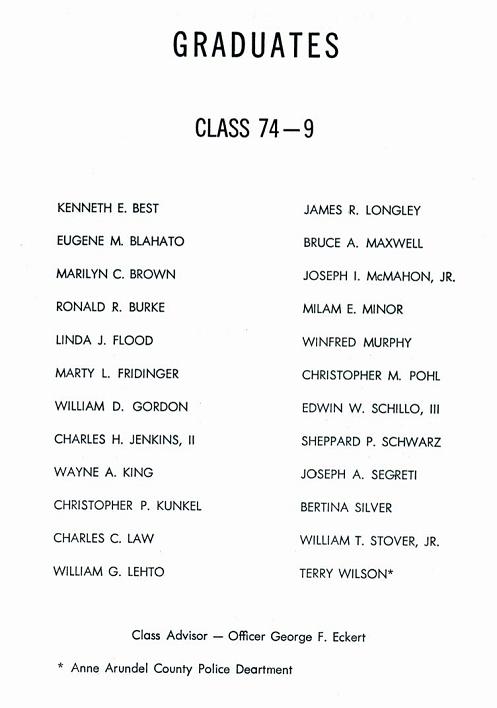
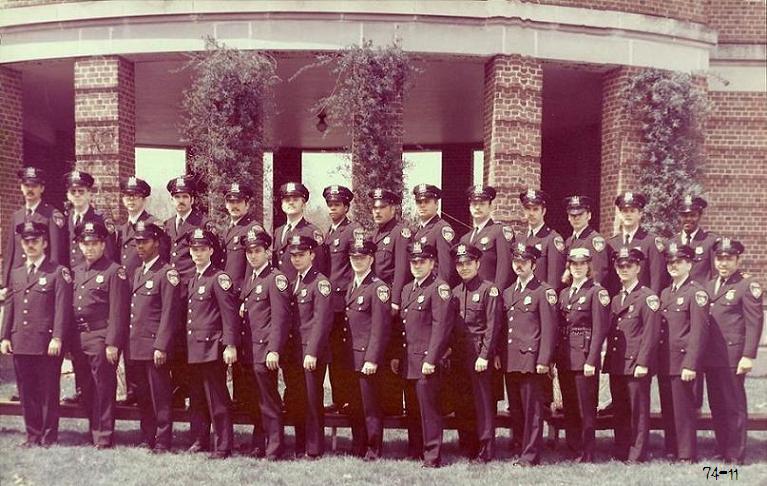
Front Row: James Eigner, Annapolis Officer Edward Mackiewicz , Byron Williams, Russell Merritt, Unknown, Floyd Myers, Daniel Chapman, Unknown, Annapolis Officer Glen Cross, Kathy (Hamilton) Patek, August Beyer, III, Stephen Grenfell, Officer Raymond Butler, Class Adviser
Back Row: James Fell, Kelly Allen, Andrew Leso, Tony Petralia, Gregory Meacham, Jeremiah Daley, George Faulkner, Annapolis Officer Neil Burke, David Bugda, John Poliks, John Johnson, Unknown, Unknown, Unknown Taken at Mt. St Agnes Academy on Smith Ave.

Photo Courtesy Denise DePasquale (Daughter of Officer Timothy Ridenour
Academy Class 75-?

75-2

Courtesy Jeff Rosen
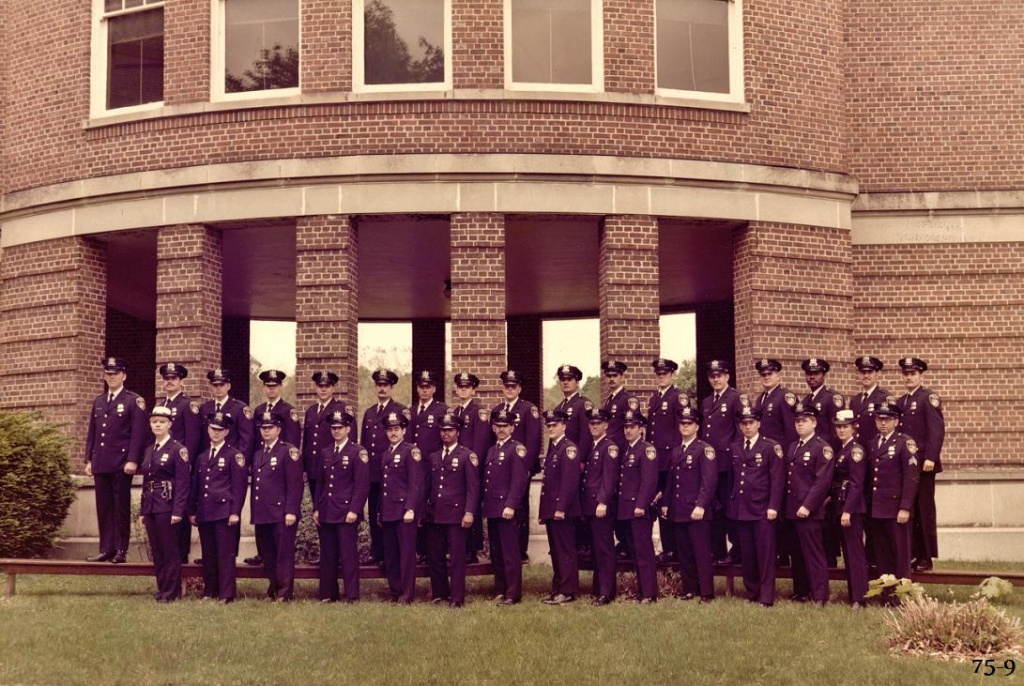
April 30, 1976
75-9 was the first class to graduate wearing the current issue badge.
When they were hired, they were issued the 4th.issue style that had been used since 1890, by the time they graduated, they were wearing the current badge. Also noteworthy is that they were wearing black bands on their badges in memory of Officer James Halcomb, who died in the line of duty.
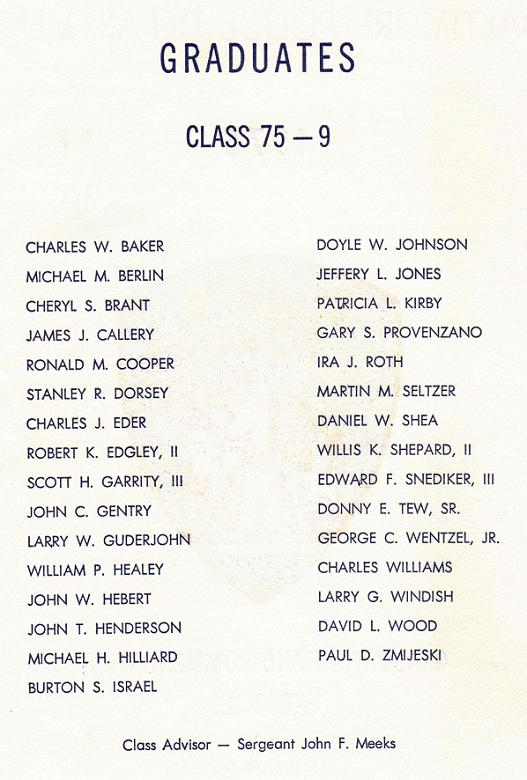
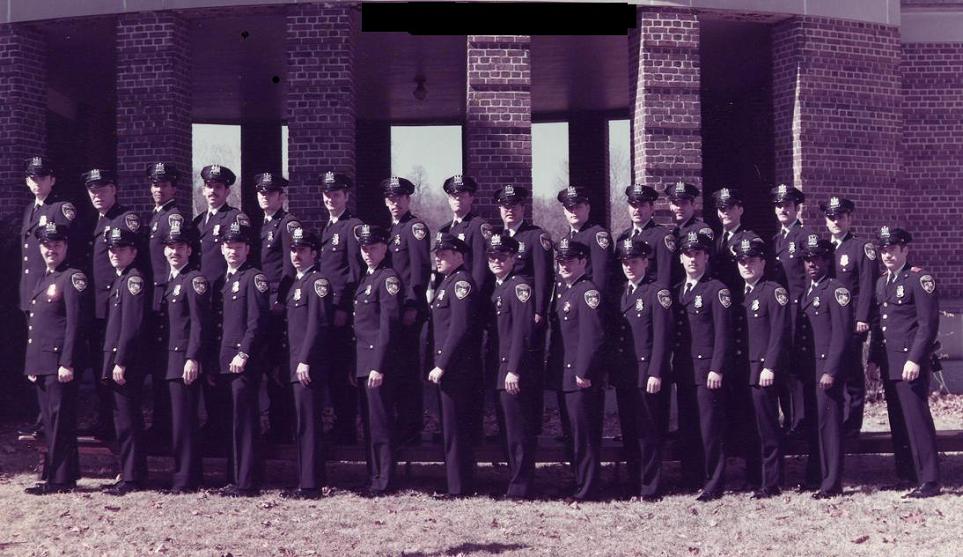
Class 76-2
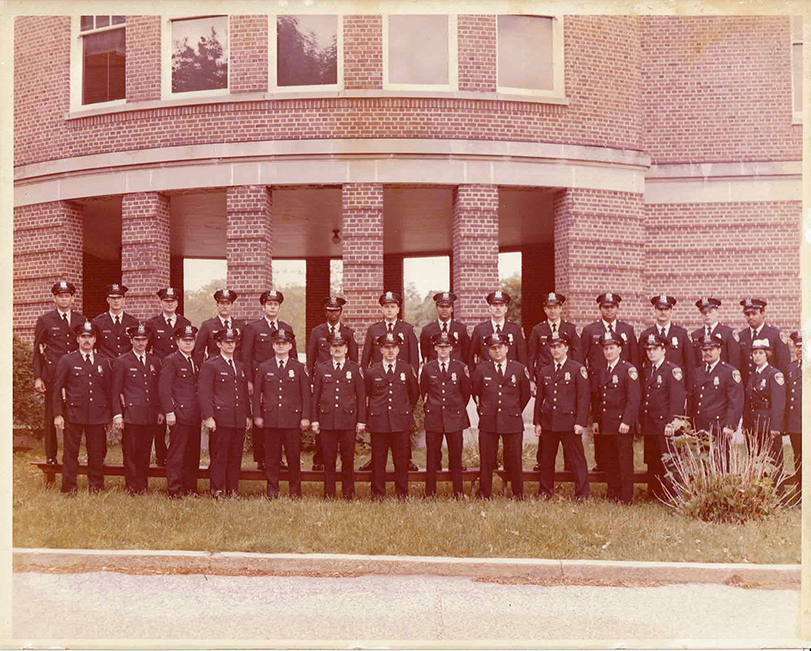
Courtesy of Robert McMahon
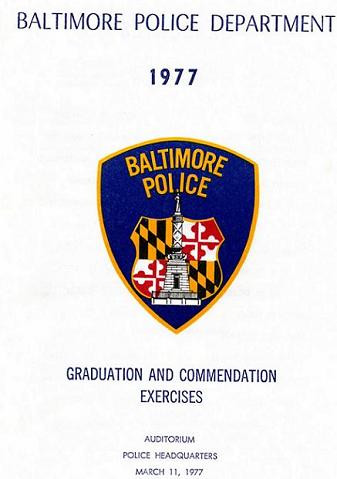
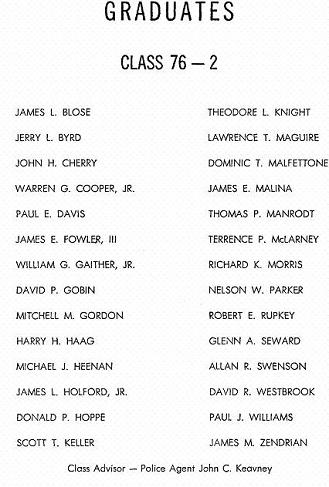

Courtesy Officer John Brazil
Academy Class 77-1
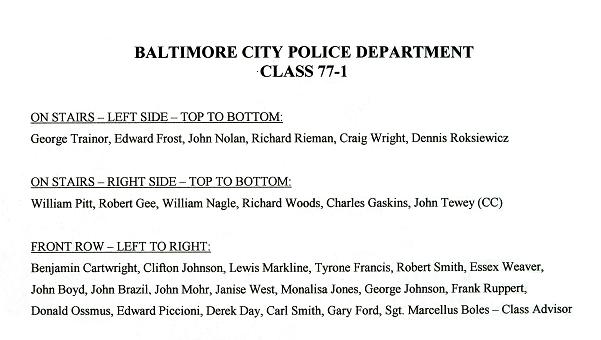
Courtesy Officer John Brazil
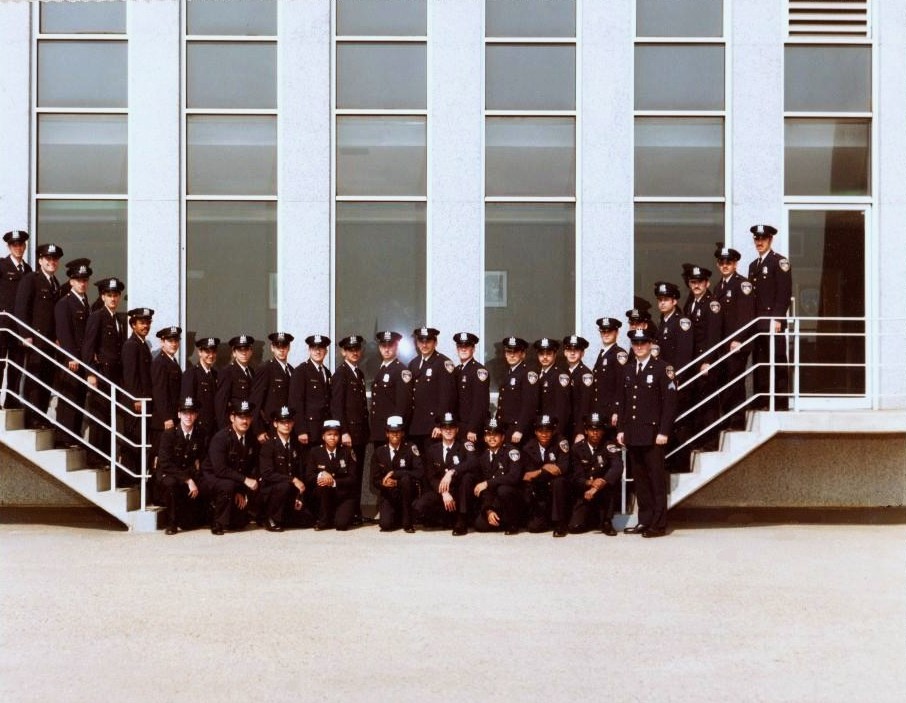

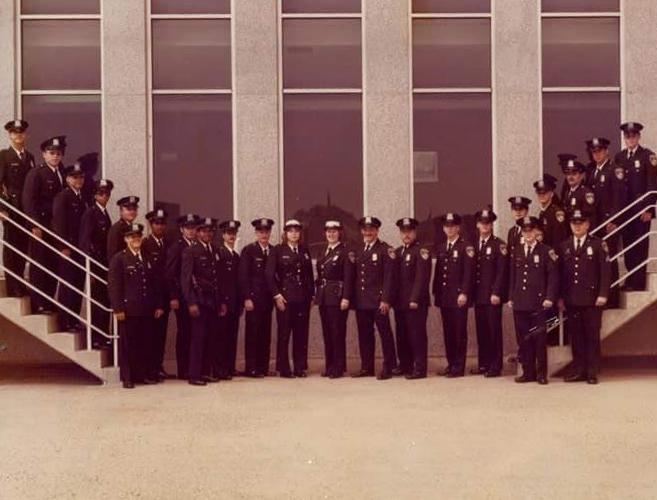
Courtesy Charles Klein
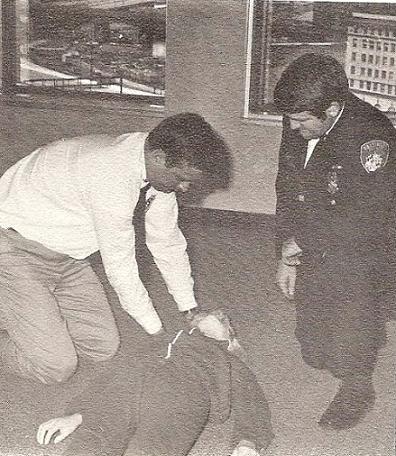
Officer George Eckert giving a Police Trainee CPR training 1977

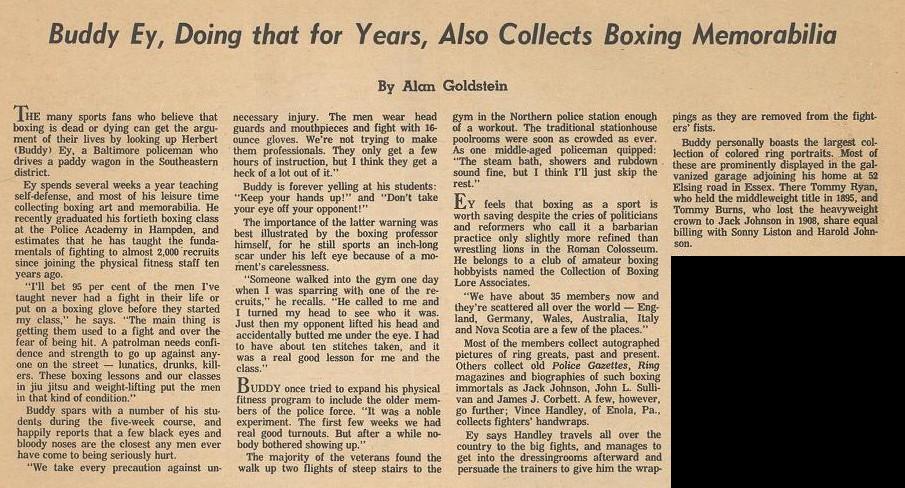
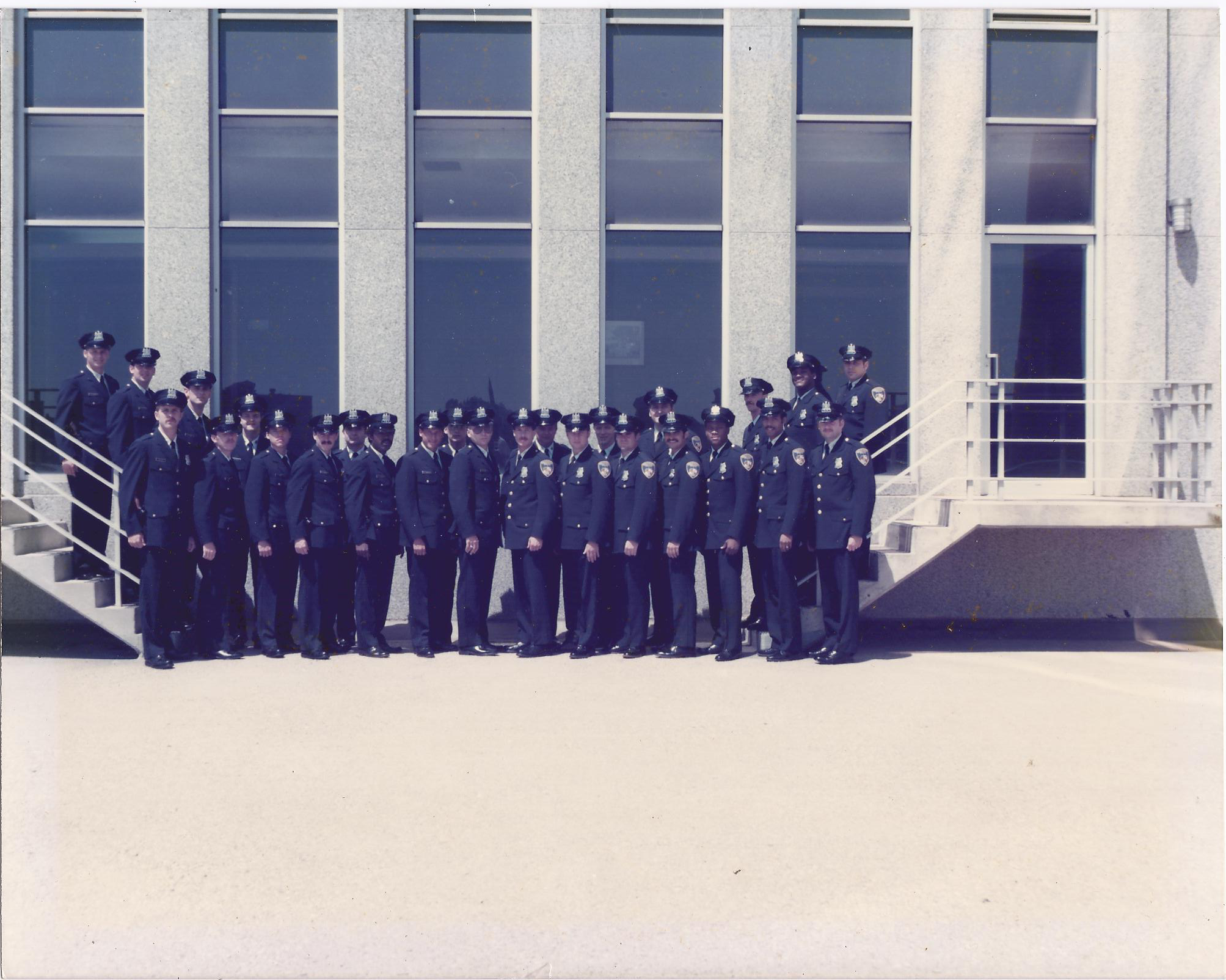
Courtesy Robert Jones
Class 78-1





Courtesy Agent James S. Segeda
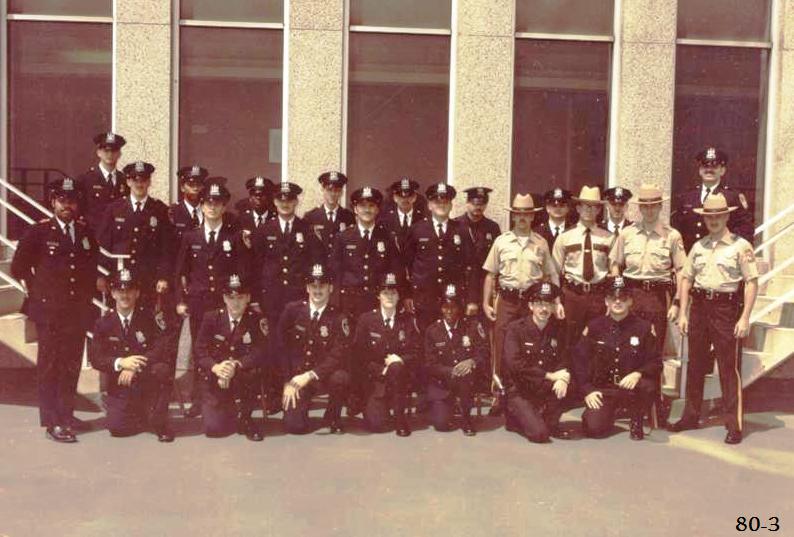
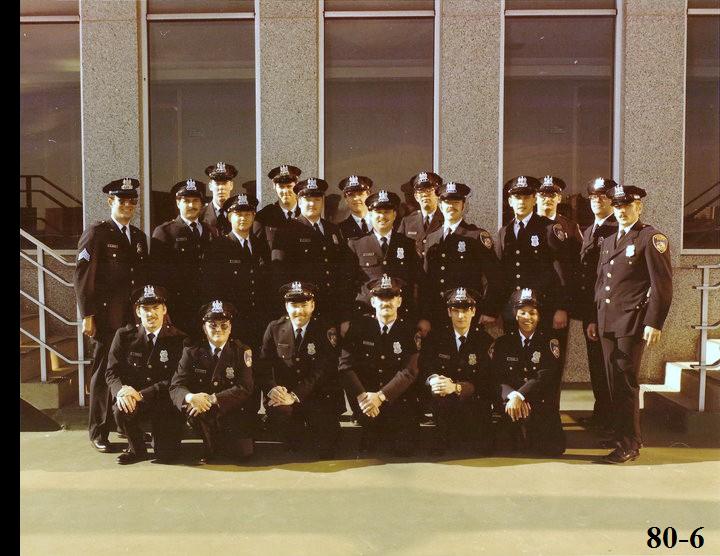
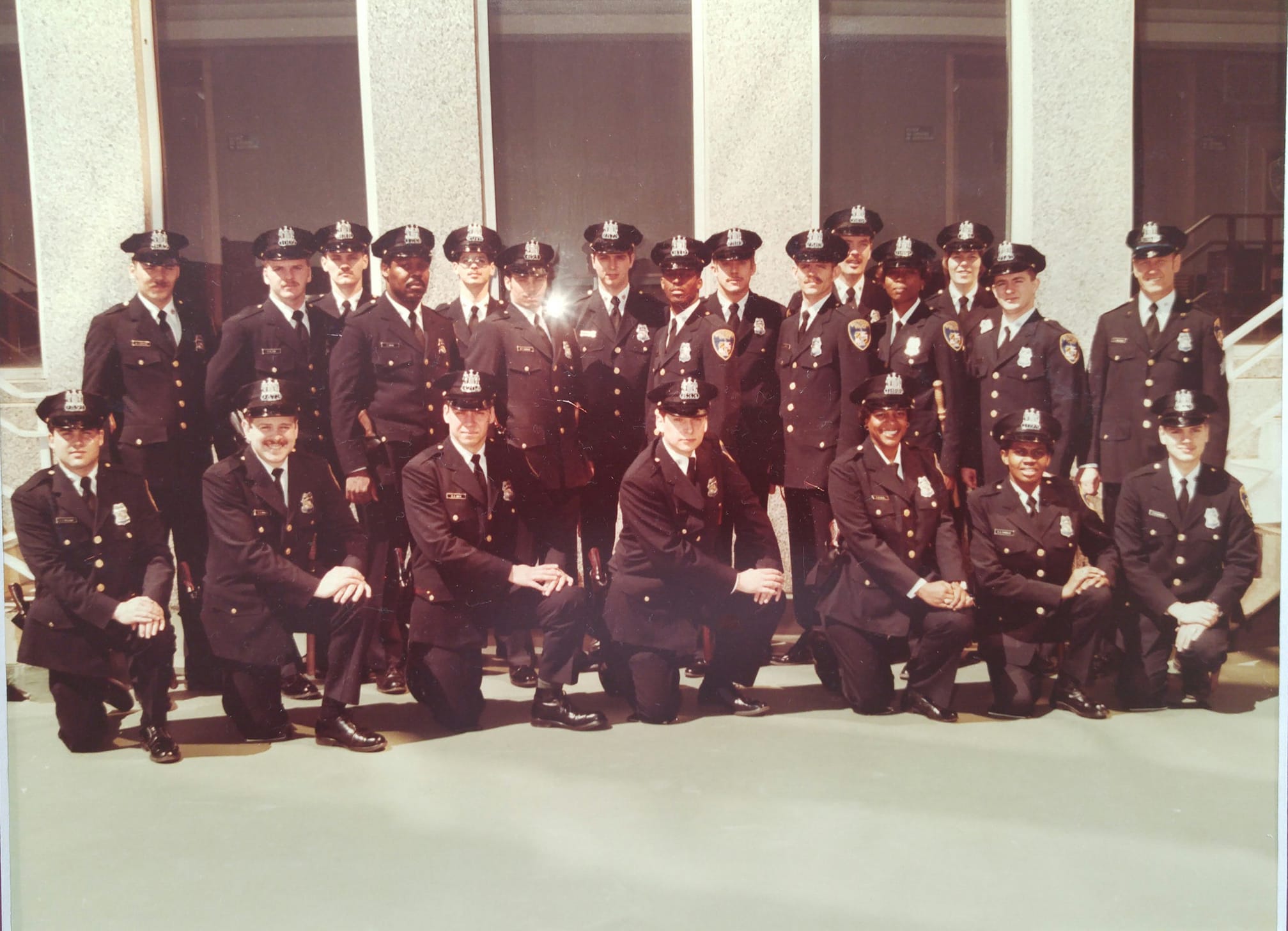
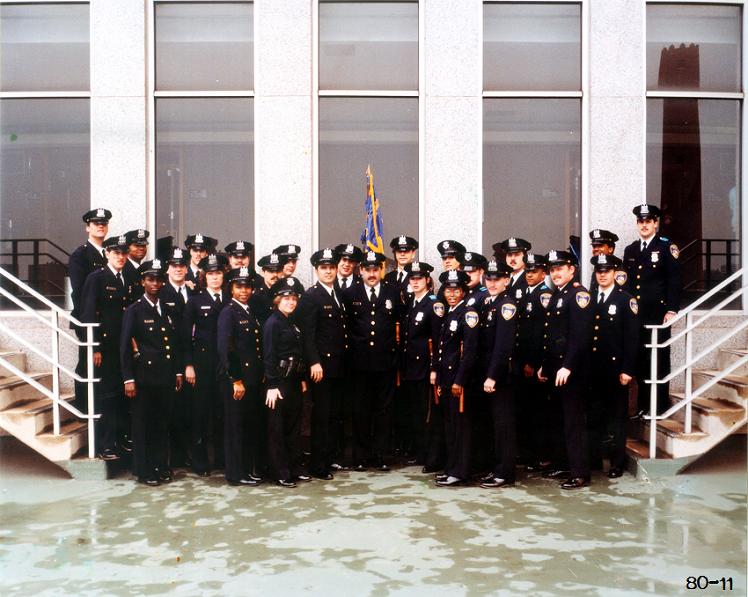
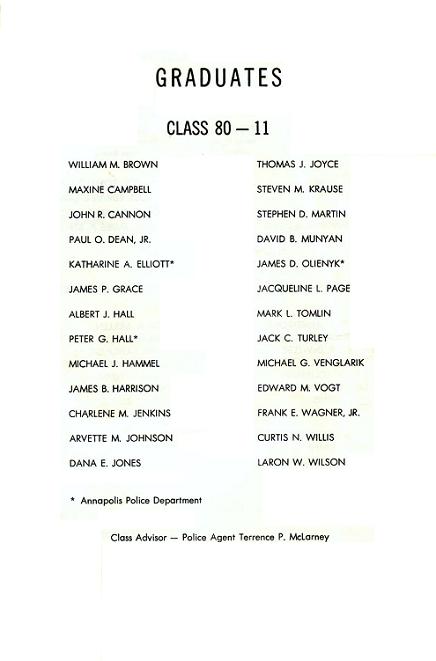
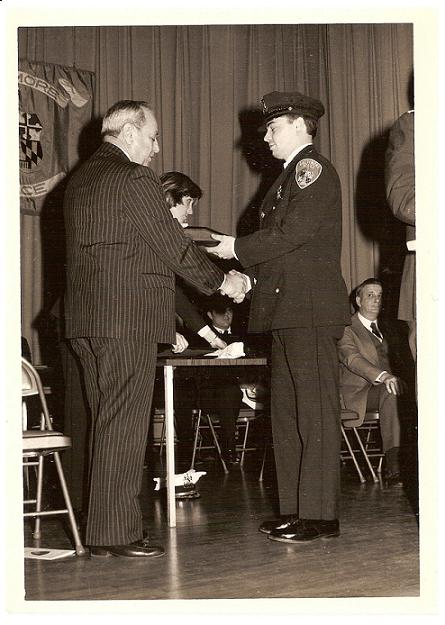
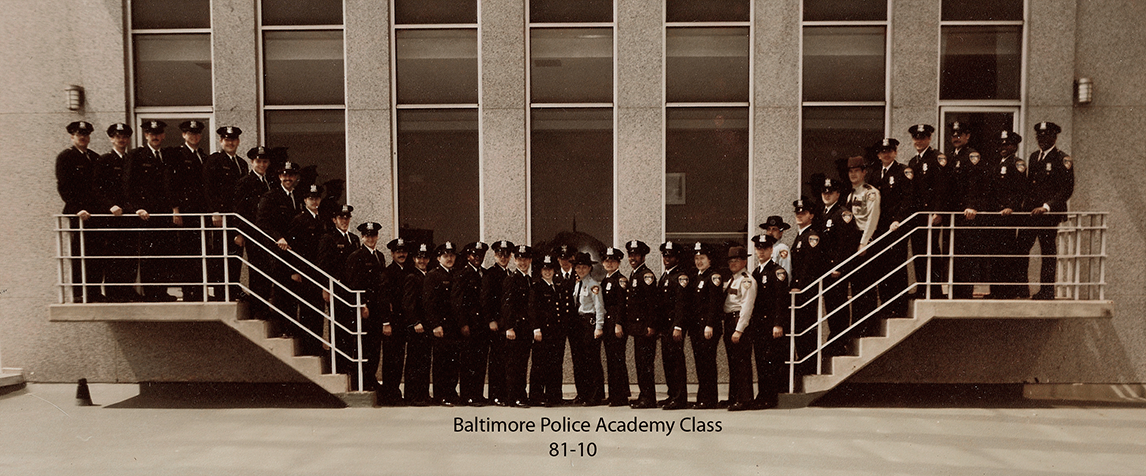
Class 81-10
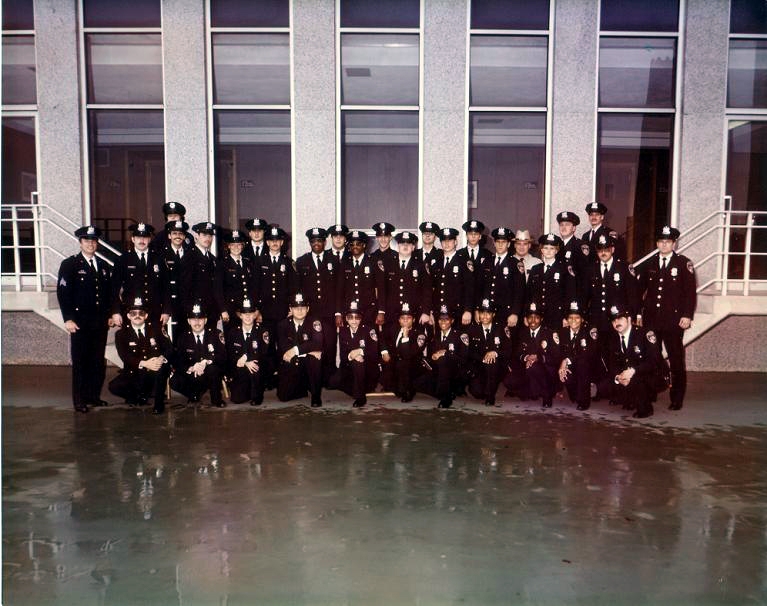
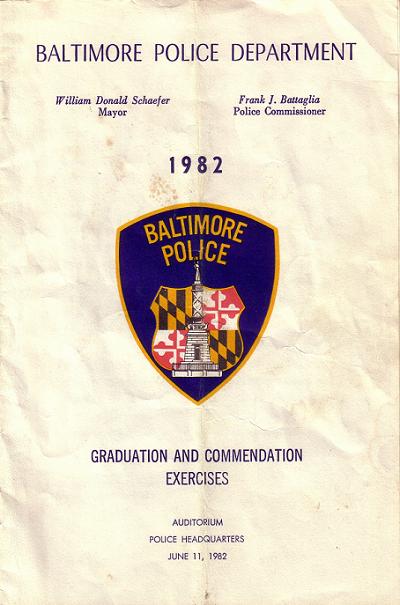
Class 82-1
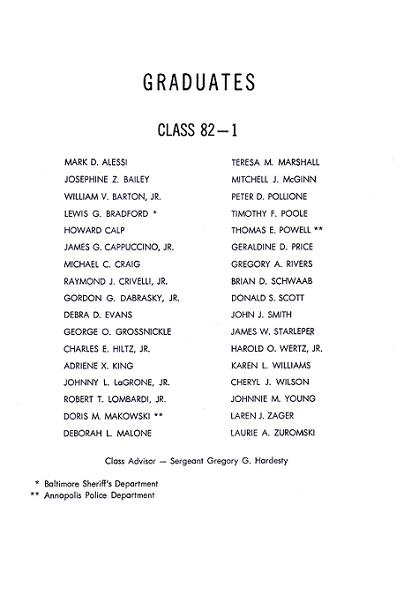
Class 82-1

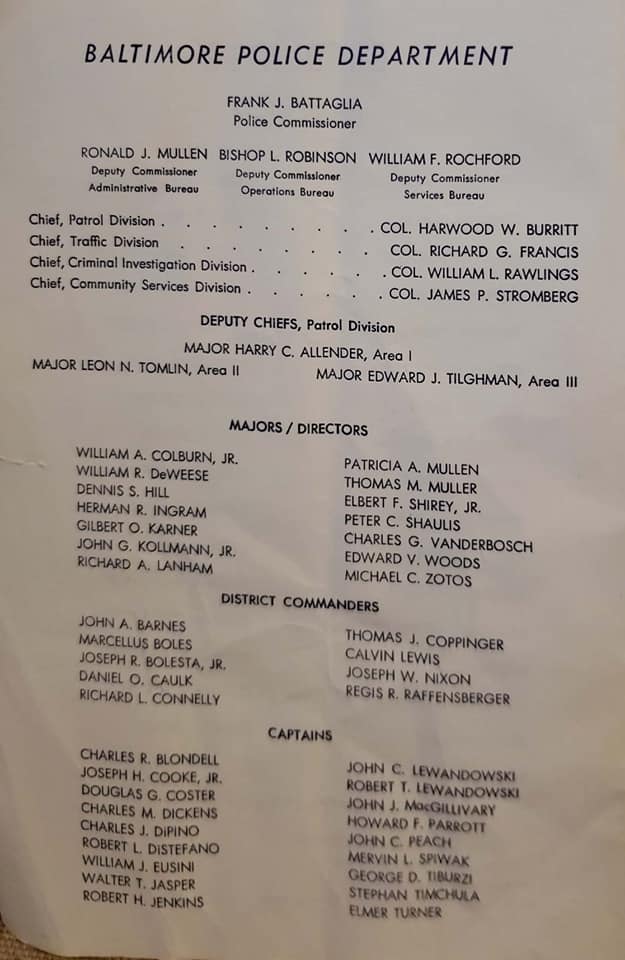


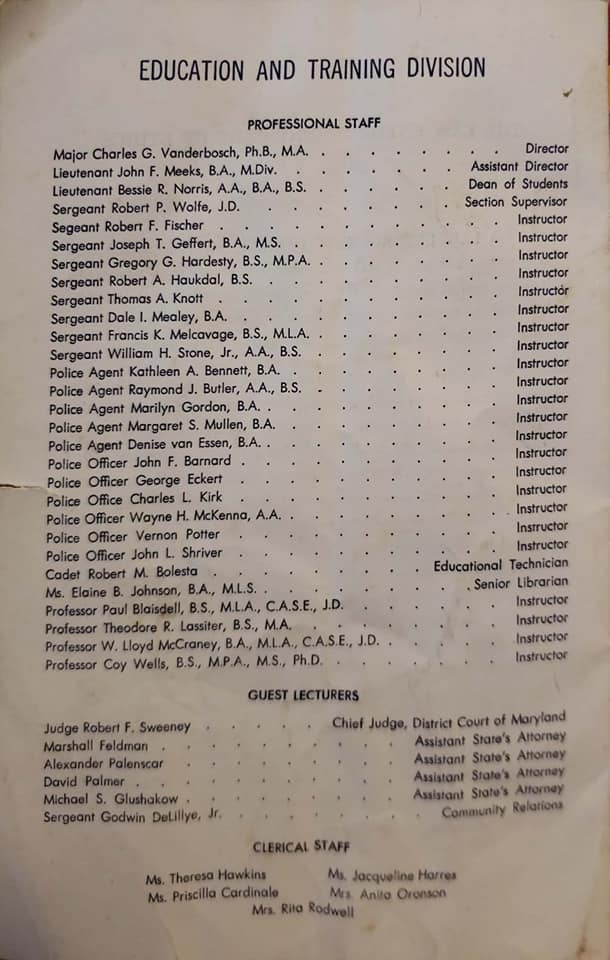
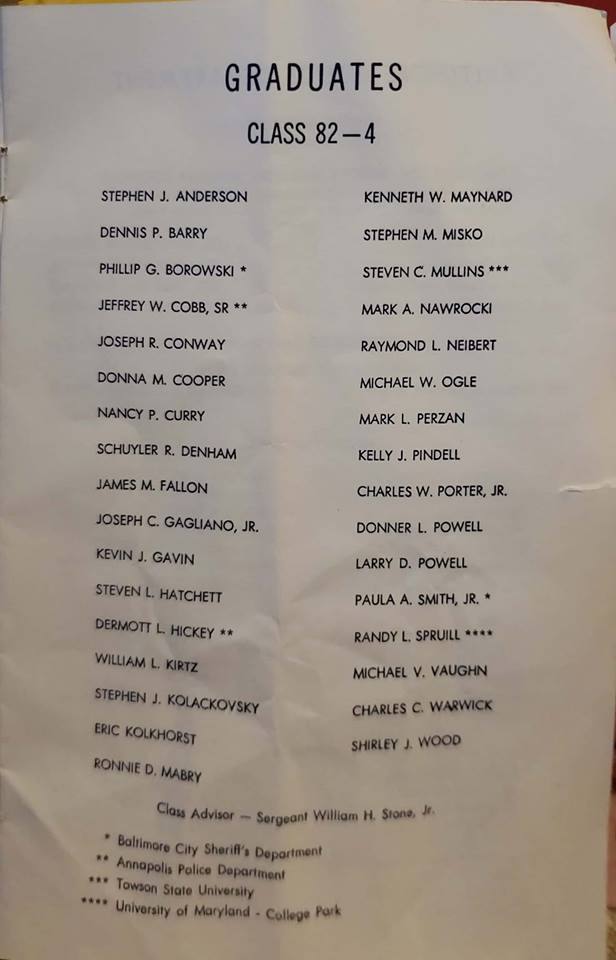


Academy Class 82-5

Photo courtesy Major Antonio Rodriguez
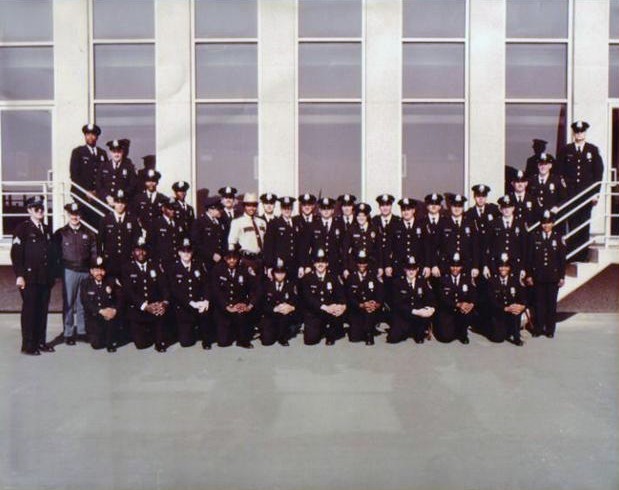
Sgt. Robert Booth.
Second row: Sgt. Mealy; AA; Dennis Thurman; John Mack; Gene Cassidy; AA; ?; Greg McGillivary; AA; Randy Humes;
Sgt. Rietz; ?; and Taliba Mohommad.
Third row: AA; Terry Love Sr; ?; Whelan; Roxanne Cotton (VCIS); Col. Timothy Longo; Sgt. Charletta Jackson; ?; Michelle Cheatham (ED); and Van ?.
(?= unknown; *AA= Another Agency; *Orange Names= Active BPD)

Courtesy Nancy Jones
Class 84-1

Courtesy Nancy Jones
84-1
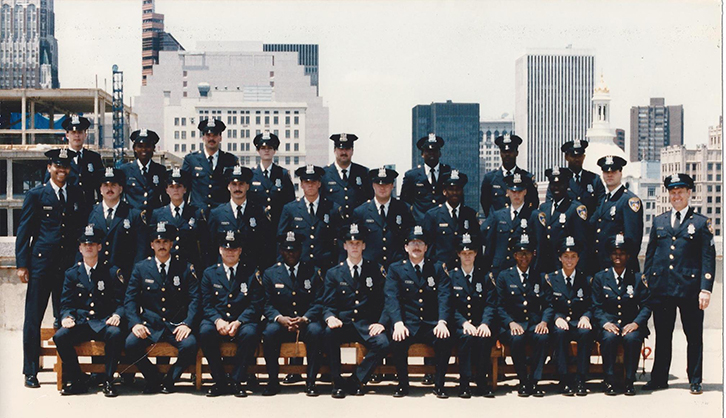
Courtesy Ben Fiore
Class 87-1


Courtesy Jeff McCleese
Class 85-3
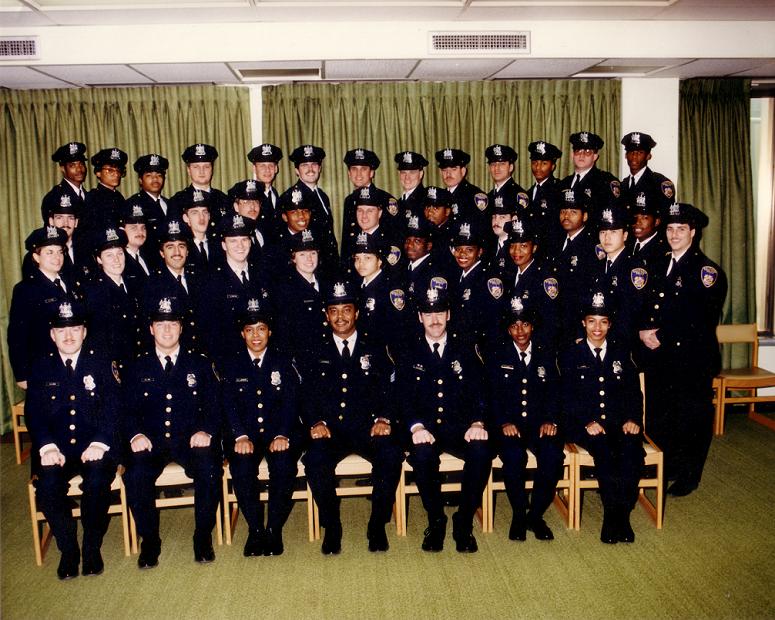
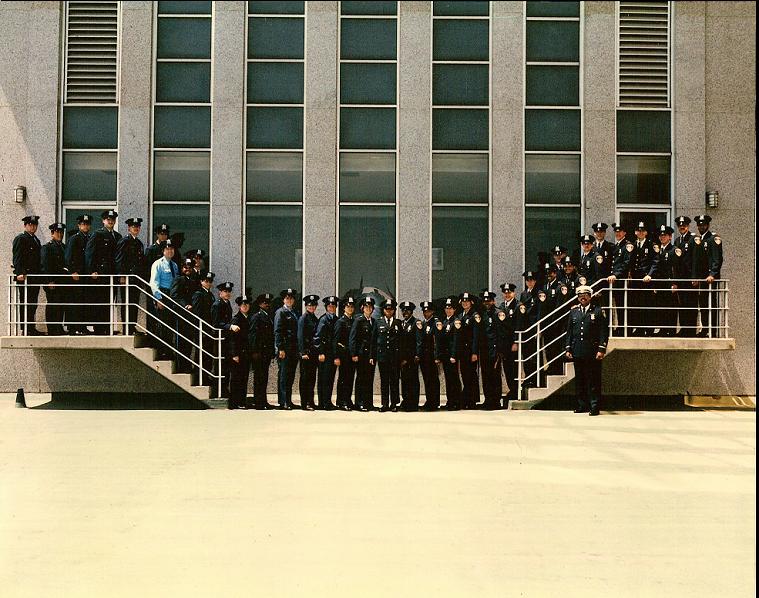
Courtesy Officer William PainterAcademy Class 85-4

Courtesy Major John E. Long
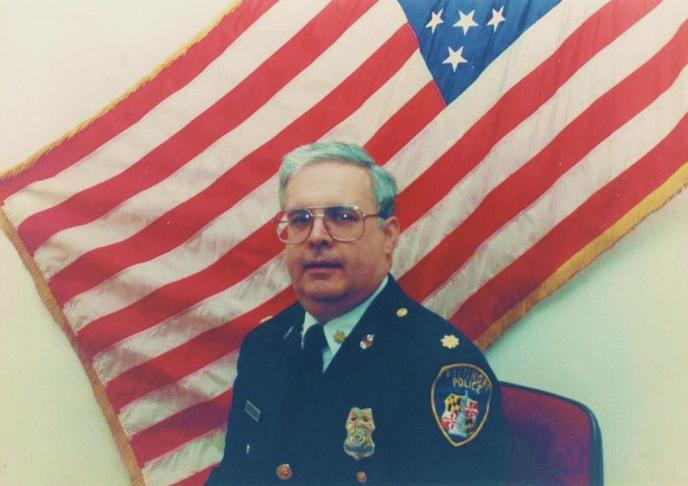
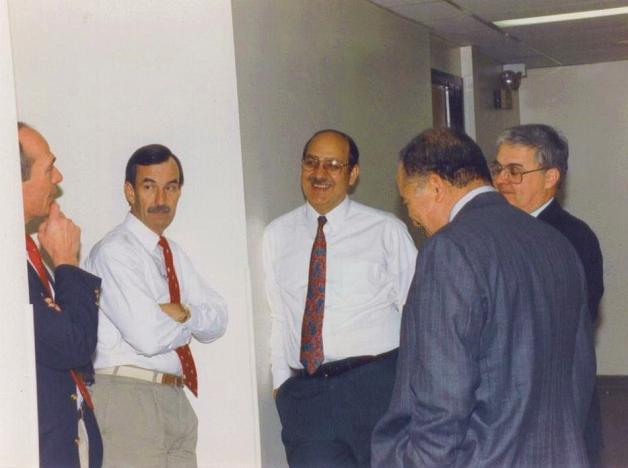
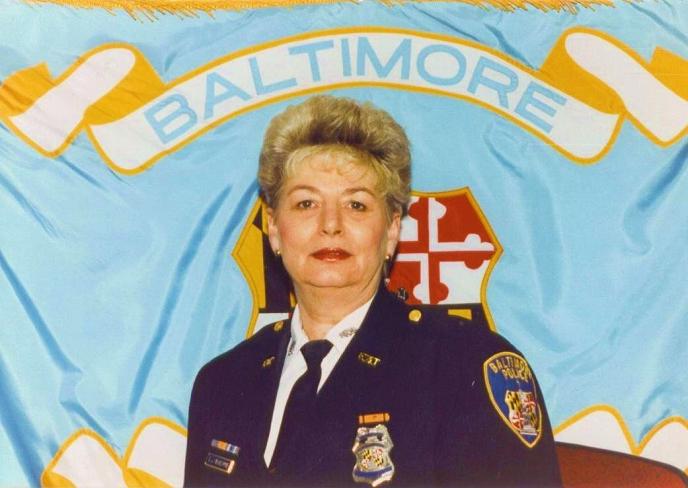
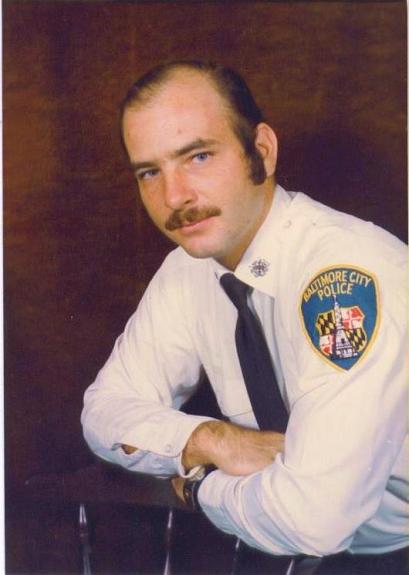
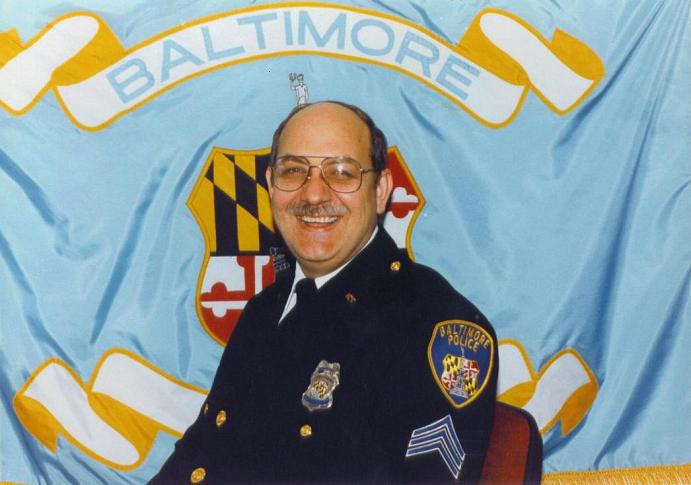
Courtesy Officer Lenny Podgorski

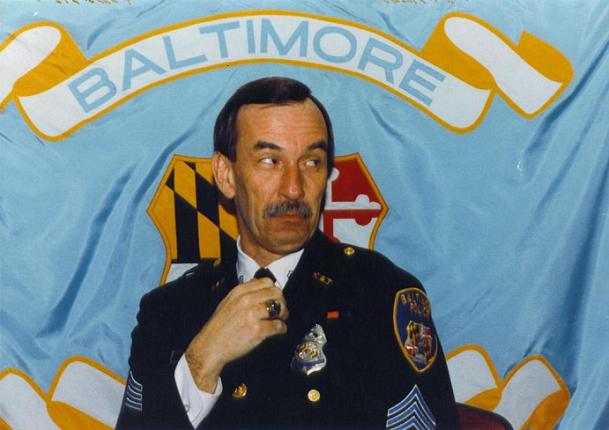
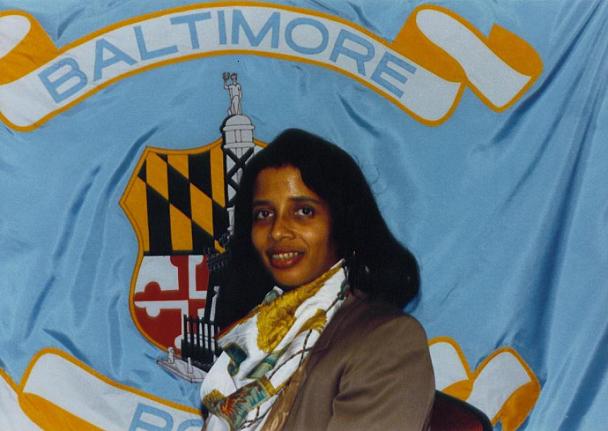

Class 89-2
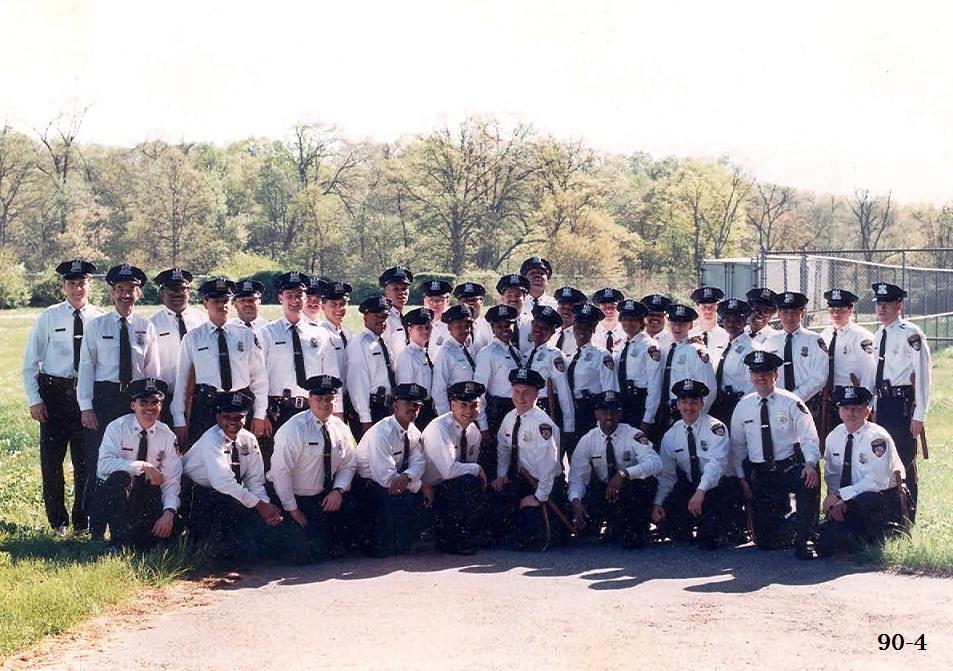
Courtesy Kevin Archer
Class 90-4

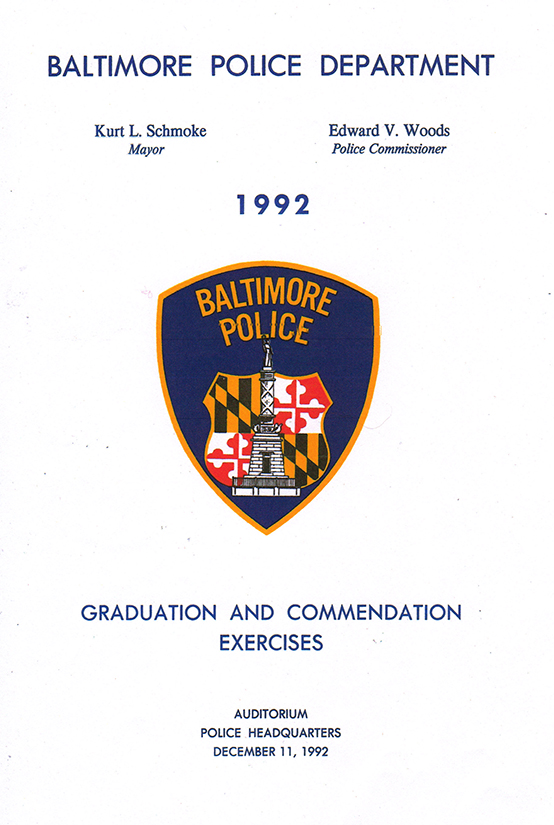


Courtesy Robert Gordon
92-1
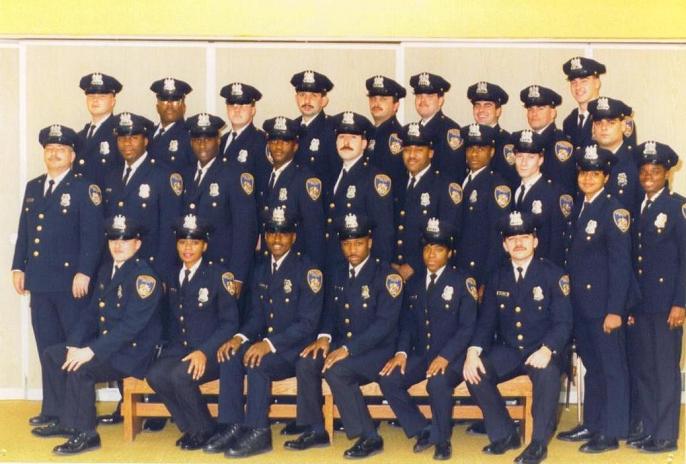
Academy Class 92-2

Photo courtesy Det. Lou Trimper
BPD Academy 1993
The Baltimore Police Academy was temporally housed in the Colts/Raven Sport Complex in Owings Mills.
All recruit academic training and In-Service was conducted here for a number of years.
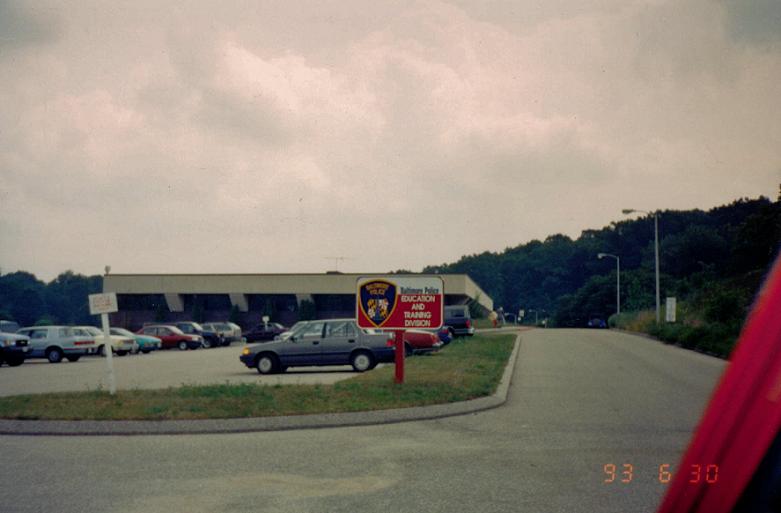
Photo courtesy Det. Lou Trimper
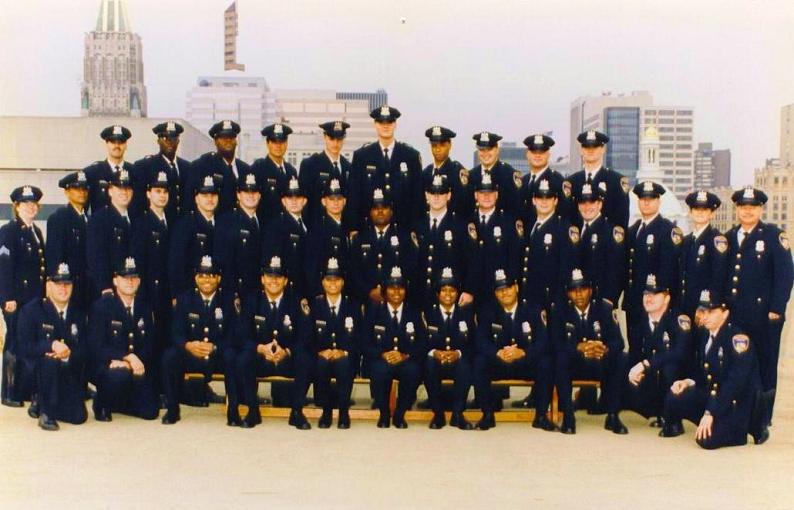
Curtesy Officer Lenny Podgorski
Academy Class 94-2

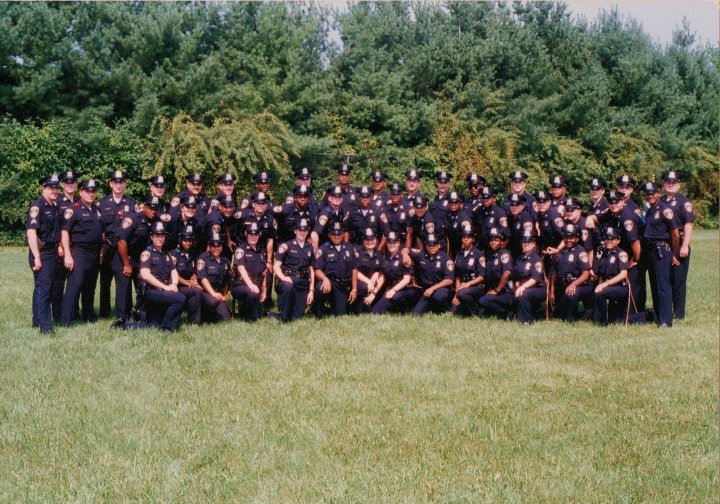
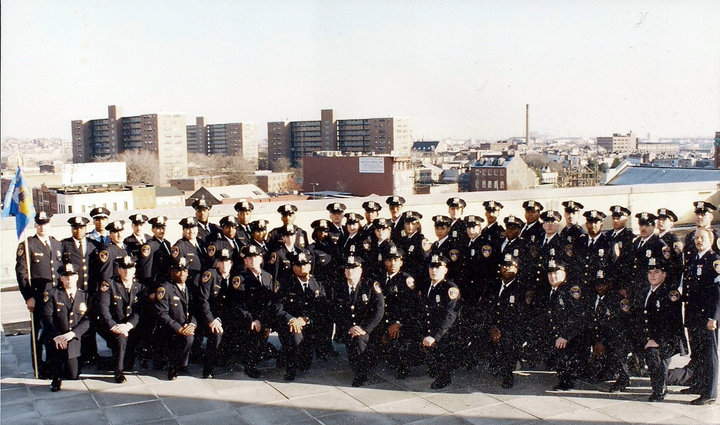

Class 99-2
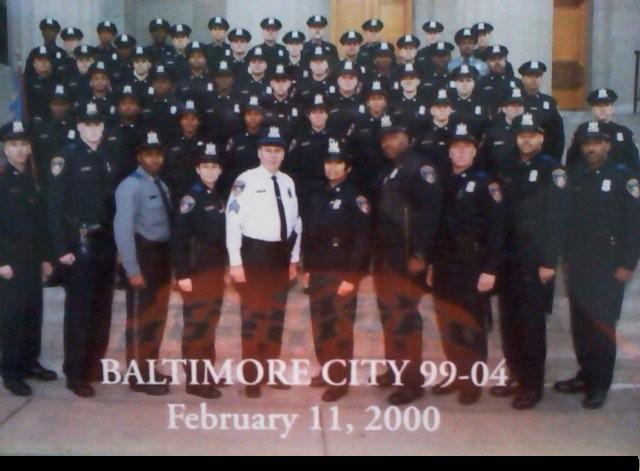
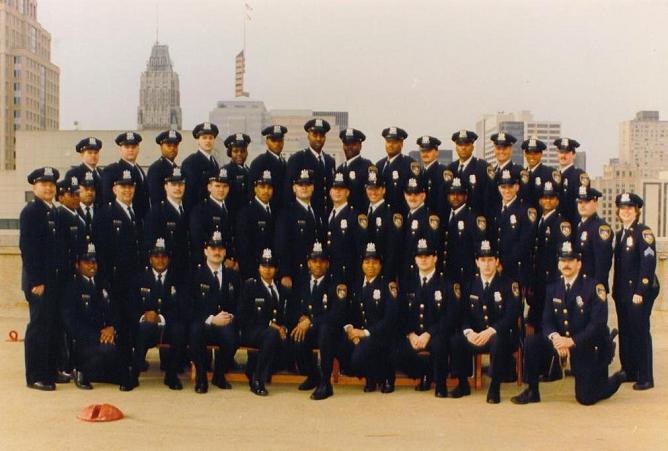
Unknown Class above
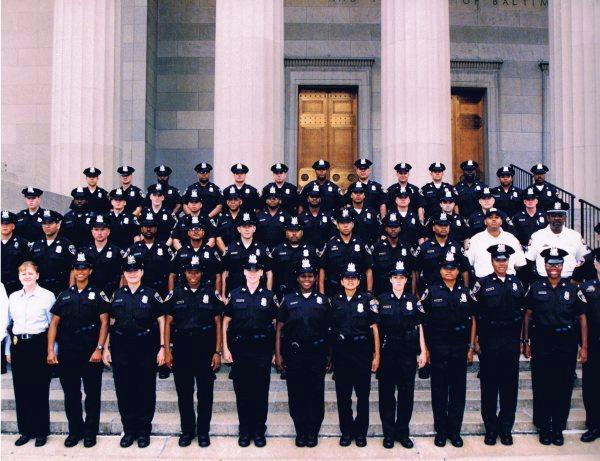

Photo courtesy Officer Orlando Quiles
Bottom row right to left: Glazerman, Orlando Quiles, T. Smith, Monah, Buie, Reed, Sinkler, McCormick, Bailey, Honablew, S. Payne, Allman, Williams, Ferguson, White, J. Smith.
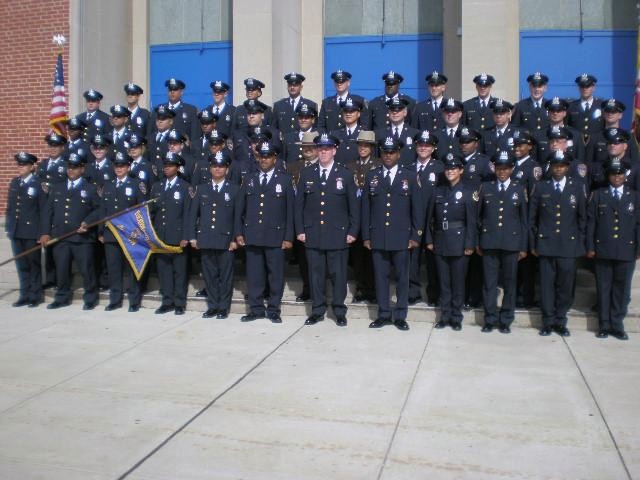

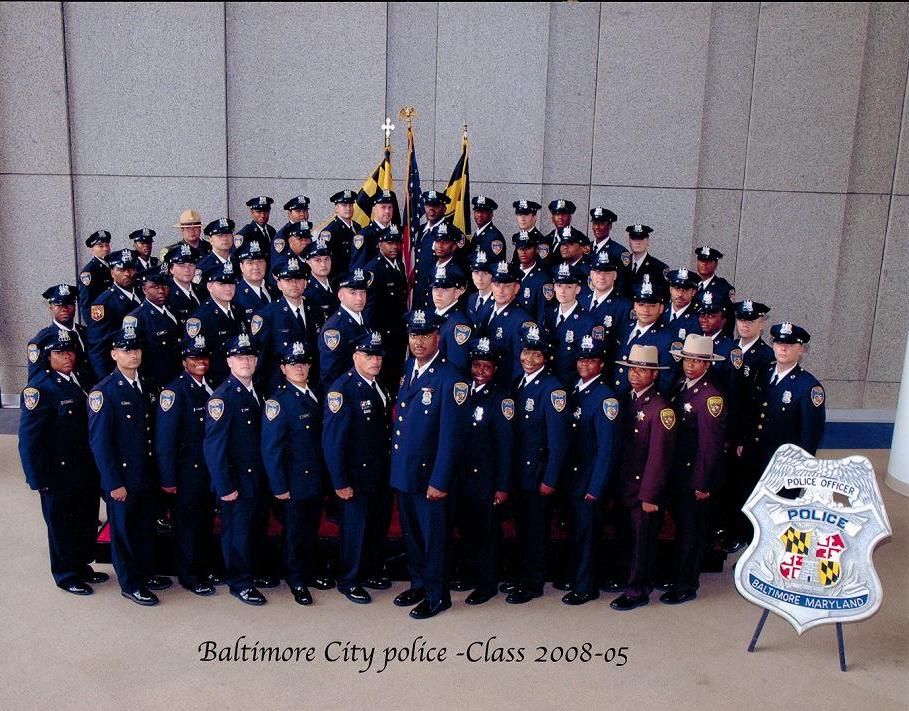
Photo courtesy Officer Robert Trimper
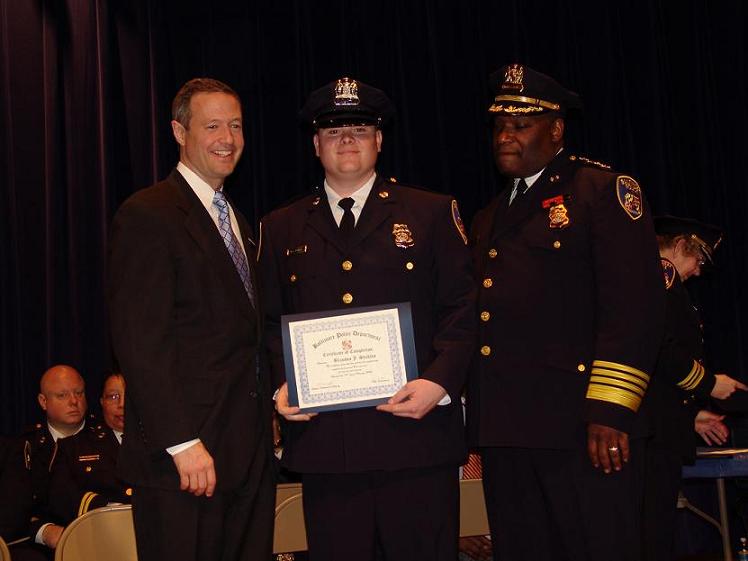
Courtesy Detective Leslie J. Stickles, Jr.
Mayor Martin O'Malley, Officer Brandon Stickles,
Police Commissioner Leonard Hamm 2005
"Rosado" A
Law Enforcement Family
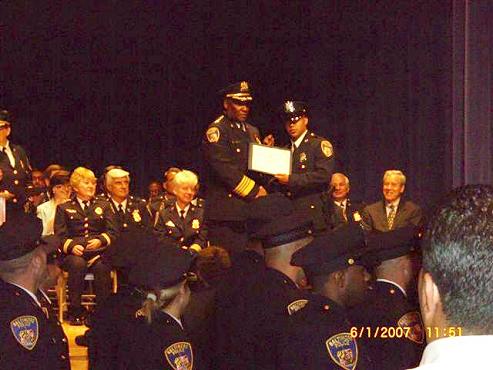
Photo Courtesy Sergeant Jose Rosado
Below Joe is standing with his proud father, Sergeant Jose Rosado, who served the Northwest District, the Helicopter Unit, the D.A.R.E. program, E & T, and Southeast District.
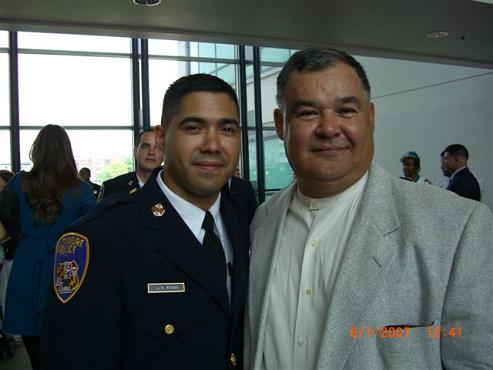
Photo Courtesy Sergeant Jose Rosado
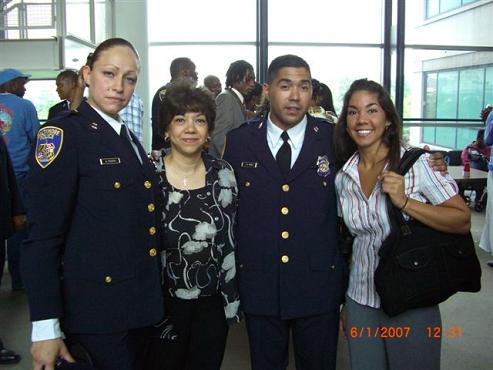
Officer Joe Rosado seen here standing with his gracious mother, his sister, Stacey and also with Alex, a classmate and future wife.

Photo Courtesy Sergeant Jose Rosado
Officer Joe Rosado, above, with his twin sister Stacey
And below he is with Major Sue Young, now retired, the Commanding Officer of the Education and Training Division
June 1, 2007
A fine family and Joe, you have some very big shoes to fill, following your dad, a 30-year veteran who served the department in various assignments with true dedication and skill
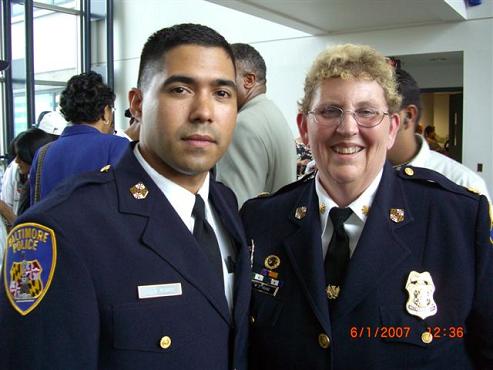
Photo Courtesy Sergeant Jose Rosado
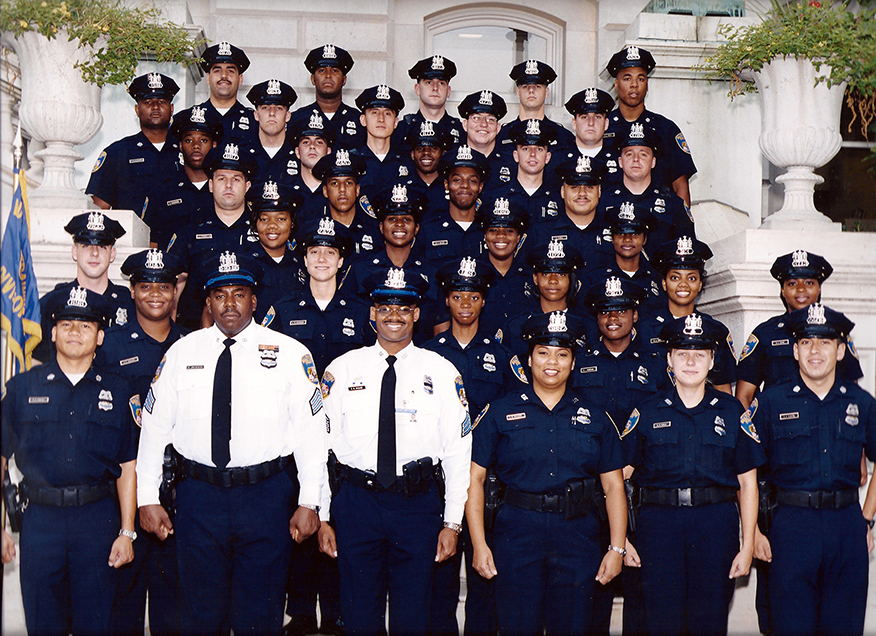
Photo Courtesy of Lisa Olszewski
BPD Class 2000-8 - Tommy Portz' class.jpg)
Courtesy Kevin Archer
Class 90-4

Class 90-4

Courtesy Jay Wiley
Class 80-9

John J Wiley with PC Donald Pomerleau
UNKNOWN







The following is a series of five articles telling how a Baltimorean becomes a POLICEMAN.
By Lee McCardell......... September 1937
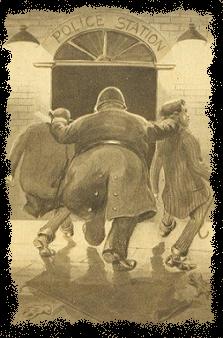
1. Policeman For His $40 A Week Must Prove His Knowledge For The Job
He Applies, Takes A Test, And If Passing, Is Put On Eligibility List-Then He Waits Before He Dons A City Officer's Uniform
The policeman-you know him. Where does he come from? And how?
The following is the first of a series of five telling how a Baltimorean becomes a policeman
By Lee McCardell …..September 20, 1937
The policeman toots a whistle holds up a white-gloved hand… helps a blind man across the street….. tries the store doors along with his beat after dark….investigates strange noises….and gets $40 a week after two years' probation.
You greet him warmly as "Officer" when at your request, he appears in the middle of the night to discourage someone from jimmying the dining-room window (The person jimmying the window may call him a “bull.") You speak of him as a "cop" when he sticks a parking ticket under your windshield wiper. He's a "flatfoot" if the judge fines you.
Well, you needn't turn up your nose at the next Baltimore policeman you see, regardless of what you call him. He belongs to a select circle of exactly 1,897 Police Department employees.
Breaking into the police force these days is almost as hard as breaking into a bank. The number of department employees, while not the maximum permitted under state law is the maximum for which salaries are provided in the Baltimore city budget.
Should you yourself aspire to perform brass-buttoned constabulary duty in Baltimore, you must wait until a death, resignation or dismissal that reduces the number of names on the Police Department payroll. Then-- One at a time! Don't rush, There will be plenty of time and plenty of notice First, you must get on the eligible list. From Eligibility List Comes the Appointments
The eligible list is prepared by a board of three police examiners appointed like the Police Commissioner, by the Governor. It is the duty of the board to hold competitive examinations from time to time in order to keep a list of eligible candidates on hand for appointment as probation officers. From the list, the Police Commissioner makes the actual appointment.
The present list contains enough names to fill all vacancies likely to occur until next April 24, when it expires. Early in January the board will a advertise an examination to prepare a new list.
To take this examination an applicant must be a registered voter of the State of Maryland. not less than 25 or more than 37 years of age on the following April Fool's Day: not less than five feet ten inches tall in his stocking feet and at least 150 pounds in weight. No color line is drawn.3,500 Are Interviewed In 3-Week Period
Numbered application blanks are handed out in the offices of the Board of Police Examiners, Room 506, on the fifth floor of the police building at Fayette street and the Fallsway. Every day for three weeks, between the hours of 11 A.M. and 1 P. M., the three-board members are on hand to interview applicants. Dr. Dwight H. Mohr, chief physician of the Police. Department is there to give preliminary physical examinations.
As many as 3,500 applicants have been interviewed during that three week period. Who are they?
Stationary engineers, automobile salesmen, freight truckers, cab drivers, refrigerator servicemen, manufacturers' agents," professional baseball players, telegraph operators, pipefitters, tailors, barbers, teachers, clerks, motormen, ice wagon drivers, filling station operators, bookkeepers, auditors, printers, machinists, weighers, markers, inspectors, managers, runners, Painters, elevator operators, steelworkers, firemen, butchers, carpenters, paperhangers. bench hands, helpers. laborers. . .Some are college graduates.Step On Scales; Show Your Hands, Applicants
Interests equally as varied are represented by the three examiners who interview these men. W. Lawrence Wicks, president of the board, is the son of a former Baltimore police sergeant and manages a Liberty Heights bowling alley. Sigmund Stephan, the second member, is a retired postal inspector. The third member, Arthur Kadden, is the proprietor of an East Baltimore street hat store. Just inside 'the examining board's office door the men who want to become policemen step on a scale set at 150 pounds. They have to tip that to get any further. Then they stand beneath a measuring rod fixed to a door frame and set at the required 5 feet 10 inches. Do they wear glasses? Down they go to the office at the end of the hall for an eye test by Dr. Mohr.
"Let's see your hands. Got all your fingers? "A Felony Against You And You're Counted Out
No use going any further if you haven't got the fingers to handle a pistol properly. "Ever been 'arrested? What for?... A felony disqualifies you.
But, passing these preliminaries, an applicant receives a numbered blank with a perforated tab. The tab must be filled out then and there with the applicant's name, address, election ward and precinct. On the back of this tab, he is "finger-printed by a police expert assigned to special duty in the examiner's office. This tab with, its fingerprints are torn off and retained by the examiners. He Has Questions, Then Some More Questions
The would-be policeman takes the rest of the blank and a sheet of mimeographed instructions home with him.
There he fills out his formal application, writing in the answers to a long list of questions that give his complete personal history, and appending the names of five acquaintances preferably lawyers, doctors, clergymen. willing to vouch for his "ability, industry, character, habits and general fitness for appointment to the Police department of Baltimore city."
He must swear to the truth of all the information he gives about himself. There is a place on the back of the blank for a justice or notary to take his oath. And the completed application blank must be returned to the Board of Examiners by a specified date.
The applicant's' instruction sheet informs him that the examination will be held in the Maryland Institute building at Baltimore street and Market Place on such-and-such a date; that card. of admittance will be mailed to his address a week prior to the examination, and that he will be tested in spelling, arithmetic, locations, and common sense.
Comes Test Time And Room Is Filled
The board makes out its own examinations. Mr. Stephan says, gets up a list of ten good words for the spelling test, Mr. Kadden works up to five arithmetic problems. The president of the board figures out ten questions on locations and ten common-sense questions. Meanwhile, the applicant's age, address, ward, and precinct, as they appear on his finger-print tab are being checked against records of the Board of Election Supervisors. Provided there is no discrepancy, he is mailed a card of admittance to the examination. Underscored on the card is the hour when "doors will close." Stamped upon it in red ink is the instruction to "bring your own pencil."
A large class of applicants fills practically all the rooms of the institute building. Each room is supervised by several watchers, Smoking and talking are taboo. Each applicant receives a numbered examination paper for his spelling test and a numbered booklet for the rest of his, written work. Try A Question Or So If You'd Like A Job
An hour and thirty minutes are permitted for the examination after the ten words of the spelling test have been pronounced. When he has done the best he can by his spelling, the applicant opens his numbered booklet and goes to work on location, common sense and arithmetic.
Where he is asked, are such places as:
(1) The Robert Garrett Hospital for Children?
(2) The House of the Good Shepherd for Colored Girls?
(3) Headquarters of the Maryland Society for the Prevention of Cruelty to
Animals?
(4) The Federal Land Bank
(5) The Armistead Monument?
(6) The Maryland and Pennsylvania Railroad Station?
(7) The Baltimore headquarters of the .Salvation Army?
(8) The Baltimore Cemetery?
(9) The Baltimore Mail Line dock?
(10) What license plates are required on Mail trucks?
(11) In criminal cases, upon whom does the burden of proof lay?
(12) what are the general duties of a coroner?
(13) Where must trials for violation of criminal law take place?
(14) What are three methods by which you might summons Fire Department
apparatus? Easy? Okay, Try Some ! More And Arithmetic
Name three Baltimore public service corporations. Must you be a taxpayer to serve as a juror? What is the name of the system, used for identifying criminals, by means of certain bodily measurements and marks? For what legal reason may a penitentiary prisoner's term be reduced? How can a man, who has served a term for felony, have his citizenship restored?
Arithmetic comes last. Calculations as well as answers must be set down for problems along this line:
If 12 men can earn $270 in 9 working days, how much can 28 men earn in 5 days? An agent sold 9,873 pounds of sugar at 4 3/8 cents per pound, charged
1 5/8 per cent. commission and $2.90 for other expenses. What were the net proceeds of the sale? A son inherited 920 acres from his father and later sold 138 acres. What per cent of his inheritance remained? What is the cost of 58 5/8 yards of goods at 37 1/4 cents per yard? The firm of A and B has a capital of $12.387. A's investment being he $2,387 less than B's. What is each partner’s investment?
2. City Makes Honest Men Of Police Pupils; They're Scrutinized Fore And Aft
Watchers Pace Aisles During Tests-Candidates’
Finger Prints Are Checked, Then Detectives Take Up Their Trails
The policeman-you know-him. Where does he come from: And how?
The following article is the second of a series of five telling how a Baltimorean becomes a policeman
By Lee McCardell September 21, 1939
If a man has lived in Baltimore long enough to be a registered voter and has the equivalent of a grammar school education the Board of Police Examiners figures that he should be able to pass its written test for probation patrolman without consulting any notes on his cuff.
But human nature being as frail as it is, the tests are not conducted under the honor system. Alert watchers walk up and down the aisles of the Maryland Institute's Market Place building during the hour and a half the examination is in progress. There must be no whispering, no rubber-necking. If anyone taking the examination is caught cheating, his paper is taken up and he is disqualified.
Before an aspirant may leave the building after taking his examination, he must fill out still another blank form stamped with the number of his examination papers. On this last form, he writes his full name and address. Another impression of his fingerprints goes on the bottom of this sheet. This is to prevent an applicant from sending in someone brighter than he is to take his written test for him. Finger Prints Checked With Applications
The last signature and set of fingerprints arc compared with those on the applicant's original application tab before his paper is accepted as genuine. The three examiners then get together around a big desk in their inner office at the Police Building, close the door and go to work.
The examiners are "three sober and discreet persons." according to the law who draw $1,200 each year with $1,800 for a secretary and $900 for office expenses. Appointed for two years examiners are required to have been registered voters for three consecutive years prior to appointment. Two of the examiners must be adherents of the two leading political parties of the State. But there are no educational, qualifications for a police examiner.
Triple, Check for Prevents Error Grading a batch of probation officer examination papers is a pretty good job, particularly, as each of the three are sober and discreet persons around the desk checks all the answers to all the questions on all the papers. This triple check is to prevent error. The examiners work holidays as well as weekdays in order to have all the papers the marked in time to prepare a new list the of eligible candidates for the police force by the latter part of April when the old eligible list expires.
Not al the men who apply to the board for application blanks and preliminary physical examination show up to take the written test. Probably half of those who take it pass. The principal stumbling block is the common-sense questions. Sometimes they give even the college graduates trouble.
Applicants Get Chance To Challenge Grades Correct answers to all questions given in the test are posted after the examination on a bulletin board in the examiners' outer office. All examination papers are kept on file, and if an applicant questions the grade he receives he may ask to see his paper. Papers are graded on a basis of 100 percent. The passing mark varies. Sometimes it is 60 percent. Sometimes it is 70.
A list of at least a hundred candidates who passed the test, beginning with the names of those who made the highest marks and coming down the line, is now certified by the Board of Examiners and sent downstairs to the office of the Police Commissioner. After That He Picks Whom He Pleases
From this list, he may pick anyone he pleases to fill existing vacancies in the ranks of the patrolmen. He is not required to select the candidate with the highest grade first. He can pick ‘em out anywhere on the list. And if he wants another list, the Board of Examiners must supply it.
Having made a tentative selection for appointment, the commissioner calls in a couple of men from the Detective Department and assigns them to investigate the persons who have endorsed the candidate's original application, and to scout around the candidate's neighborhood and find out just what kind of a fellow he is. Physical Examination Is Next Hurdle
If the candidate survives this test he is called into police headquarters for a complete physical examination by one of the department's half dozen physicians. When pronounced one hundred percent sound by the doctor, he is appointed a member of the force and assigned to duty in one of the eight districts.
An attaché of the commissioner's office takes the appointee up Fayette street to the Courthouse. In Room·205, the office of Stephen C. Little, clerk of the Superior Court of Baltimore city, the appointee is sworn into the police service with the following oath: "I . . . do swear (or affirm) that I will support the Constitution of the United States, and that I will be faithful and bear true allegiance to the State of Maryland and support the Constitution and laws thereof; and that I will to the best of my skill and judgment, diligently, faithfully, without partiality or prejudice, execute the office of probation officer of the police force of the city of Baltimore according to the Constitution and laws of the State. "Presto! He's A Policeman
This oath is printed in a gray indexed ledger, the police test book, kept on file at the clerk's office. After taking the oath with up-raised hand, the probationer signs his name in the test book, initials the district to which he has been assigned and sets down the date.
He's a policeman now. But he doesn't know anything about his job. He.
doesn't have any equipment. So back to police headquarters he goes and, takes the elevator to the fifth floor to report to the Police Department's School of Instruction for an eight-week in course in policing. Veteran Of 37 Years Is Teacher
Right next door to the offices of the Board of Police Examiners, the School of Instruction occupies the greater part of the fifth floor in the Police Building's south wing. It is one big room, subdivided by rows of steel lockers. At a large desk just inside the door sits the schoolteacher, Lieut. Adelbert J. Plantholt, a gray-haired police officer of thirty-seven years experience.
Here the probation officer receives his stick (known almost exclusively in Baltimore as an espantoon), pistol, a badge, cap device, whistle and a key to police telephone and signal boxes.
As a rule, this is a piece of second-hand equipment previously used by the officer whose death, resignation or dismissal created the vacancy to which the probation officer has been appointed. Goes About Armed At All Times
Like any other officer, the probationer is supposed to carry his pistol badge, whistle and key with him at all times, in uniform or out, and to arrest violators of the law who come within his jurisdiction. He may not know at first what his jurisdiction is, But Lieutenant Plantholt will put him wise.
To facilitate the increase of his wisdom, the probation officer receives a copy of the rules and regulations of the Police Department, a 500-page digest of state and city laws, a booklet containing the automobile laws another containing the traffic laws and, an American Red Cross book of first aid instruction. BUYS Own Clothes At $100 An Outfit
He attends school every day except Sunday from 8.30 to 4 in his civilian clothes. A week or so after his induction he goes down to a clothing establishment at Baltimore Street and Market Place to be measured for his uniforms. But he won't wear a uniform, except for his own delectation, until he has completed his course of instruction and been assigned to regular duty.
At his own expense he is required to buy a dress uniform coat with a double row of brass buttons for spring and fall wear, a uniform blouse with open lapels for summer, a winter overcoat, and the necessary trousers. This outfit stands him about $100.Shoes, Neckties And Such Are Extra
Collar ornaments are included with his uniforms. But the black shoes and black neckties required by department regulations are extra. So is a raincoat, or a pair of gloves, or a pair of gumboots, if he wants them. All police uniforms proper, of fixed specifications, are supplied by one firm of clothing manufacturers, chosen by the department on a basis of competitive bids. This firm has a contract with the department, and until his uniforms are paid for deductions of $1 a week are made from the probation officer's pay. They start at $35, Minus 2%
During his first year, when he is rated as a patrolman, third grade, his pay is $35 a week, less a deduction of two percent. for the police pension fund. During his second year, when he advances to the rank of patrolman, second grade, he gets $37.50 a week. As a first-class patrolman, after two years of probation, he should draw $40 a week. Paydays come twice a month, on the first and the sixteenth.
The probation officer does not pass through his early training period alone. He is a member of a class in the police school. Probationers are usually appointed in groups of ten or twenty, " possibly half a dozen times a year, depending upon the turnover of the department.
During 1936 only forty-three new patrolmen were appointed to the force.
“It's a good job," says President Wicks, of the Board of Police Examiners. "A policeman seldom wants to give it up."
Insignificant
Police Captain-Did the prisoner offer any resistance? Answer-Only one buck, and I wouldn't take it.
3. Cop Who Made A Tough Beat Tender Prepares Rookies To Be Officers
You'll Find No Circus Stunts Or Movie Equipment In Lieutenant Plantholt's School, For There Beginners Learn "The Works" On Policing
The policeman-you know him. Where does he come? And how?
The following article is the third of a series of five telling how a Baltimorean becomes a policeman.
By Lee McCardell September 22, 1937
Lavishly arrayed with all the generalities and semicolons dear to a legislator’s heart the powers and duties of the police of Baltimore are set forth at great length in Section 744 of the city charter.
The policeman's bible, a little black book of department rules and regulations boils it all down to this:
"It is the duty of policemen, at all times, both and night preserve the peace: detect and prevent crime, arrest offenders, protect the rights of persons and property; guard the public health to enforce all laws and ordinances, the enforcement of which devolves upon the police force, and to obey all orders and rules and regulations of the Police department.
But even this is pretty broad. The laws of Baltimore city specifically direct policemen to arrest everybody from persons who breed mosquitoes to people to people who "tie the month of any calf to prevent its drawing from the cow its natural and accustomed food. Where is a green policeman supposed to start?
He goes to school for eight weeks, to find out. No Circus Stunts In This School
There is nothing fancy about the Baltimore Police School of Instruction on the fifth floor of the Police Building at Fayette street and the Fallsway.
Its students are not trained to perform any circus stunts on horseback or motorcycles. Down at the end of the corridor there’s a big gymnasium for any policeman who wants to use it. But the members of the force are "not even taught to wrestle, box or swim.
The study:
1. The powers and duties of police.
2. Department orders, rules and regulations the keeping of records and the making out of reports.
3. Traffic rules and regulations and the handling of traffic.
4. The laws of the State and the ordinances of the city, the enforcement of which devolve upon the police.
5. Procedure in courts at law and at coroner's inquests and the preparation and giving of testimony.
6. First aid to the injured.
7. Setting-up and gymnasium exercises.
8. The care of revolvers and revolver practice. School's Director Made A Tough Beat Tender
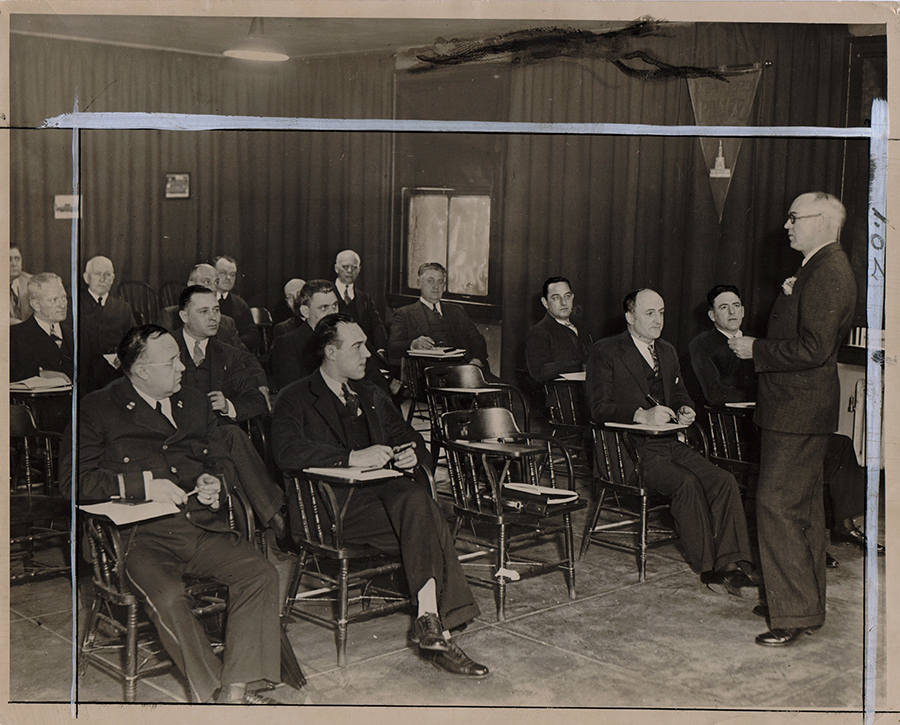
Sun Paper Pic 1936
Standing could be the Class Instructor Lt. Adelbert J. Plantholt
Lieut. Adelbert J. Plantholt, director of the school ever since it was established seventeen years ago, was a powerful' white-haired man who had twenty-one years of hard practical policing to his credit before he began teaching probation officers.
Plantholt joined the force in 1901 as a patrolman in the Northeastern district. He was assigned to a beat so tough that it was only one block wide and two blocks long. When he got through with it, it was so tender that, it was added to another officer's beat.
Promoted to the rank of sergeant, Plantholt was transferred to the Northwestern district, assigned to duty on Pennsylvania Avenue, the main stem of Baltimore's Negro section. As a round sergeant, he went to the Southwestern District. Then former Commissioner Gaither called him in, made him a lieutenant and told him to take charge of the police school. Since then the lieutenant has started off more than 2,000 rookie policemen. Score Goes Up Yearly And Reaches 99 P. C. Every year when the Board of Police Examiners gives its test to make up an eligible list of lieutenants for promotion to the grade of captain, Lieutenant Plantholt finishes first. Every year his score gets a little higher. Last January when the last examination was held, he made ninety-nine percent. The good policeman, as Lieutenant Plantholt sees him, has four cardinal virtues. These are first, observation, second, ability to get information, third, patience; and, fourth. perseverance and hard work. The lieutenant gives the probationers a little talk along this line when they first arrive in the police school. He reminds them of his four points as they go along.Rookies Begin Their Day At 8.30 am A typical day in the police school begins at 8.30 A.M. when the lieutenant leads his class of fifteen or twenty probation officers in a half-hour of physical exercise. From 9 until 9.30 they have a period of simple, close-order military drill. There is plenty of room for both calisthenics and drill in the big schoolroom, which is practically a hall. Then comes a fifteen-minute recess. Off to one side of the schoolroom is an alcove with benches, chairs, and tables. Here the student officers relax, talk, smoke if they want to. The lieutenant enjoys a smoke himself. He prefers a pipe. He has a rack of assorted pipes on his main desk lip in the front corner of the room. Recess Ends And First Aid Instruction Starts At the end of the fifteen-minute recess school takes in again with first-aid instruction-also by Lieutenant Plantholt who teaches everything in the school's curriculum. There are cots, blankets, and a small white iron hospital bed at the lower end of the room for demonstrations in first aid. A lecture on some phase of police work follows. For this, the students seat themselves in rows of broad-armed chairs ranged, at one side of the room before a platform on which the lieutenant has a chair and desk with a blackboard behind him. He lectures without notes, encourages questions, draws on his own twenty-one years of practical experience on the street for examples of police work. Class Takes Books And Studies Law At the conclusion of this lecture the class gets out its books and reads and discusses the police digest of city and state law. That takes them up around noon. From noon until 12:30 their time is their own for lunch. After lunch they study the Police Departments own 150 page book of rules and regulations that get down to the fine points of police conduct and deportment by reminding an officer that he must especially avoid giving cause for gossip or scandal by idly conversing with women in the streets when he is in uniform, whether on his post or not. Soft-Spoken Courtesy Expected Of Officers Furthermore, that policemen should be quiet and soft-spoken, and that: When asked a question they shall not answer in a short or abrupt manner, but with all attention and courtesy, at the same time avoiding as much as possible entering into unnecessary conversation. And it probably comes as a disappointment to the cockier probationer to read: ": Members of the force shall not swing or toy with their espantoons, but shall carry them as inconspicuously as possible. They Find There's A Rule For Almost Everything More important, perhaps, than these scraps of etiquette, a policeman learns from his book of rules and regulations just exactly what he is supposed to do in case of fire, riot, accident, drowning, sudden death or other emergencies. And how to arrest people, handle prisoners, dispose of stolen property and lost children if he finds any. There is a rule and regulation, it seems, for everything a policeman may have to do. When Lieutenant Plantholt thinks his class has had enough rules and regulations for one dose he changes the subject to automobile law. Then they have another recess and another lecture. The day winds up with the class study of a model police report of a murder, suicide, burglary or larceny. Each probationer then writes up a similar report of his own. Lieutenant Corrects And Criticizes Papers These are collected by the lieutenant, corrected and criticized. The student officers also have oral and written Quizzes from time to time. They are not graded on any numerical basis. It's a matter of discretion with the lieutenant as to whether their progress is satisfactory. On easels set up in the schoolroom are permanent displays of permits and badges with which a policeman should be familiar, and of the different types of automobile tags and licenses that he should know. Around the walls hang pistol charts and police photographs of scenes of Baltimore crimes. On the bulletin board are copies of police orders and flyers. Miniature Streets Are There To Study A real police telegraph and signal box, back to back with a real fire alarm box, stands on a revolving pedestal beside the blackboard. On a table behind the blackboard is a layout of miniature streets with toy streetcar and automobile traffic. And once a week Lieutenant Plantholt takes his class down in the basement for revolver instruction and target practice on the police pistol range. The length of a period devoted to anyone subject is variable; inasmuch as the Lieutenant teaches everything himself. It may be thirty minutes. It may be two hours. That's one of the conveniences of having everything under one man. The lieutenant wishes he had more room and some additional equipment--no microscopes. No jujitsu teachers. Nothing like that. "That's all right on the stage," he says. "It looks pretty. "But in practical policing a good mental photograph is worth more than a microscope. In a real fight, there are no rules. It's a question of getting in there quick-getting in any way, just so you get there first." 4. Police School Methods Give Rookie A Chance To Show His Stuff In Jiffy "Field Work" Breaks Him In On Every Phase Of Job, And He's Doing Valuable. Duty Even Before He Gets UniformThe policeman-you know him. Where does he come from? And how? The following article is the fourth of a series of five telling how a Baltimorean becomes a policeman. By Lee McCardeIl September 23, 1937 Probation officers have no homework to do when they leave the Police School of Instruction at 4:30 in the afternoon after a hard day of rules and regulations. But every Wednesday and Saturday night they report to police district station houses for what might academically be termed "fieldwork," In plain clothes and chaperoned by full-fledged experienced officers, they do regular police work then. Sometimes they cover a post with the uniformed patrolman, learning the routine tricks of the trade. Sometimes they do special duty with plain-clothes men. This part of a student officer's training is entirely in the hands of the captain commanding the district to which the probationer is assigned when appointed to the force. The captain picks out the job and fixes the hours. Captain Charles A. Kahler, Western district commander, to whom three probationers now attending the police school reports twice a week, recalls that in the old day's policemen went on duty abruptly without the benefit of any previous instruction whatsoever, either formal or field. Man Didn't Even Have Time To Get Uniform He remembers being notified of his own appointment to the force on April 1, 1901, and of being ordered that same day to report for duty that night at the Northeastern Police Station. He remembers borrowing a helmet, a nightstick and a uniform coat from an older officer whom he knew. That was the custom in those days. A man didn't have time to get a uniform of his own when he was starting out. Self-conscious in his borrowed outfit on the sleeve of the coat were four stripes of black braid indicating twenty years of service by its owner at the new policeman posted a younger brother In front of the Kahler home on Orleans street to watch for a streetcar. When the car came along, Patrolman Kahler dashed out in such a hurry that he upset a child playing on the sidewalk. He Was Handed A Badge, And Off He Went He reached the police station on the verge of a nervous collapse, fearing he had injured the child he had knocked down and might be subject for arrest himself. He telephoned his home and felt better when he learned that the youngster was all right. But the new officer was still far from being calm. He was handed a badge and a number for his borrowed helmet. He joined a squad of officers, including several other greenhorns, that followed a sergeant out of the police station. At Madison Square, they halted. “This is your post,” the sergeant told Kahler "Caroline to Central Avenue, Eager to Preston street. I'll come back and see you later. A Nice Short Cut, And What It Led To Left to himself to get along as best mo he could Kahler did what he had seen other policemen do. He walked the streets of his beat, but by taking a short cut through Madison Square neglected the corner of Caroline and Eager streets. This was the very corner the returning sergeant picked to meet his new officer, figuring that Kahler ought to pass there if he patrolled his post properly. The sergeant waited for two hours-until somebody finally told Kahler that he was waiting. Kahler 's hurried to meet him. The sergeant was pretty hot "You can be taken down before the commissioners (there used to be three) for this, he stormed. "On my first night?" moaned the new policeman. He wasn't taken before the commissioners. He learned to be a good policeman. But that was something an officer taught himself thirty-six years ago. Things Nowadays Are Quite Different Nowadays they do things differently. Assignment to actual duty is not so sudden. The student officer begins as an observer. He is not schooled for any particular post or position. He serves a general apprenticeship, gets a taste of all kinds of policing and an idea of his entire district before he puts on his uniform. That apprenticeship runs concurrently with the probationer's attendance at the police School. He reports at the station house for his semiweekly tour of duty with a badge, revolver whistle, and call-box key. But he is in civilian clothes. Those assigned to the Western District and the practice here is the same as that generally followed in the other districts--are sent to various posts with different patrolmen, but never with the same officer or to the same post twice. Wednesday night the student officer goes to a post in the residential section. Saturday night it's the business section. Next Wednesday night the, market section. Next Saturday night a Negro section. Every Neighborhood Poses New Problem
He learns the boundaries of the different posts, their streets, courts, and alleys, the locations of the red fire alarm boxes and the green police signal and telegraph boxes. He learns to keep an eye on unoccupied buildings, cheap saloons, and traffic. Each neighborhood presents a different problem to a policeman. On special assignments with experienced plainclothes policemen, he investigates alleged disorderly houses, suspected gambling establishments. In some respects, this sort of work is his most important contribution to the police department at the beginning of his career. The old experienced plain-clothes men of the district are often known to persons who make a point of tipping off a suspect whenever they show up. But the new student officers, strangers to the neighborhood, a policeman is never assigned to a post on which he lives-manage to get into places and see things where the experienced man can't. The Sort Of Place Where New Man Shines Perhaps it's a house where gambling is going on. The place may be wide open. But when the old plain-clothes man barges in he merely finds a few people sitting around playing cards. The student officer gets upstairs, before anyone knows who he is and, maybe finds a big-league crap game running full blast. Because he is unknown and unsuspected, a student officer can go into a store where pinball machine checks are being redeemed in money contrary to law-and make out a case for an arrest. He can go into a bookmaking establishment and do the same thing. He can drop into a tavern where liquor is being sold illegally on a beer and wine license and buy a pint that I would be refused to a known ·plain clothes policeman. Some Of His Quarry ~ Actually Welcome Him Streetwalkers, plentiful in some neighborhoods but uncannily wary of the ordinary plain-clothes man, flirt with probation officers, without hesitation. The student officers are invited to disorderly houses. Fortune tellers welcome them and tell them all the things that a regular plain-clothes man can never tempt them to recite. In all these cases, of course, a regular plain-clothes man follows on the heels of the tenderfoot, backing him up immediately once a law violation is uncovered The student officer is sent ahead to prepare the way. He is something of a bait. When he finds what the experienced officer is looking for he gives a signal and the pinch 'is made. Then Come Occasional Assignments Alone After they have begun to learn their way around, student officers occasionally are sent out alone on relatively unimportant assignments. Perhaps a minor traffic situation at some intersection. Or a bunch of boys throwing stones at windows. Innumerable complaints of this sort are being received constantly at the station houses. Saturday night is the big pocketbook snatching night of the week. Many women are on the street marketing for Sunday. The methods by which the pocketbook snatchers operate are explained carefully to the probationers, who are then posted in localities where trouble has occurred or is anticipated. A. week or so ago a student officer, assigned to the Western district and stationed on the. Washington Boulevard to watch for purse snatchers, saw a man go down an alley and break open a window. The officer went after him and caught him-a burglar. Night Duty First, Then Daytime Turns, As a rule, the student officers report to their station houses at 6 o'clock and work until 11. But sometimes they are called on day duty. The district commander phones Lieutenant Plantholt, at the Police school, asks that a certain student be permitted to leave the class and report early for some special assignment. In the meanwhile, instruction continues at the police school with lectures, discussions, and demonstrations. At the end of eight weeks, the probation officers are given a final examination. Lieutenant Plantholt gives them a last talking to, a bit of fatherly advice along personal and intimate lines. That constitutes their graduation. Men Studied To See Where They Best Fit The captain of each police district studies the probationers assigned to his command, tries to figure out where each man will be most useful. A new officer who formerly did clerical work is probably best suited for duty in a residential section. A former truck driver, harder boiled than the clerk is the better of the two men for work in a lively Negro section. At the same time, such a section calls for a man who is calm and cool, and who Isn’t afraid of anything on earth. If a probationer proves himself unusually useful as a plain-clothes man, he may remain on plain-clothes duty for a while, even after he has completed his eight-week course of training. A new officer is rarely assigned to a regular post when he first goes on full-time duty. He is more likely to be used as a relief than for any post.
5. Patrolman's Interlude:
Bandits Strike At 2:13, They're Caught At 2:15
But There's More Of Routine, Button-Polishing, Bowling And Such; $4,500,000 Force Grew From Time-Calling Night Watch
The policeman-you know him. Where does he come from? And how?
"The following article is the last of a series of five telling how a Baltimorean becomes a policeman.
By Lee McCardell September 24, 1937
AT 2:13 P.M. an automatic burglar alarm from a branch bank at Park Heights and Spaulding Avenue rang at police headquarters.
At 2:14 a police radio car was dispatched to the bank
At 2:15 the two policemen manning the radio car entered the bank with drawn pistols, disarmed two bandits who had held up three clerks and were attempting to open a vault equipped with a time lock and alarm system.
But Baltimore's police force doesn't always move at that pace. Police work isn't always that dramatic. Probation officers learn this even before they been graduated from the police School of Instruction and gone out on their own.
They discover, moreover, that a policeman is nearly always working overtime without receiving any extra put pay. Whenever he has a case that takes hat him to the station house he works about two hours extra. If he has one that takes him to the Traffic Court he works four hours overtime. If he has a case that reaches the higher courts he may be tied up all day while working at night.7 Days A Week Plus Special Duty
He is supposed work only eight hours a day on one of three shifts -8 A. M. to 4 P. M., 4 P. M. to midnight, and midnight to 8 A. M. Sunday is just another day in his life. He is allowed forty days leave a year, which puts him on a six-day-plus week. But he is subject to call for special duty at any time, and it seems to him that he is usually called just when he'd like to apply for a leave.
He has not worked long before he also begins to realize that there's more truth than poetry in Walt Mason's famous verses, "The Policeman," framed by Lieut. Plantholt and hung on the wall of his schoolroom.And What Does He Get? The Horse Laugh
The burden of those verses is that while the policeman daily risks his a neck for general order and public safety, the general public sits back in a rocking chair, laughs at him, abuses him and finds fault with almost everything he does.
For two years a new policeman remains on trial. Every three months the captain of his district sends a report on his conduct and efficiency to the office of the chief inspector at headquarters. At any time during those two years of probation, he may be dismissed from the force without any charges being brought against him. Another Physical Test, Another Oath
At the end of his first year of probation, he must stand another physical examination. If he passes this and completes the second year of service satisfactorily, he makes another trip to the Courthouse and repeats his oath in the Superior Court clerk's office, this time swearing to "execute the office of patrolman of the police force of the' city of Baltimore" and signing another test book to this effect.
Then and only then, is he a full-fledged policeman.He Learns About Buttons And Electroplates
By this time he has learned how to preserve the lacquer of his brass buttons and yet keep them bright with an old toothbrush and a bottle of household ammonia. He has found a place where he can have his nickeled cap device and badge electroplated cheaply while he waits.
He has learned how to extend the normal life of a police uniform by taking it off when he gets home and put on old clothes, and by not holding his hands behind his back-a habit that will plant a grease spot on the back of the best uniform coat.Specialization Has It’s Appeal
As time goes on he may grow bored with ordinary duty on a regular post.
He may think he'd like to specialize. The traffic division, the detective bureau, the harbor patrol, the radio and horse and vehicle divisions each have their own particular appeal. He can ask to be transferred when a vacancy occurs.
As long as he remains a patrolman on post duty he is under the immediate supervision of a sergeant who marches him back and forth between his post and the station house, inspects his equipment, watches his behavior and otherwise contrives to keep him on his toes with his pants creased and his shoes polished.6 Or 8 Years, Then Chance At Promotion
After he has been on the force for six or eight years, the patrolman may take another examination before the Board of Police Examiners in an effort to get his own name on the list of patrolmen eligible for promotion to the rank of sergeant. A sergeant gets a base pay of $46.50 a week.
But even if the officer remains a patrolman his pay increases at the rate of two and a half percent every five years until he has thirty years of service to his credit. Should he become injured in the discharge of his duty at any time after appointment as a probation officer, he is eligible for the retirement of half of the pay he is then receiving. He is also eligible for retirement after sixteen years of service if certified as incapable of performing further duty.
$268,860 Goes To Retired Men
Last year the department had a payroll of $268,860.44 for retired members of the force. Retired officers are subject only to the department's rules of good conduct. If they can find another in a job while drawing their pension, the department has no objection. Some retired officers get work as bank guards. Others are employed as private watchmen.
Once an officer reaches the rank of sergeant he is in line to take another examination for another eligible list for appointment as a lieutenant at a salary of $55 a week. Lieutenants, in turn, take an examination for an eligible list for appointment as captain of a district. with pay at $70 a week. The captain of detectives gets $80.Inspectors Get $4,500 A Year
The higher the rank, of course, the less the chance of promotion. There are only five positions in the department higher than the rank of captain. These are three inspectorships, which pay $4,500 a year; the chief inspector-ship, which pays $5,000, and the position of Police Commissioner never yet held by a former policeman with a salary of $10,000 a year. Inspectors are appointed from the rank of captain without any examination. The commissioner, who makes all appointments and promotions from the various eligible lists, comes into office by way of Gubernatorial appointment.
He may know as little about actual policing as a probation officer. But the department can function with a commissioner without a commissioner or in spite of a commissioner.
The chief inspector, while under the direction of the commissioner, is the chief executive officers of the police and detective force, He keeps the police machine running smoothly on an annual budget of about $4,500,000, or approximately a dime out of every dollar collected in city taxes. First Force, In 1775, was A Night Watch
The present setup of the department, dating from 1920; represents an evolution of more than 150 years.
Baltimore's police began in 1775 with a night watch that called the quarter hours, prevented drunks from smashing the street lamps and arrested night walkers, malefactors and other suspicious persons between the hours of10 P.M. and daybreak.
At first the town was divided into six districts and Fells Point, with a captain and a squad of sixteen watchmen for each division. Later the watch was reorganized and the town was divided into three districts, Eastern, Middle and Western. Not until 1843, when it was suggested that watchmen were tipping off prowlers as to their whereabouts by bawling the hour, was that grand old custom discontinued in Baltimore.Real Department Organized In 1857
In 1857 a regular Police Department, as police departments are known today, began to emerge from a loose organization of ward constables and night watchmen. A marshal, a deputy marshal, 8 captains, 24 sergeants, 350 patrolmen, 5 detective officers and 8 turnkeys constituted that force. One third of this force was on duty during the daytime and two-thirds after dark. Headquarters was two rooms on North street, now Guilford avenue, near Fayette.
This police force wore three-inch stars embroidered in white worsted on the left bosom of their blue uniform coats. The word police was painted in one inch bold Roman letter on their glazed leather belts. They wore their uniforms at all times in public, whether on duty or off. Subject to duty at any time, they had no hours. Their pay ranged from $10 a week for patrolmen to $1,500 a year for the marshal.Riots Led to Creation Of Police Commission
The Mayor of Baltimore enjoyed control of its police force until 1860 when election riots and political rowdyism led to the creation of a board of police commissioners. Thereafter, policemen were required to be able to read and write and the force was known as the "Metropolitan Police." It had trouble with the volunteer fire companies. When lacking fires to fight, the volunteers practiced on the cops.
The Metropolitan police got a stiff workout when the Massachusetts troops passed through Baltimore in 1861. Later that year Federal troops moved into the city and arrested the police commissioners, the marshal, and other officers. After the Civil War the force underwent another reorganization. Anticipating civil disturbances, the police drilled at their station houses with Springfield muskets. As early as1867 Baltimore's police established a reputation for benevolence by contributing 25 cents of their fortnightly pay for relief among the poor during the winter. As a police organization, they distinguished themselves on several occasions, notably during a flood in 1868, railroad riots in 1877, a horse-car strike in 1886 and the Baltimore fire of 1904.Oath Bars Prejudice, But Jews Are Scarce
In their oath of office the members of the Board of Police Examiners swear not to be influenced by the religious or political affiliations of applicants when nominating eligible candidates for appointment. But the number of Jews in the Police Department has never been large. There are not more than ten Jewish policemen now.
Virginia and the Maryland Eastern Shore provided many of the city's policemen immediately after the Civil War. Others were of German and Irish Stock, some of them immigrants.
At one time almost ninety percent of the police force was Irish. Today the Irish are on the decline. The number of officers of Polish extraction is increasing. Old-Time Athletic Fervor On Decline
Along about the time the Irish cop was in his prime, each police district had its own athletic teams. One of the big events of the year was the police gymnastic exhibition at Ford's Theater. Since then the police have lost interest in such things. The advance of the minimum-age requirement for probation officers from 21 to 25 is partly blamed for this apathy.
Aside from their regular work, the police now have a band, an orchestra, a quartette, a department baseball team, pistol teams, and a bowling league. Many officers are still members of the Police Beneficial Association, an optional insurance society organized by members of the department in 1886.
Baltimore's police force has no motto. But obviously, it has traditions. And police work is not without its attractions. Notwithstanding the pessimism of Mr. Mason and W. S. Gilbert, a Baltimore policeman does not regard his lot as an unhappy one.
"There's something about a policeman.”
The following are Holsters one time owned by Inspector Forrest
The following two Holsters were purchased from a seller of antique firearms, leather and other police related Antiquities. This seller was selling these for Charles "Charlie" Klein, Charlie is 84 years old as of the time of this post (April 2014) he said he got these from his Uncle William Forest, a one time Inspector.
Pocket Holster from the Late 1800's early 1900's
Pocket Holster from the Late 1800's early 1900's
Pocket Holster from the Late 1800's early 1900's
Audley Saftey Holster Pat. 13 Oct. 1914
On the right, we see the rear of the Audley Safety Holster Pat. 13 Oct. 1914
On the right, we see the rear of the Audley Safety Holster Pat. 13 Oct. 1914
The Audley Safety Holster Company was established in the early 1900s, prior to 1905, by F. H. Audley who had previously been a Saddle, Harness, and Bootmaker. These were trades he had learned early in life as a young boy and developed over 30 in the Saddlery and Harness business.
Having started his own saddlery business in New York, at 2557 Third Avenue (Near 139th Street), in approximately 1876 and operating until 1885, F. H. Audley closed his business and went into business with Mr. P. H. Comerford remaining in Saddlery, Harness & Boot making. In 1891, Frank H. Audley went back into business himself and although making quality saddlery and boots, he struggled over the next 10 years until the turn of the century.
In the early 1900s, F. H. Audley moved his shop to 8 Centre Market Place, across from Police Headquarters and it was at this time he starting getting a lot of exposure to Police equipment. From this time, F. H. Audley filed many patents for various pieces of Police equipment which he developed and sold to many of the New York City Police Officers that utilized the services from his accessible location.
The most famous of these inventions was the Audley Safety Holster which F. H. Audley applied for patents in 1912 and they were approved October 13, 1914. The holster incorporates a spring-loaded steel catch in the body of the holster which securely holds the pistol in place. It can only be released by using the index finger to depress the catch. It is virtually impossible for anyone other than the person wearing the holster to do this. No other retaining strap is required.
They were popular with many officers in WW1 and were also used by many American Police Departments. The Audley Company was taken over by the Folsom Arms Co., which in turn was absorbed by the Cortland Bootjack Co, and eventually became the JayPee holster company. This particular model was probably used by a motorcycle or horse-mounted officer of the 1920-30 period.
Francis H. Audley Died in May of 1916 and by chance, I was able to find a copy of the Obituary from the New York Times May 11, 1916
![]()
POLICE INFORMATION
Copies of: Your Baltimore Police Department Class Photo, Pictures of our Officers, Vehicles, Equipment, Newspaper Articles relating to our department and or officers, Old Departmental Newsletters, Lookouts, Wanted Posters, and or Brochures. Information on Deceased Officers and anything that may help Preserve the History and Proud Traditions of this agency. Please contact Retired Detective Kenny Driscoll.

NOTICE
How to Dispose of Old Police Items
Please contact Det. Ret. Kenny Driscoll if you have any pictures of you or your family members and wish them remembered here on this tribute site to Honor the fine men and women who have served with Honor and Distinction at the Baltimore Police Department.
Anyone with information, photographs, memorabilia, or other "Baltimore City Police" items can contact Ret. Det. Kenny Driscoll at
Copyright © 2002 Baltimore City Police History - Ret Det Kenny Driscoll
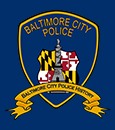






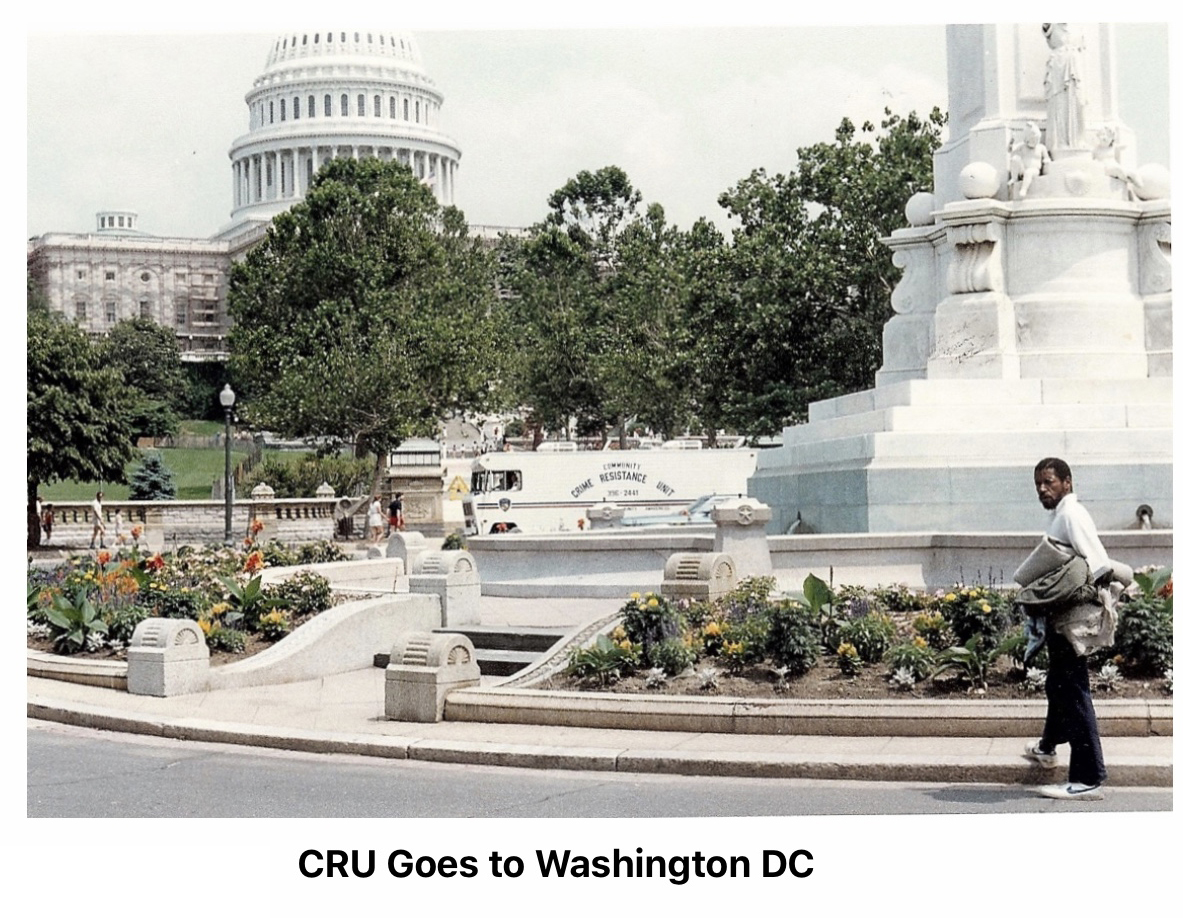

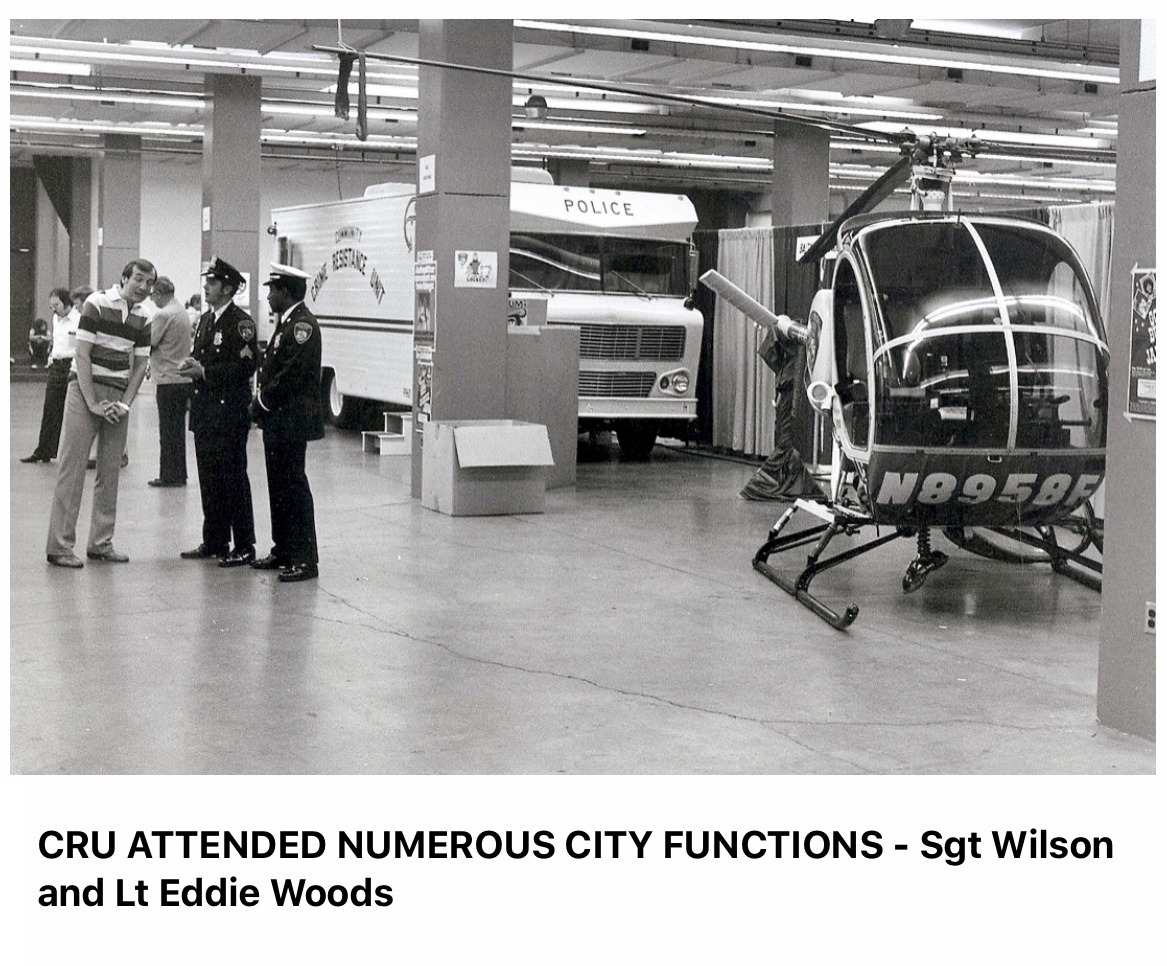
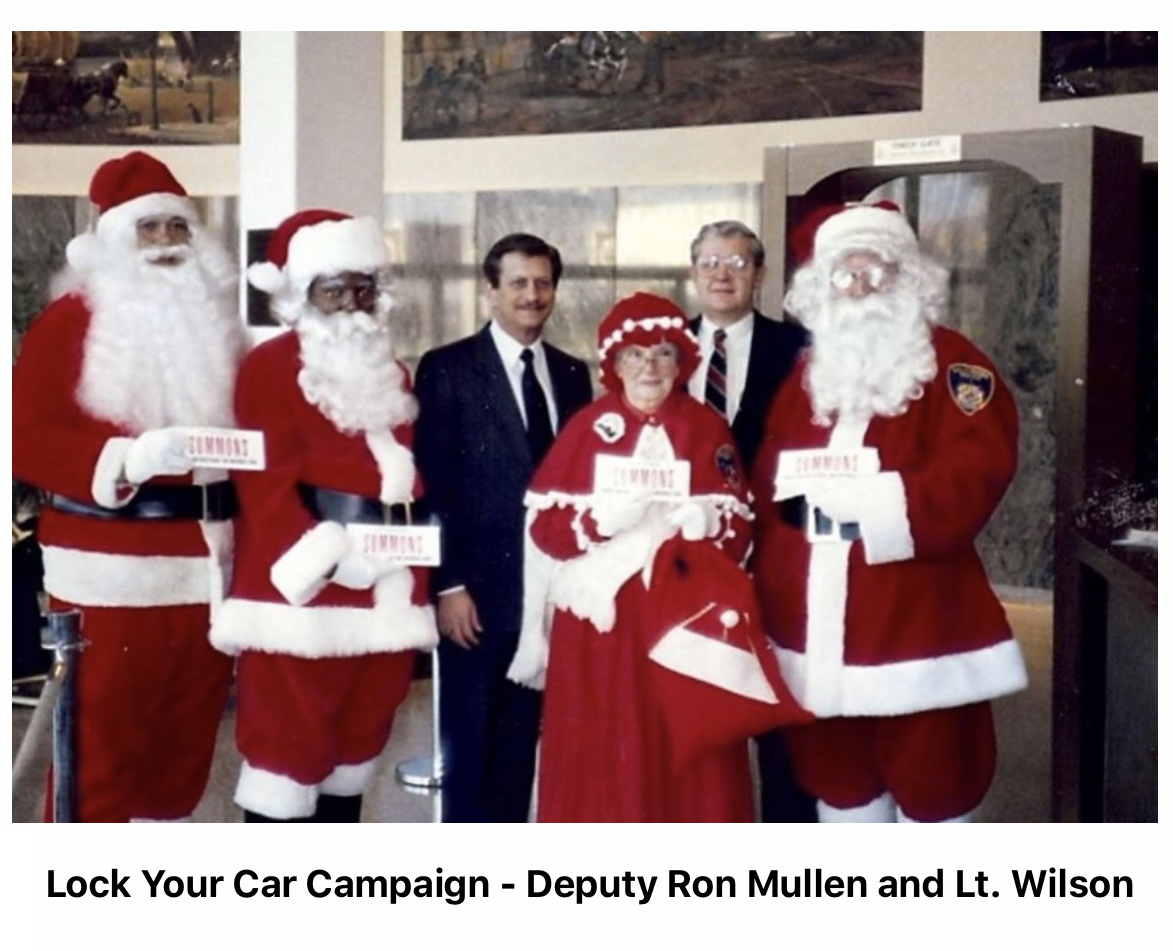
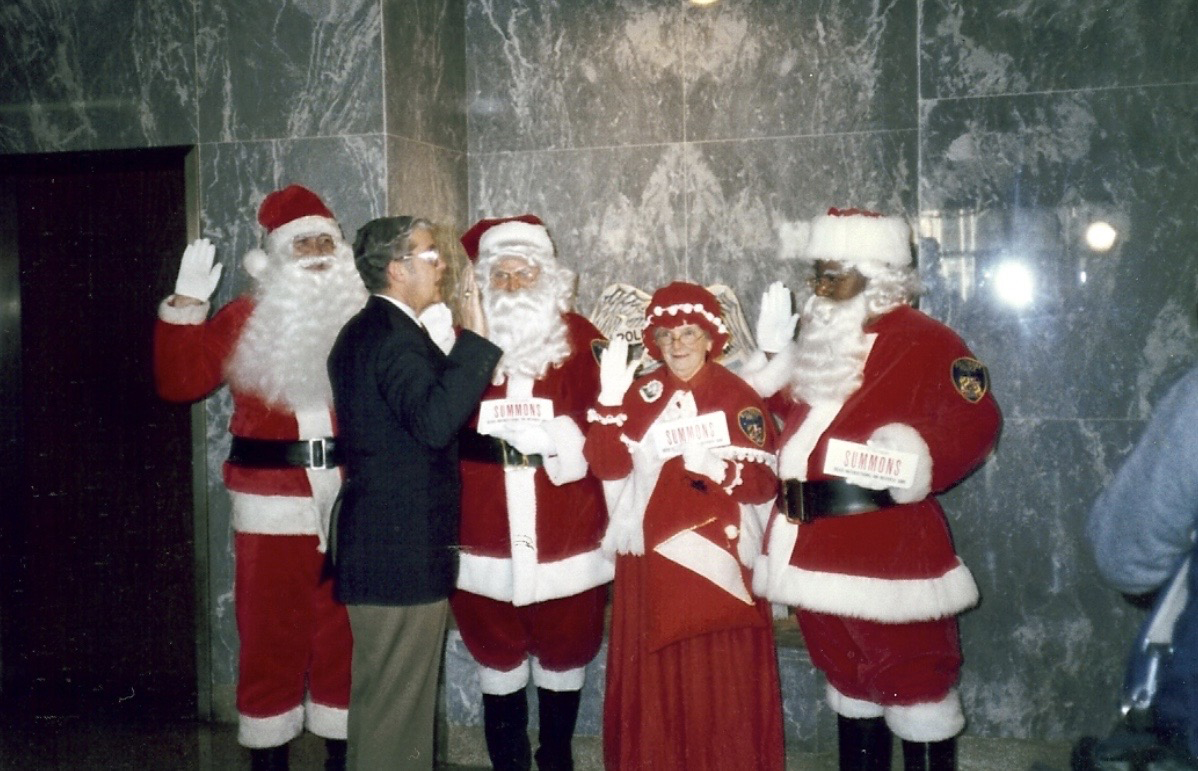
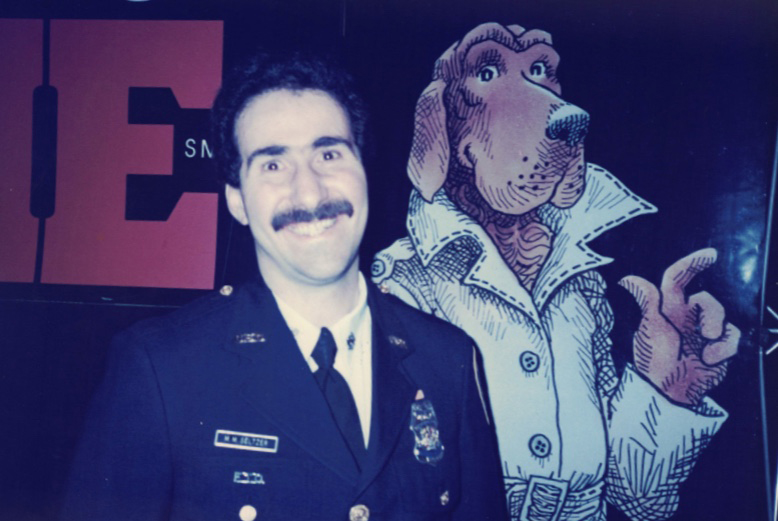
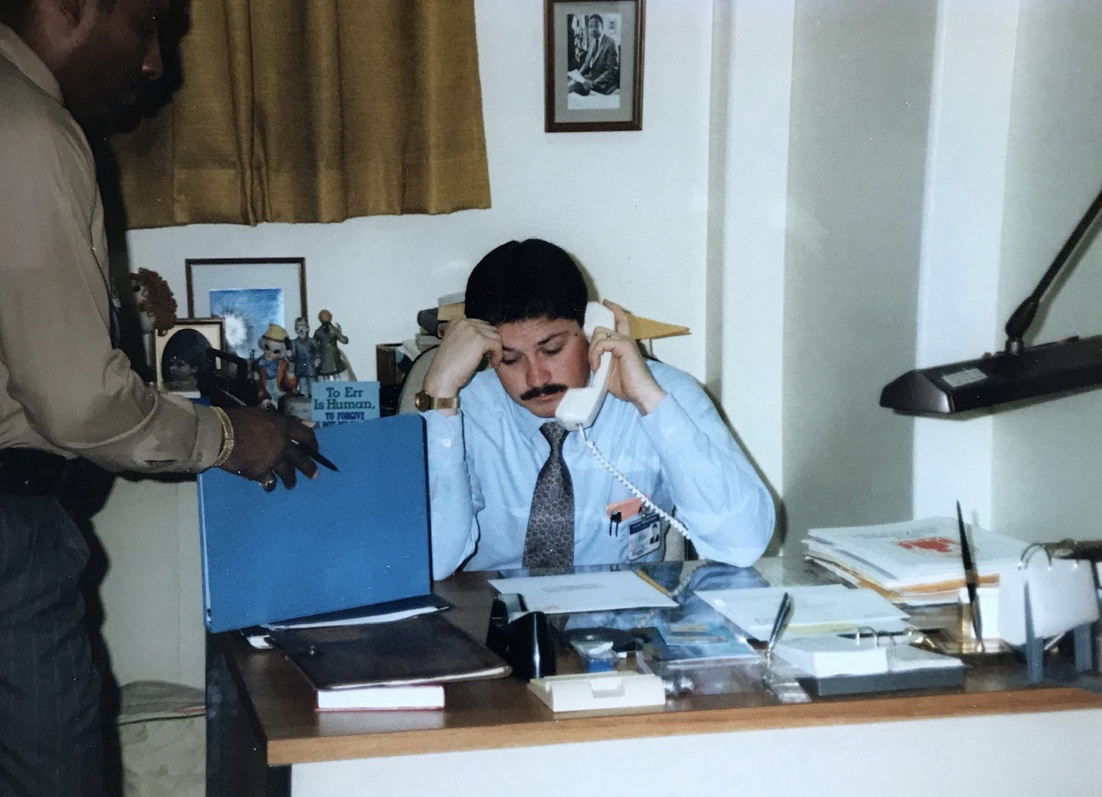
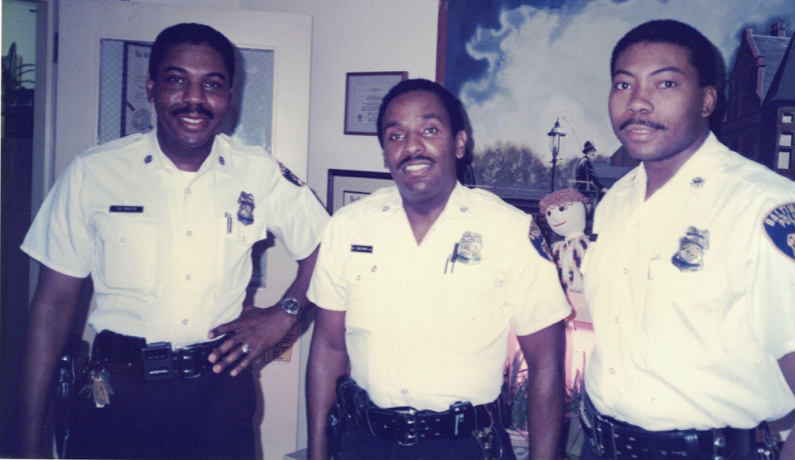


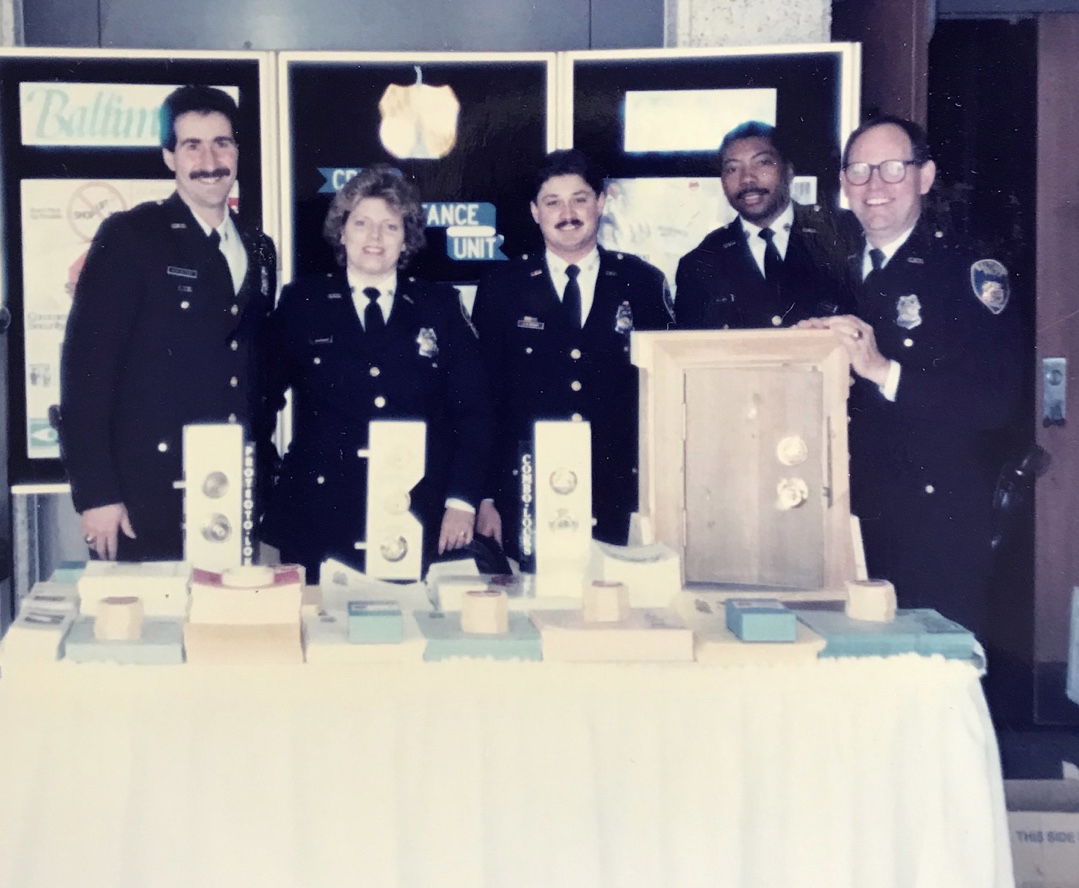

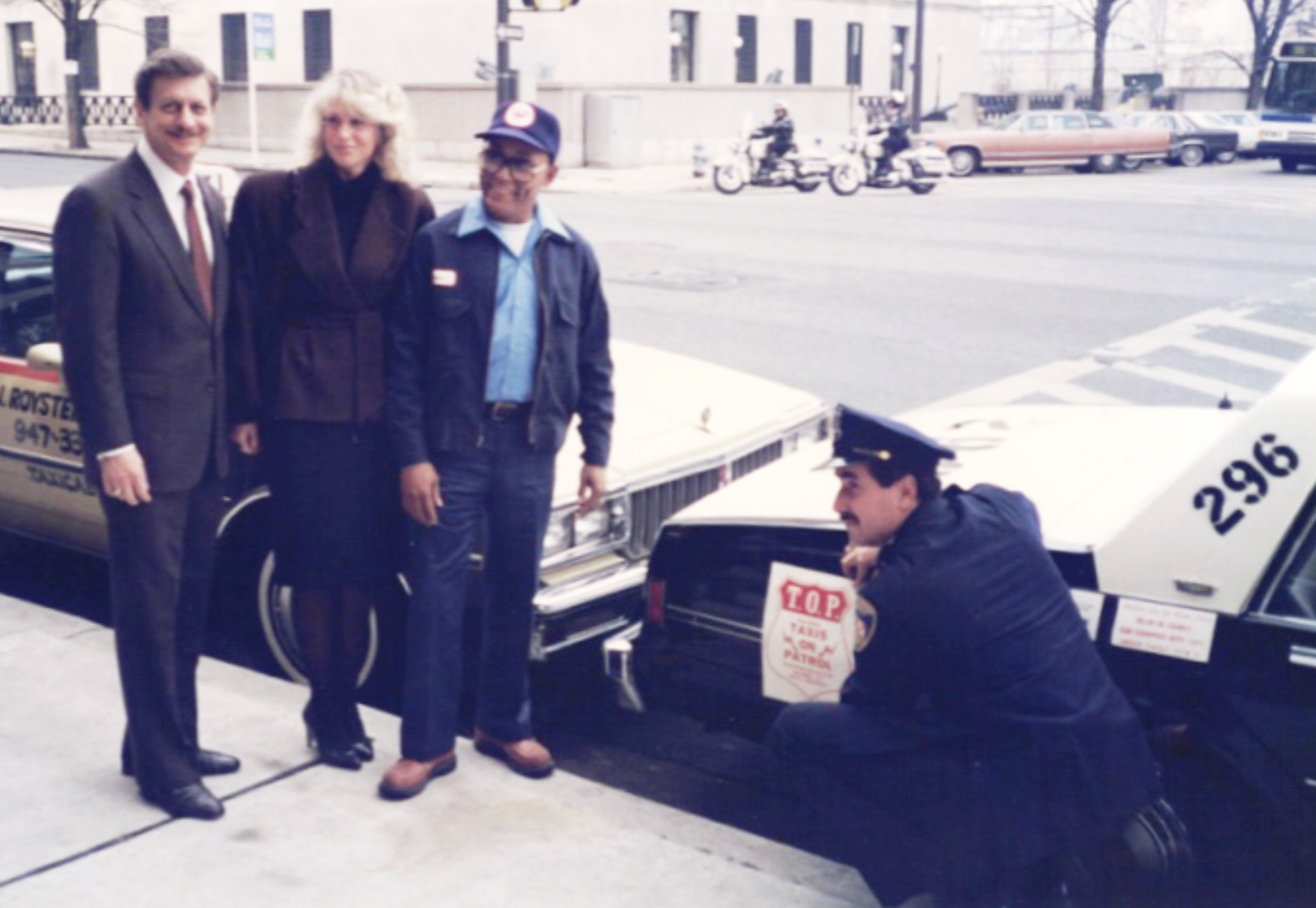

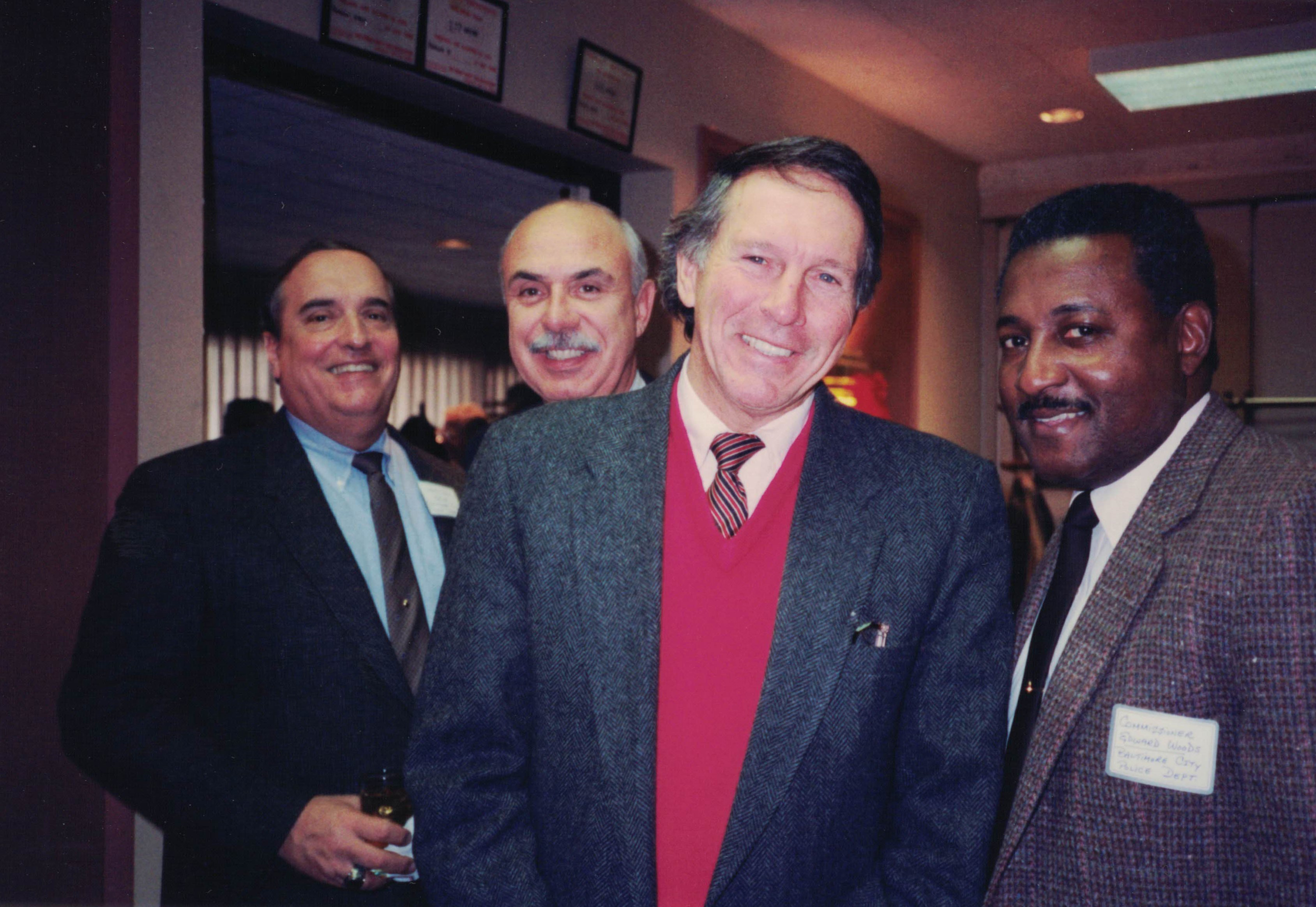
.jpg)
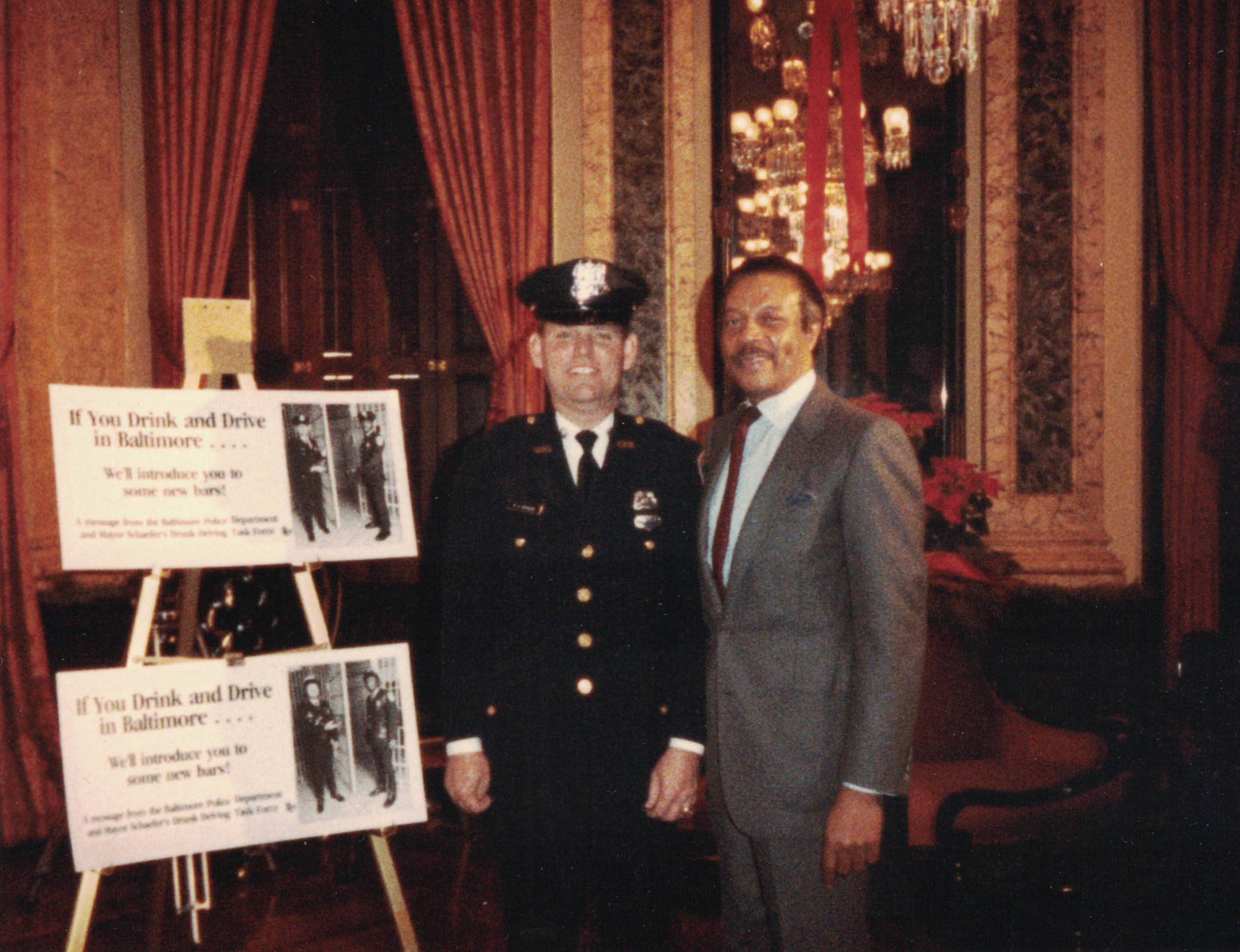
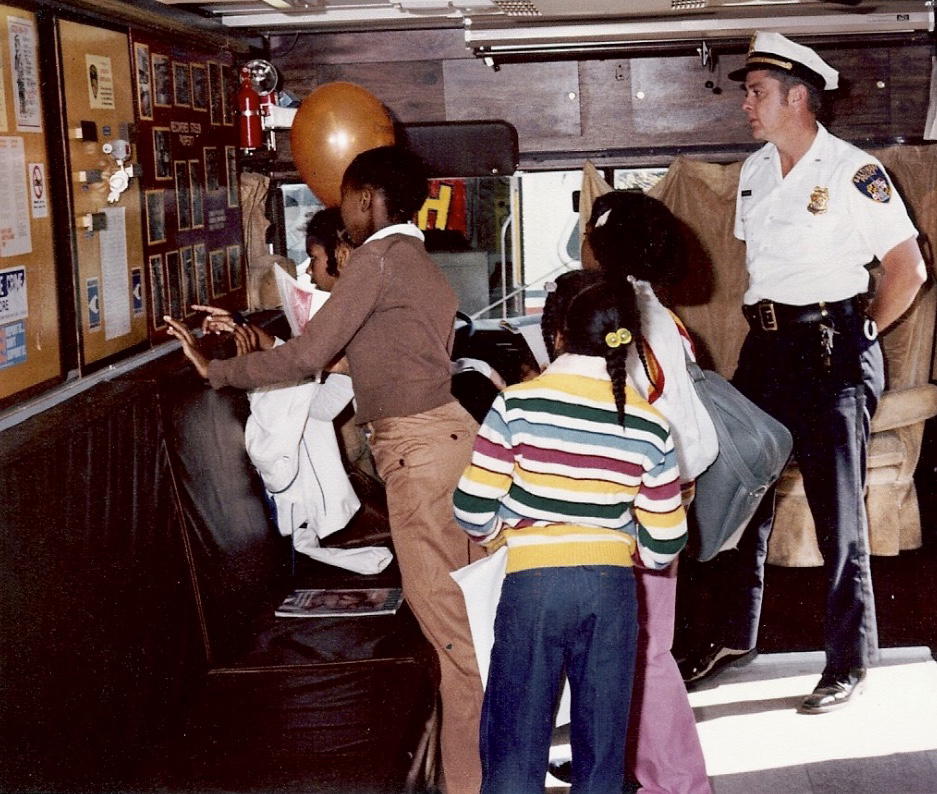
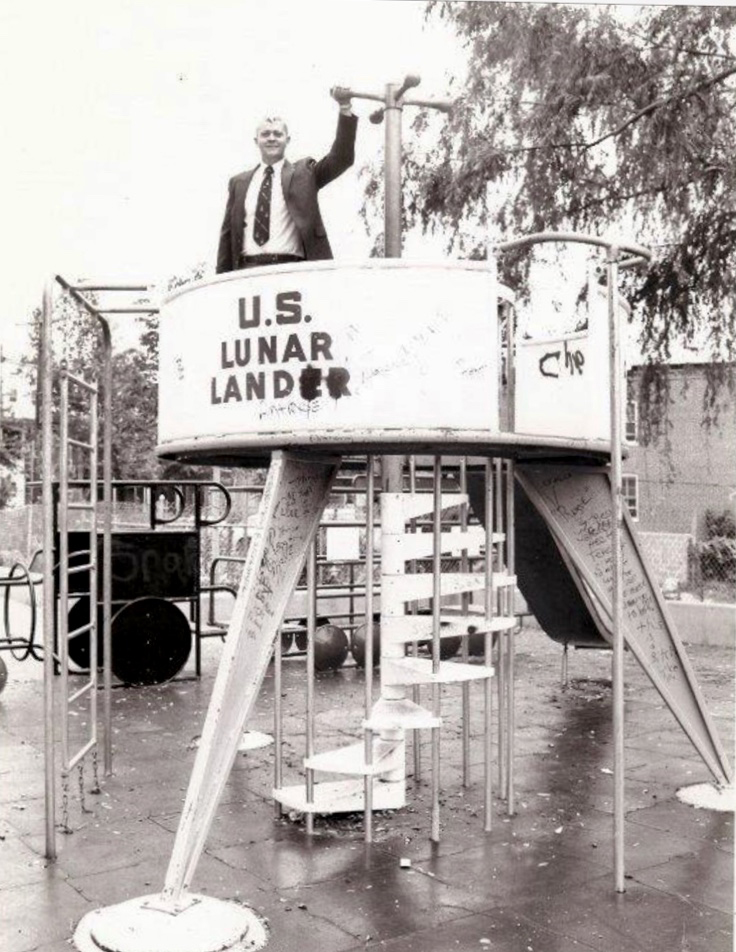


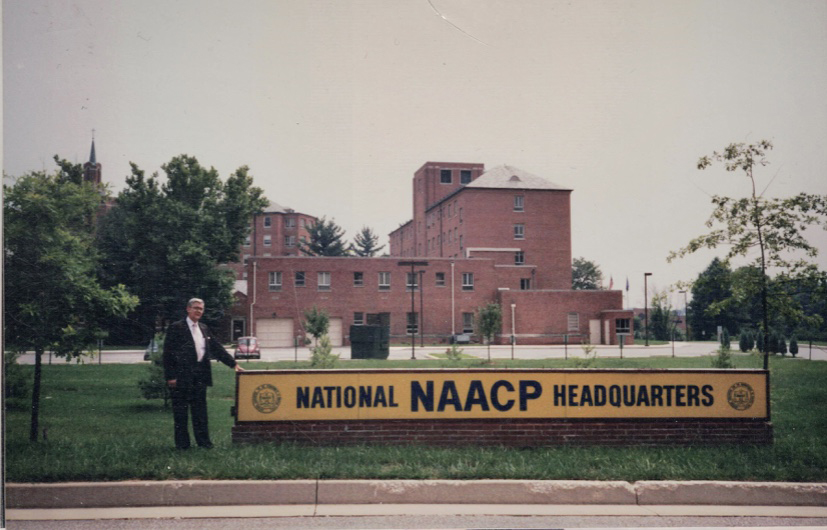


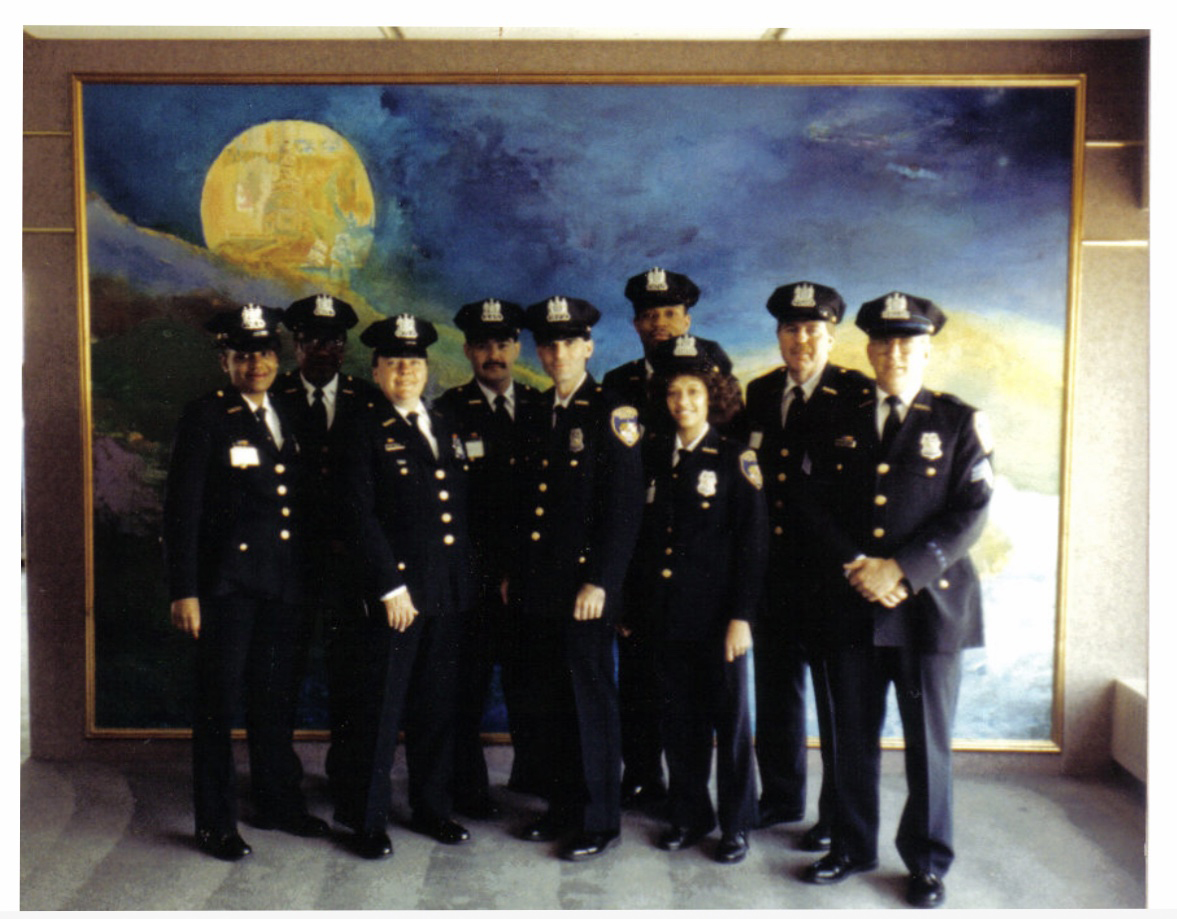

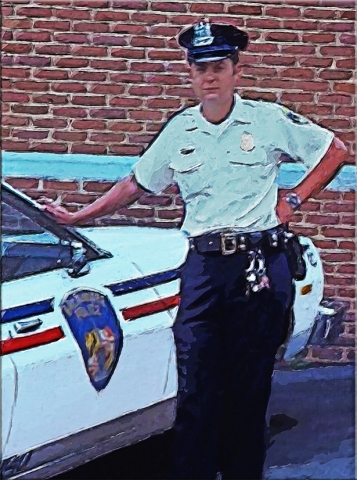
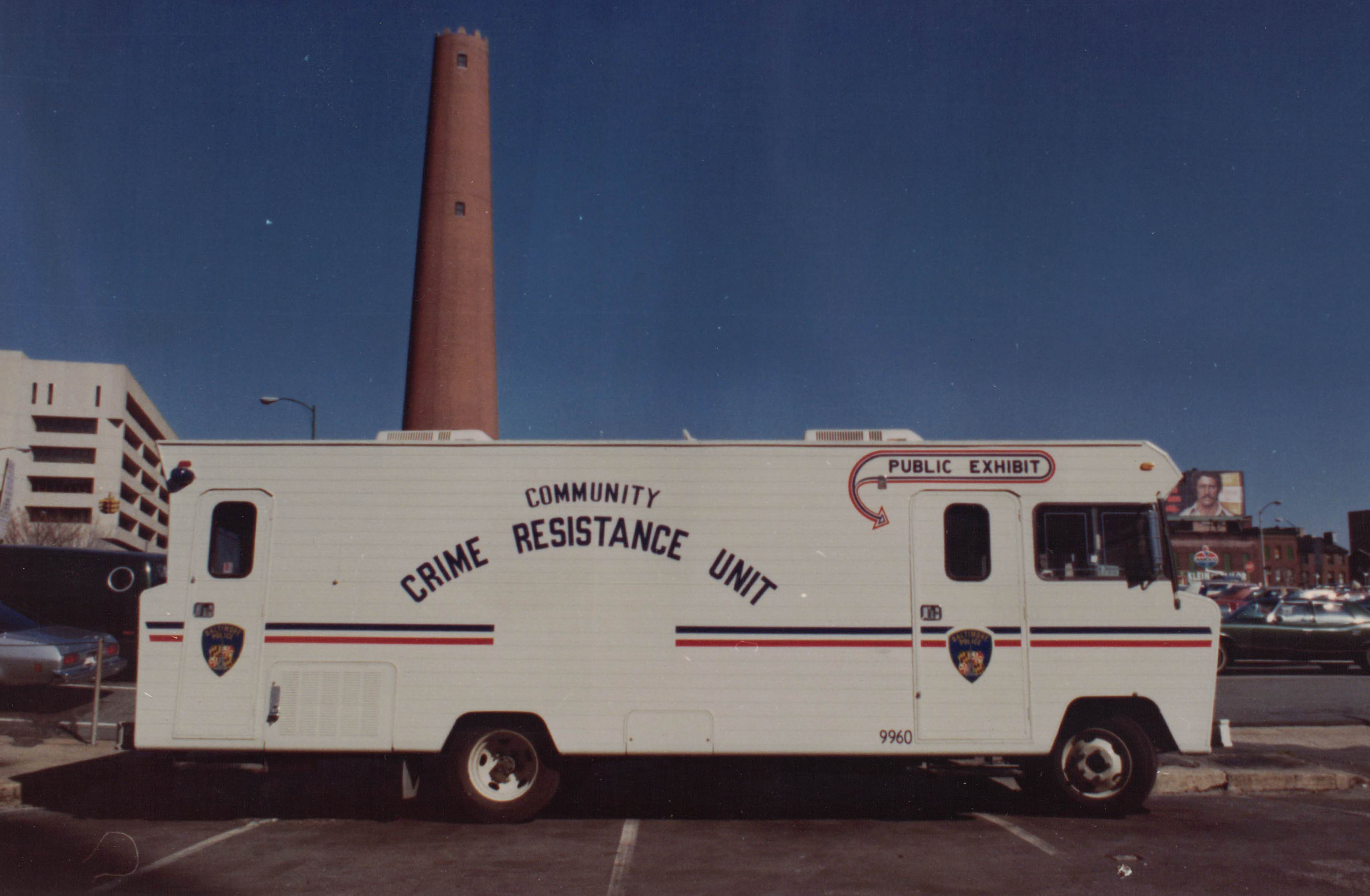

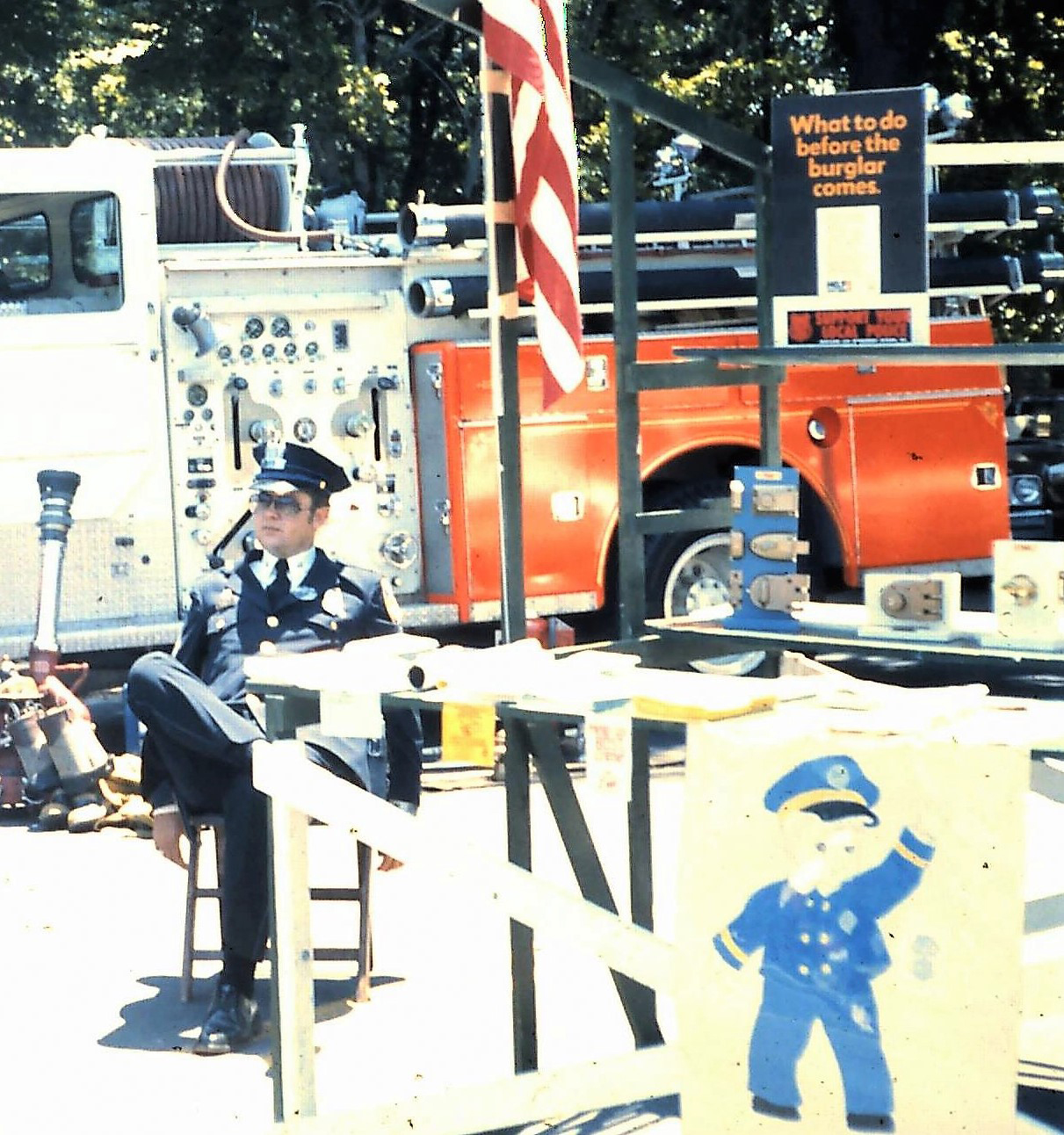

.jpg)

